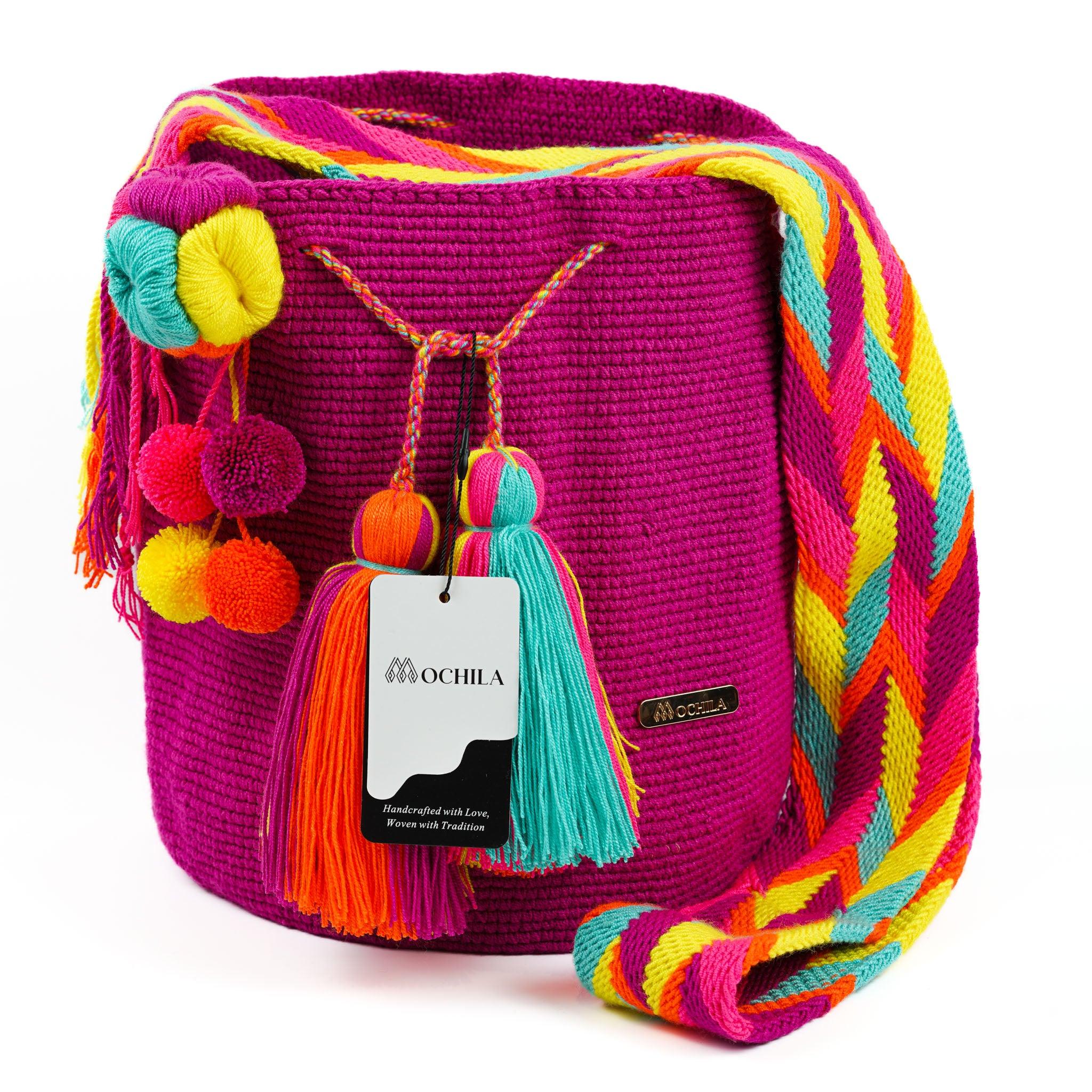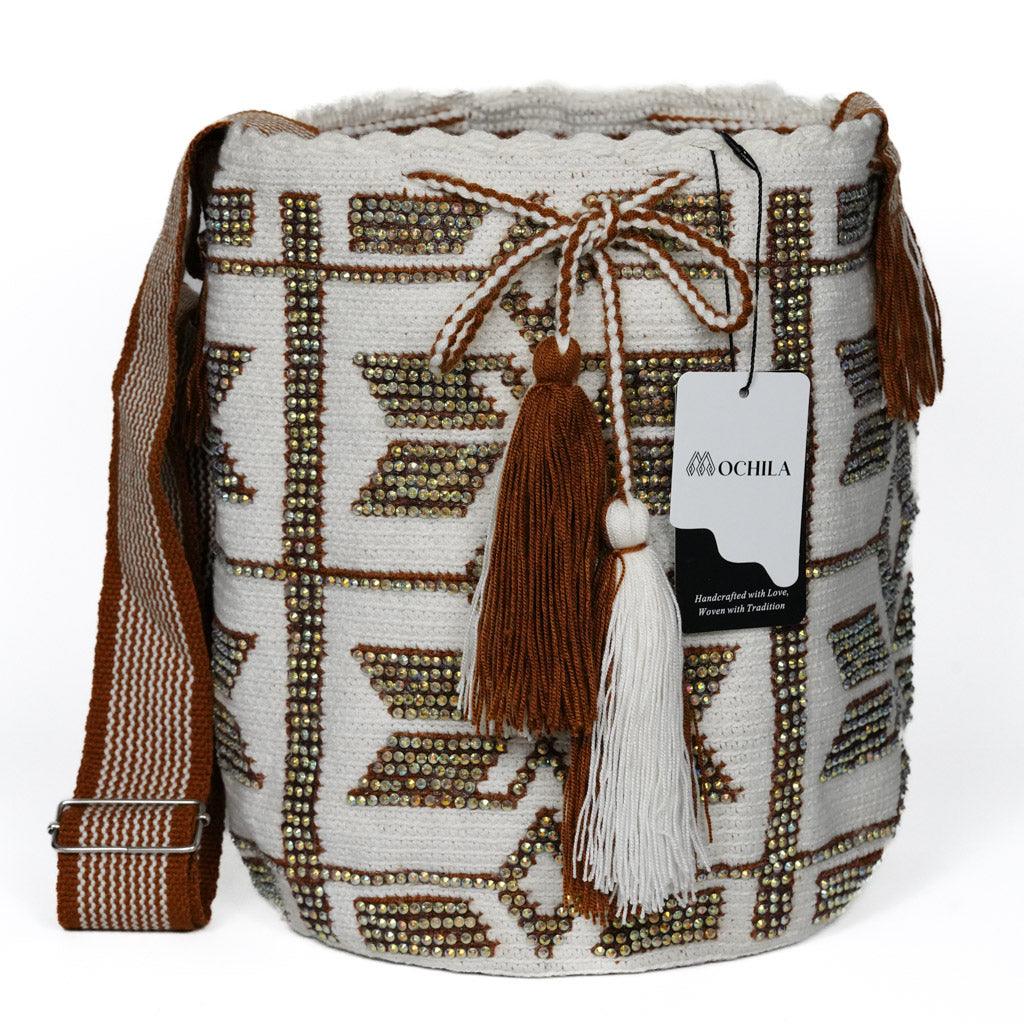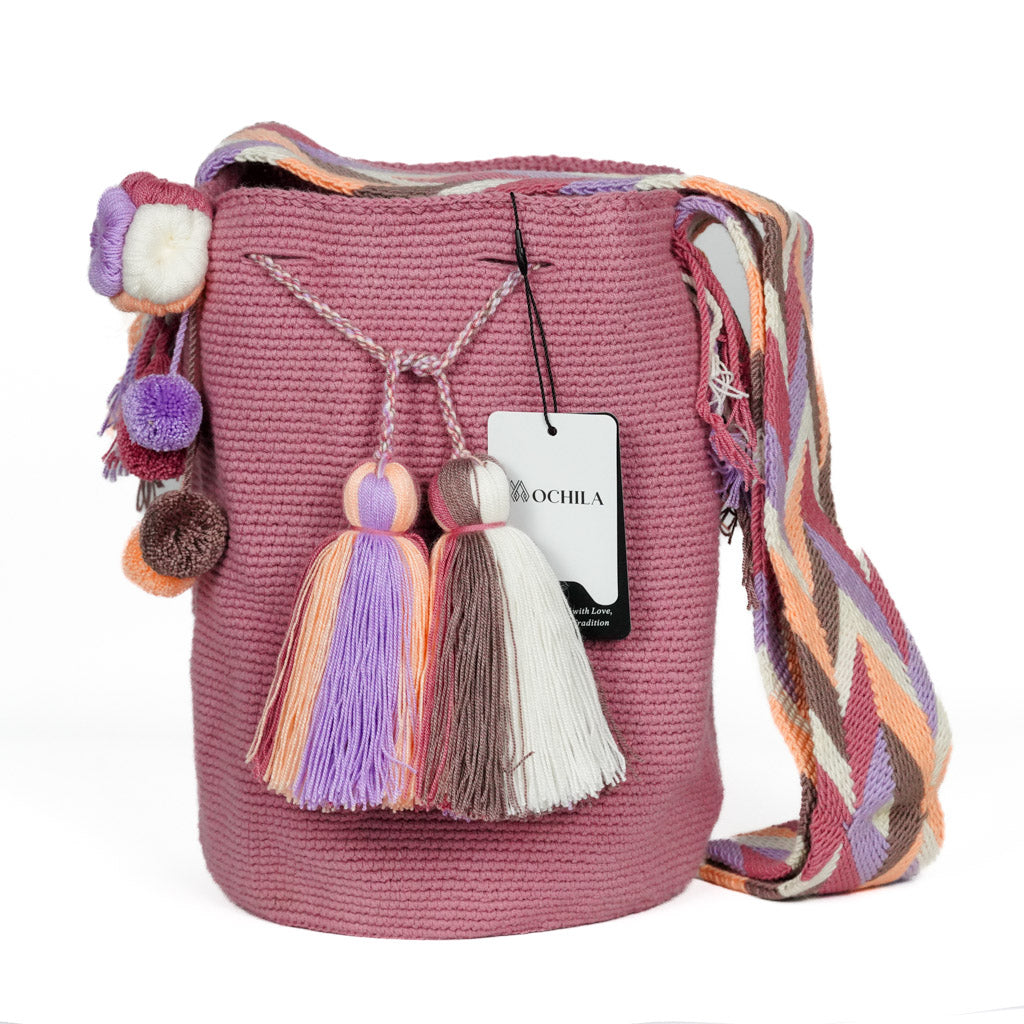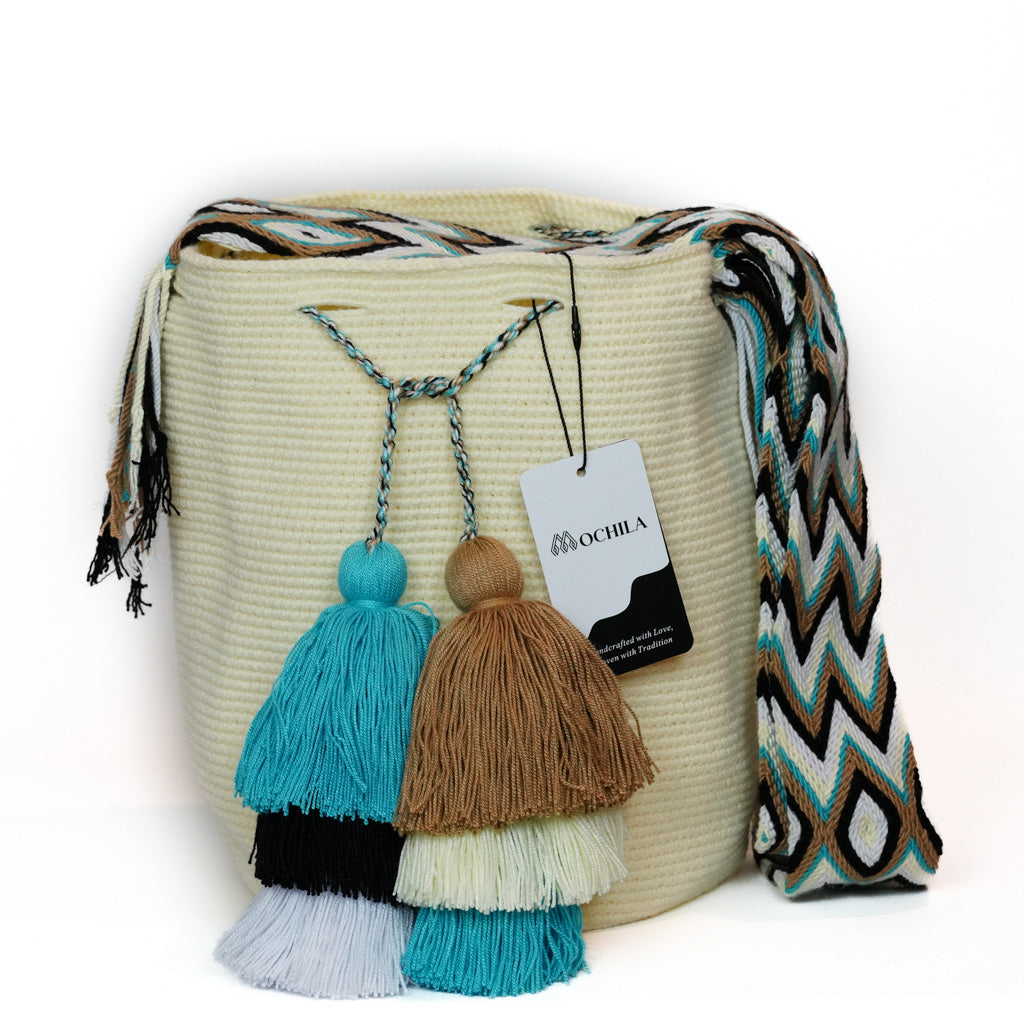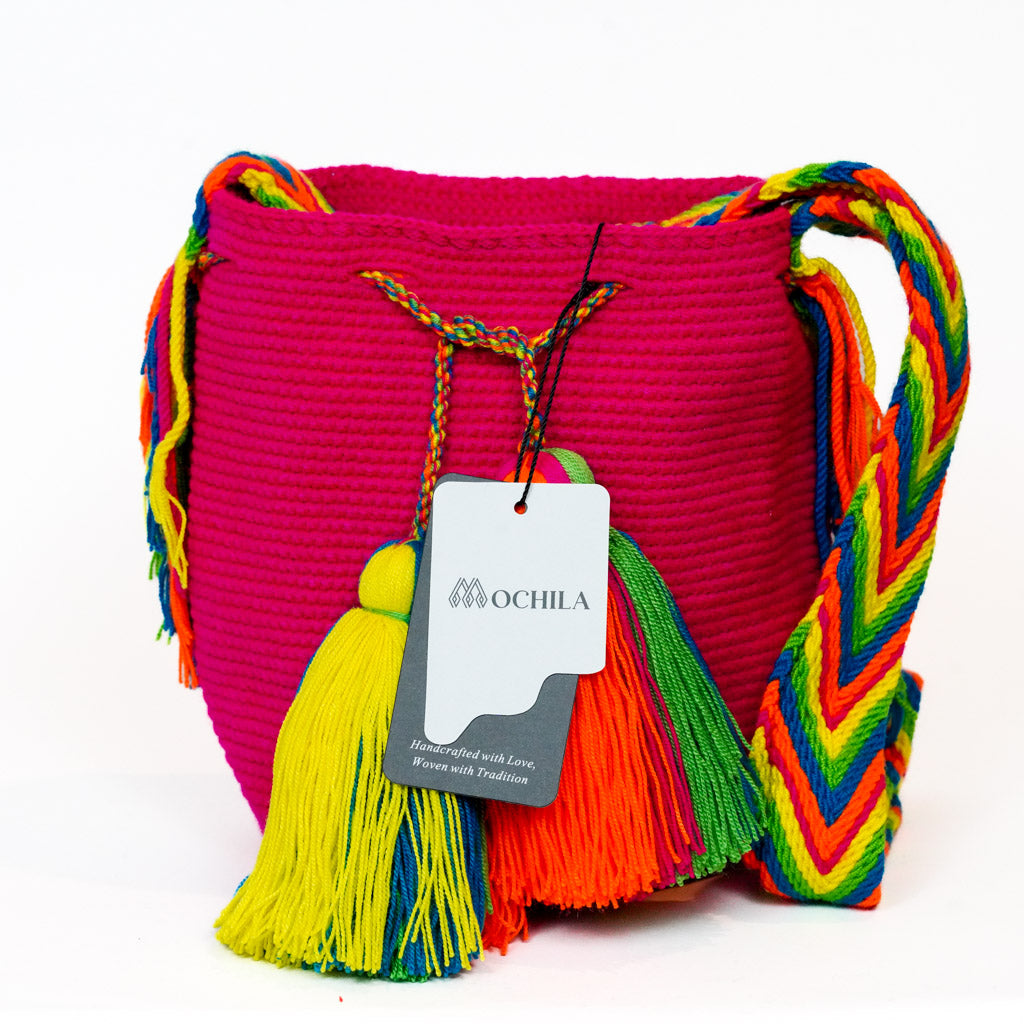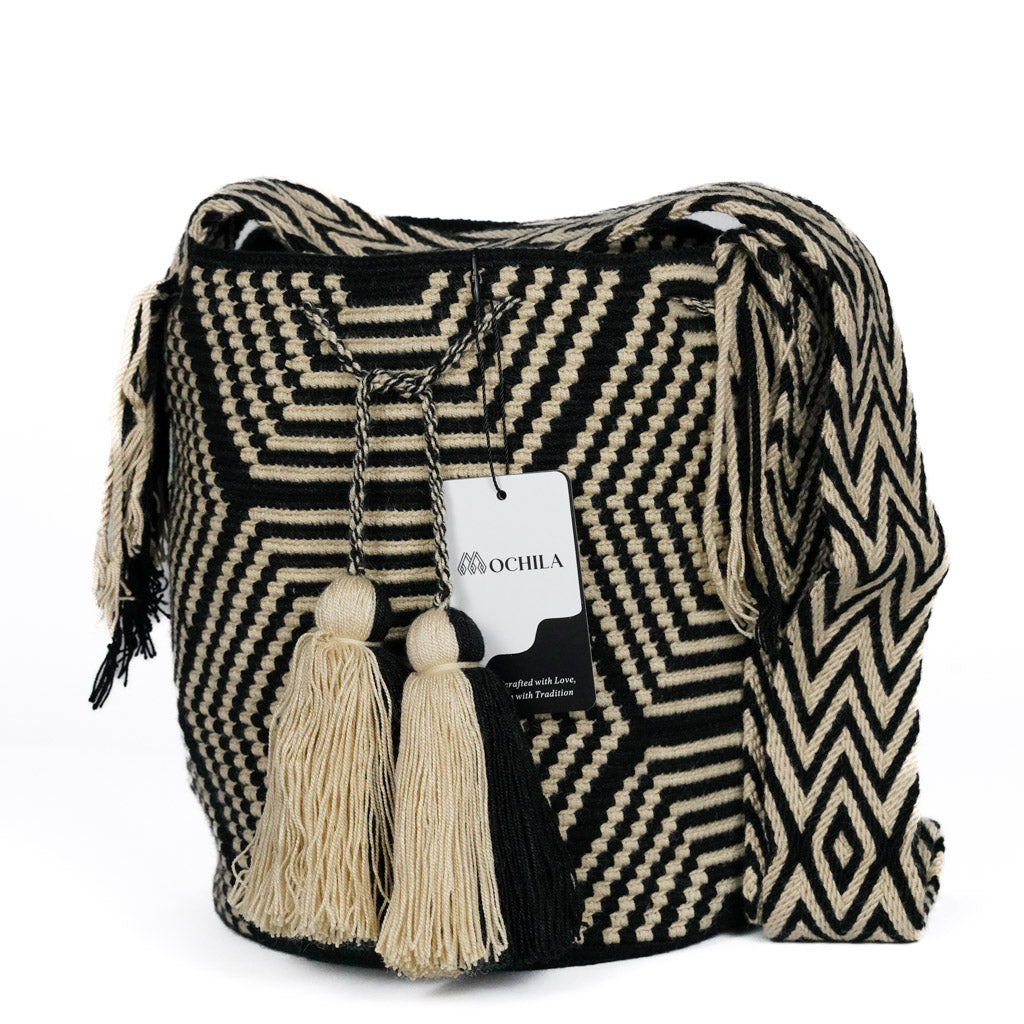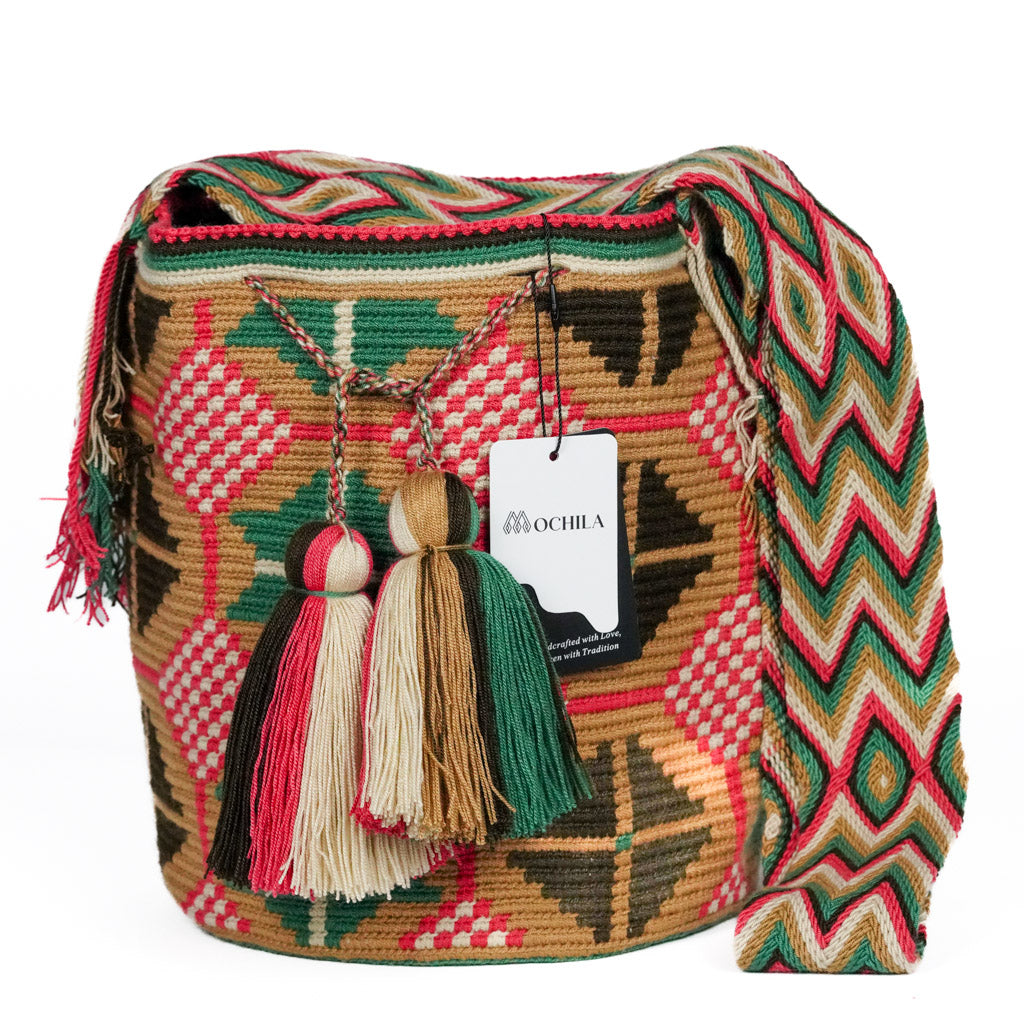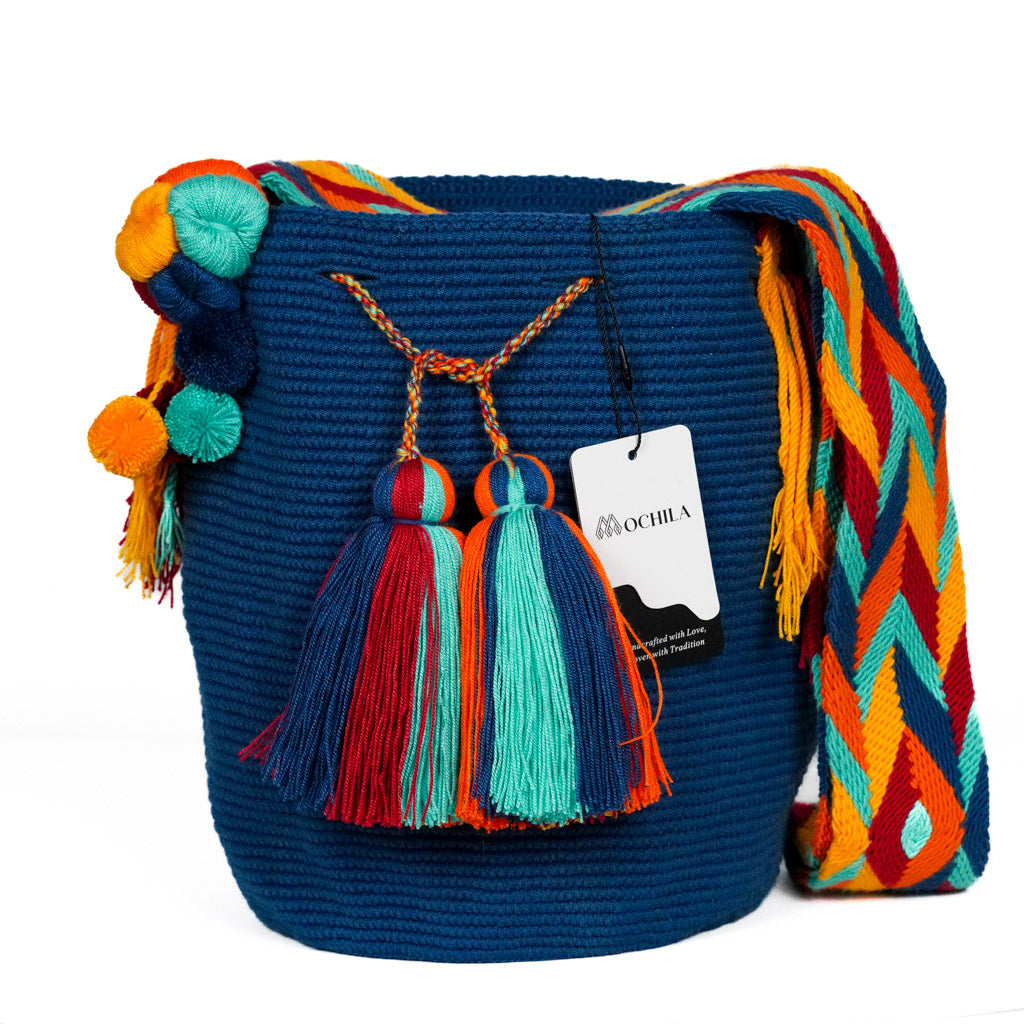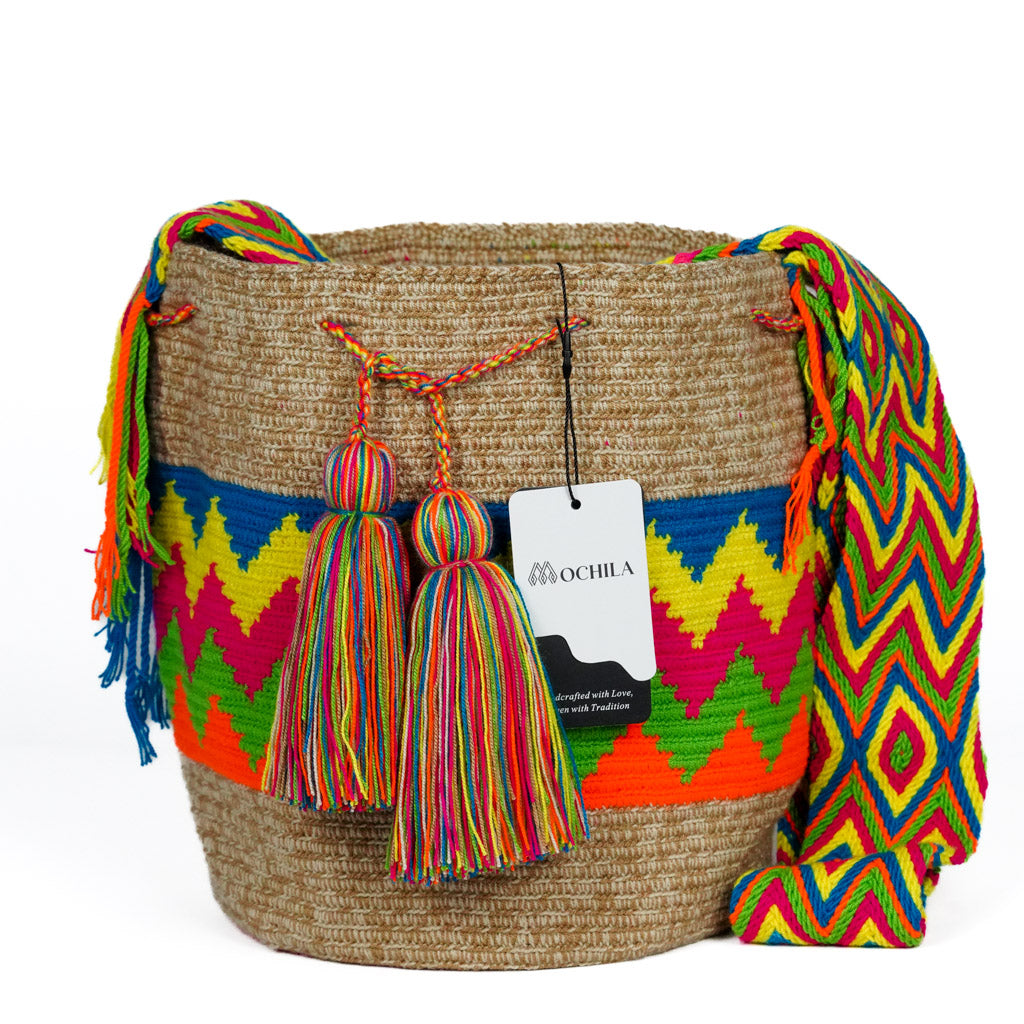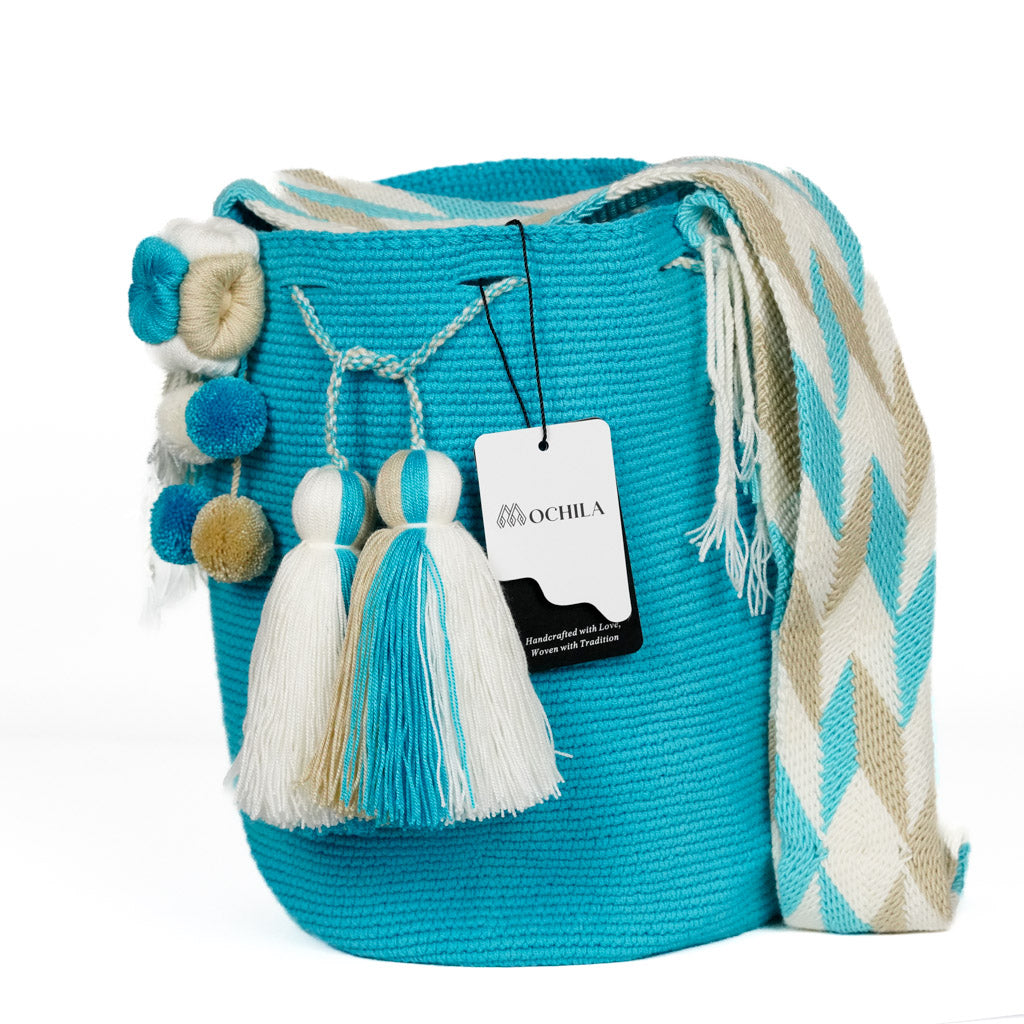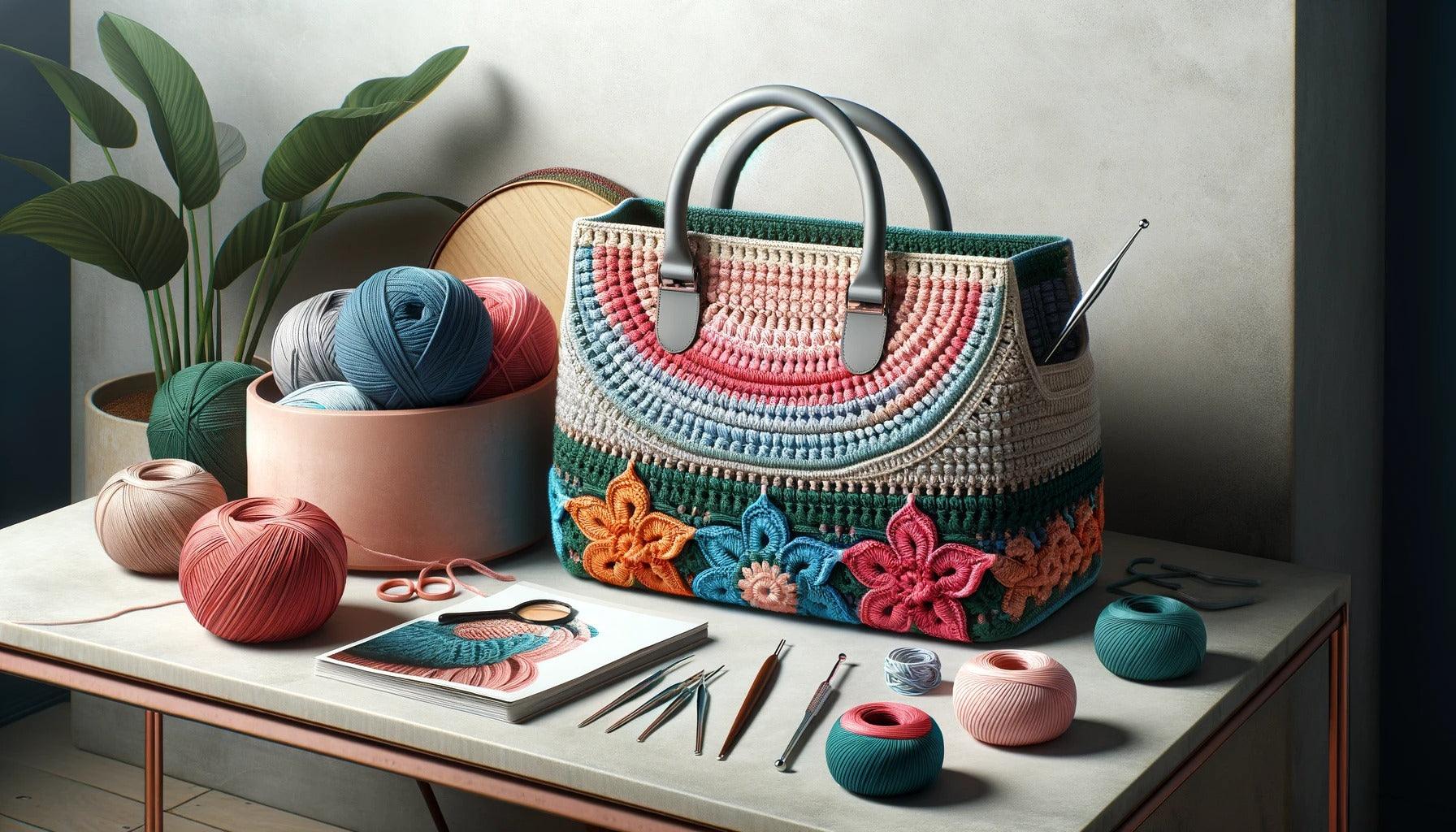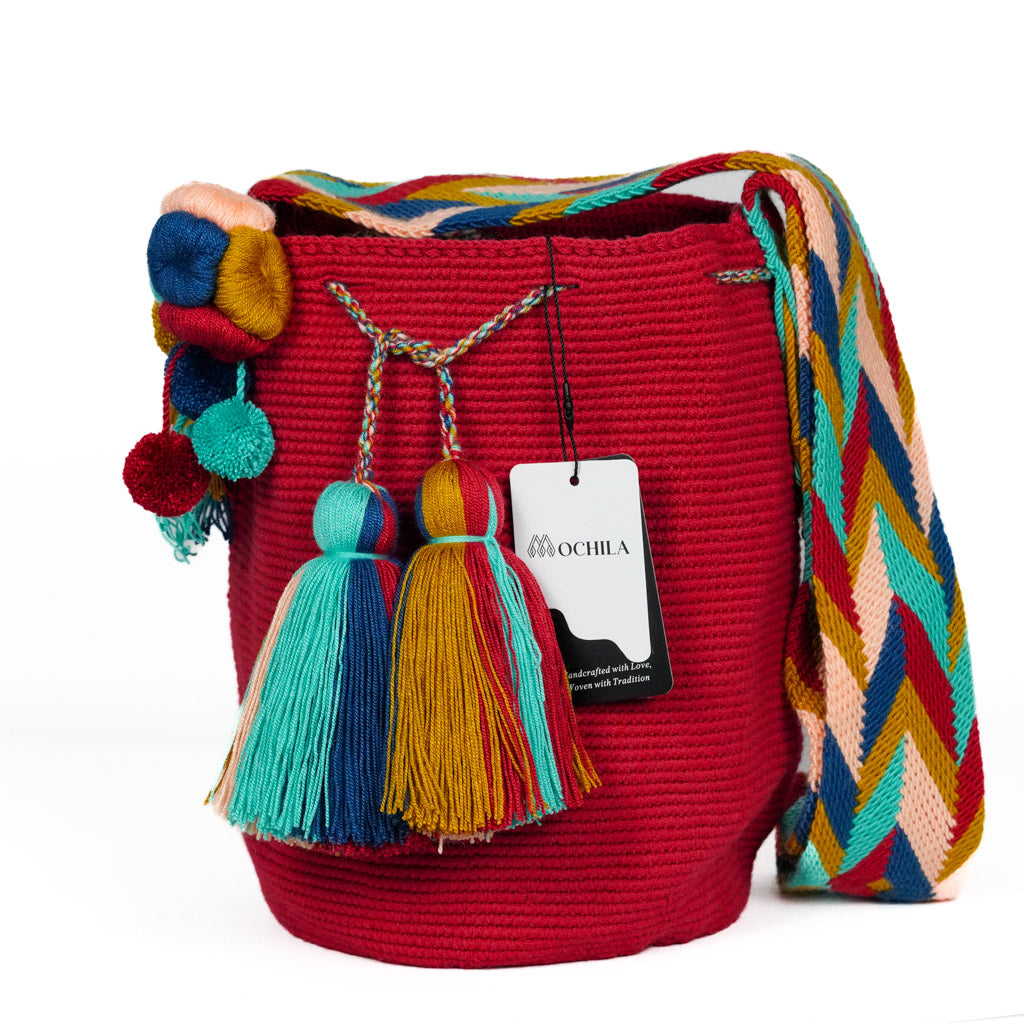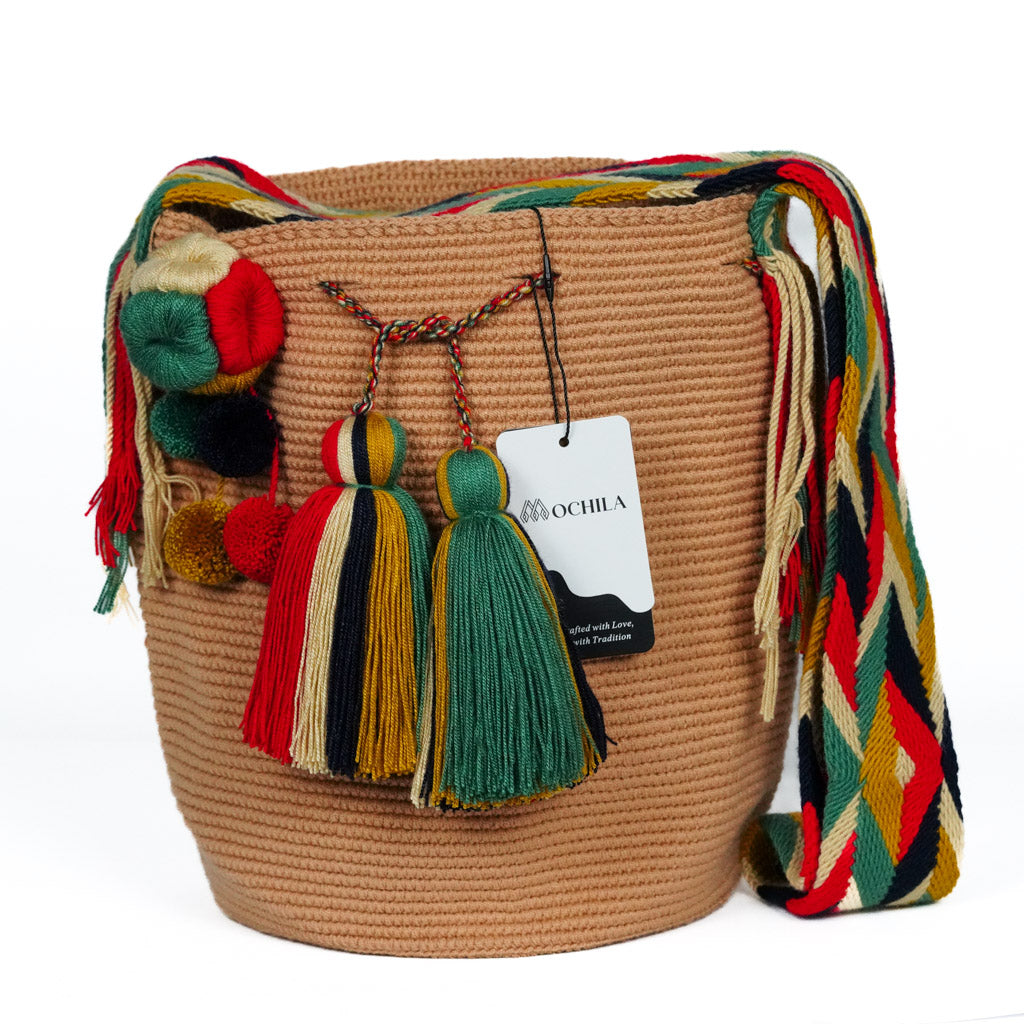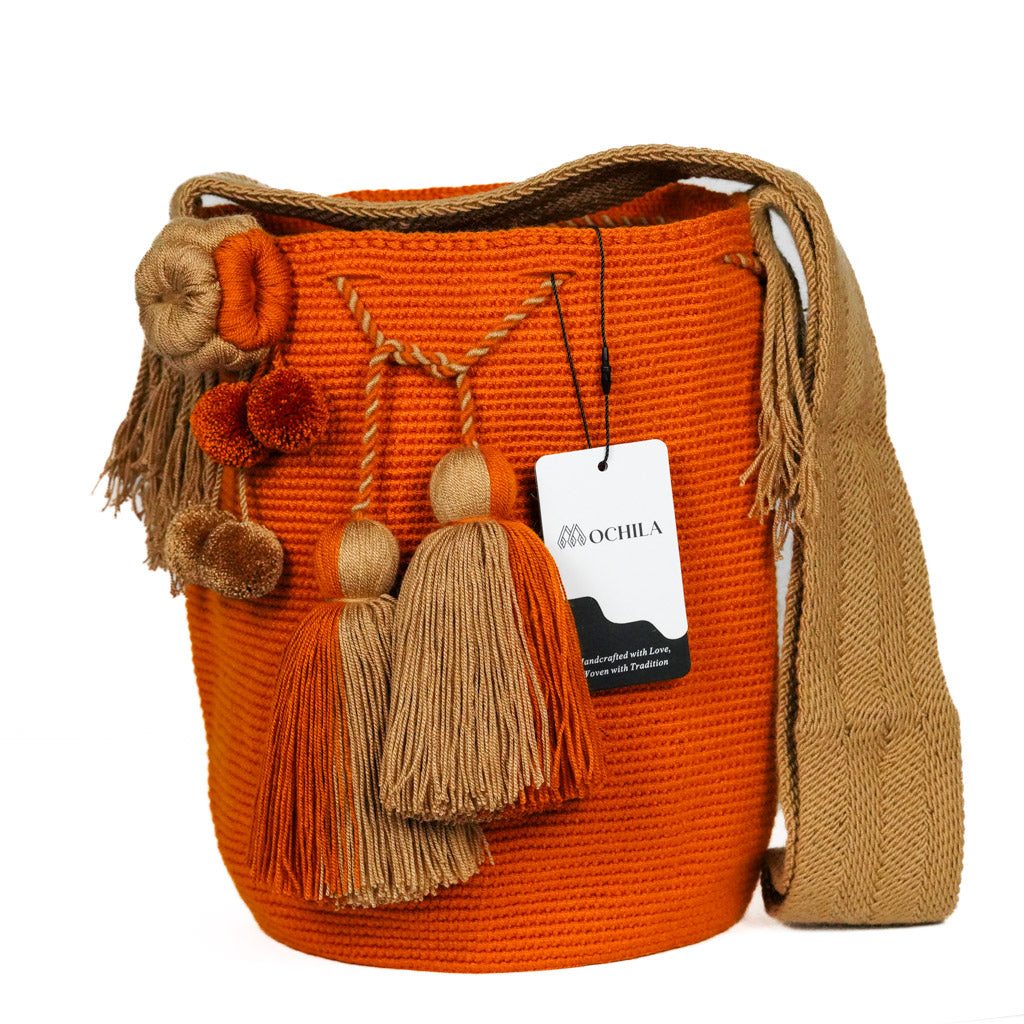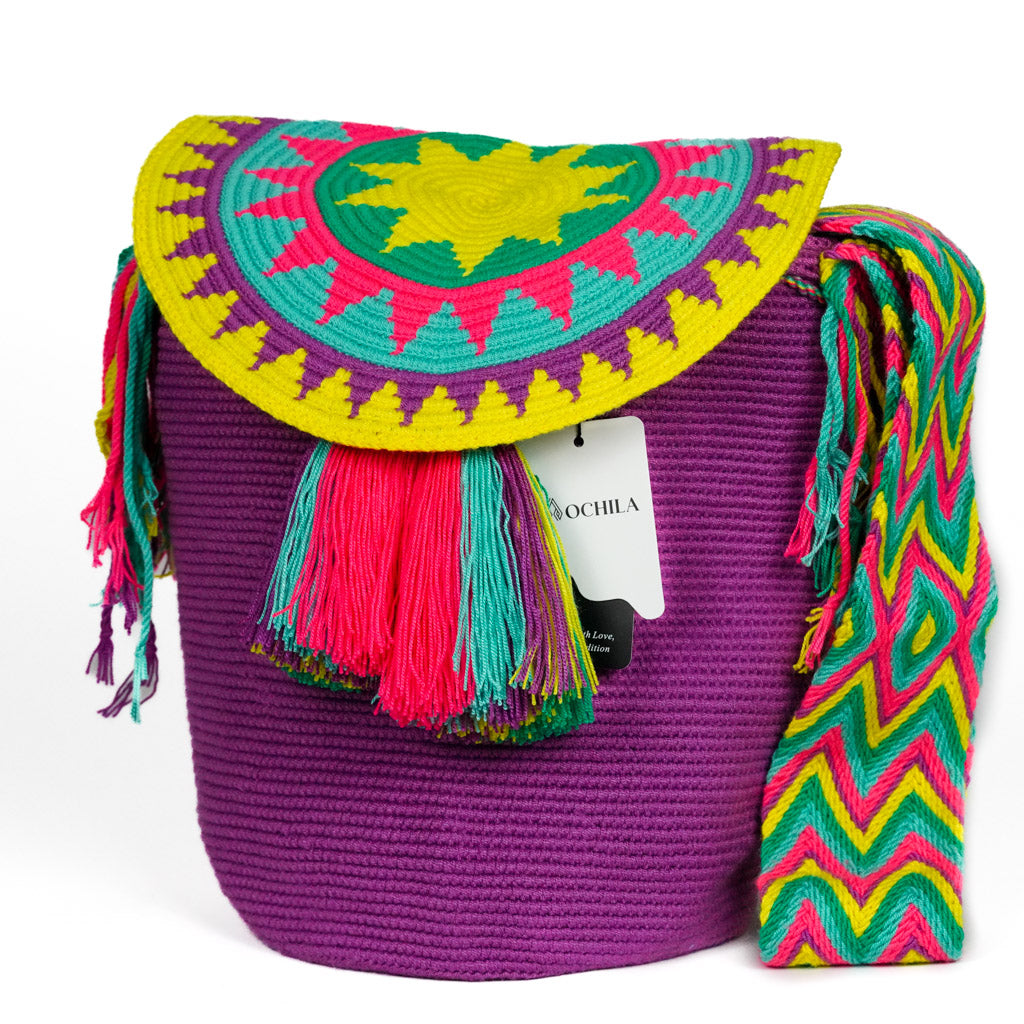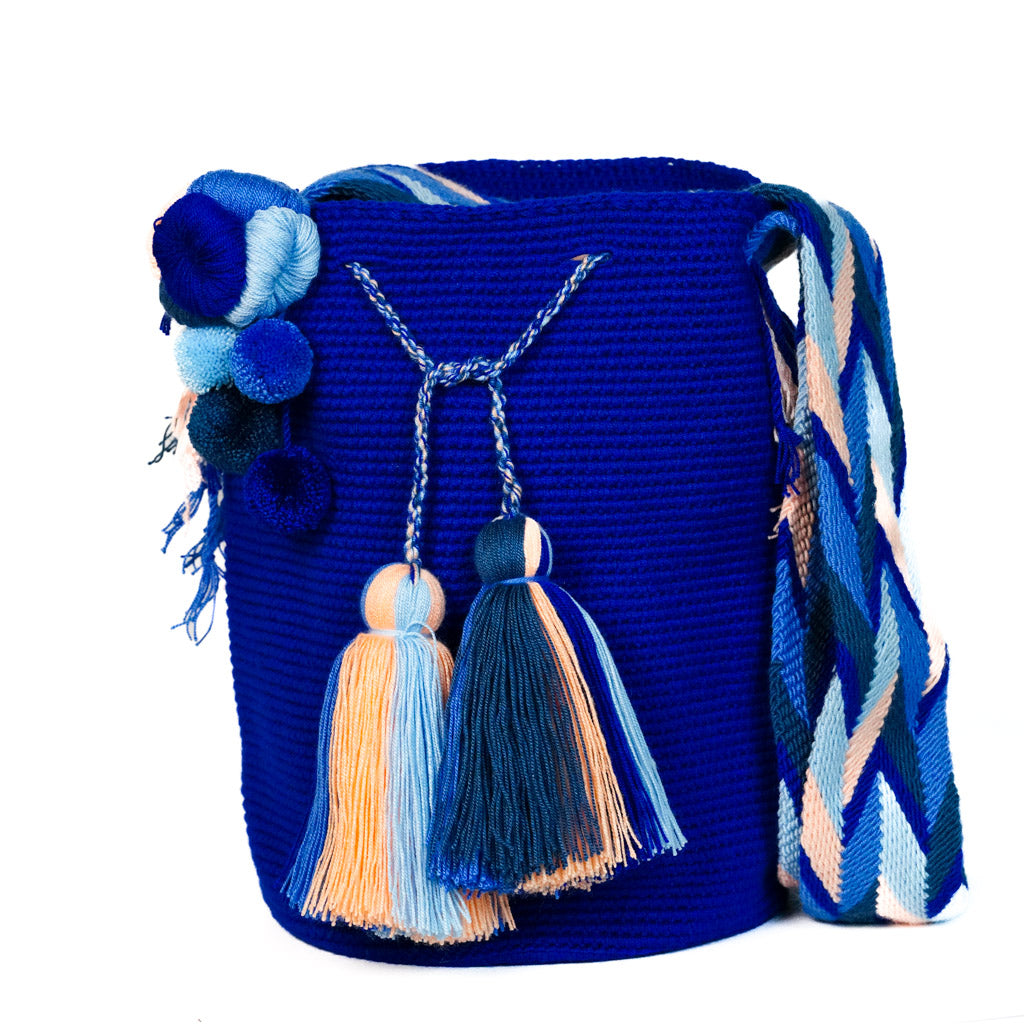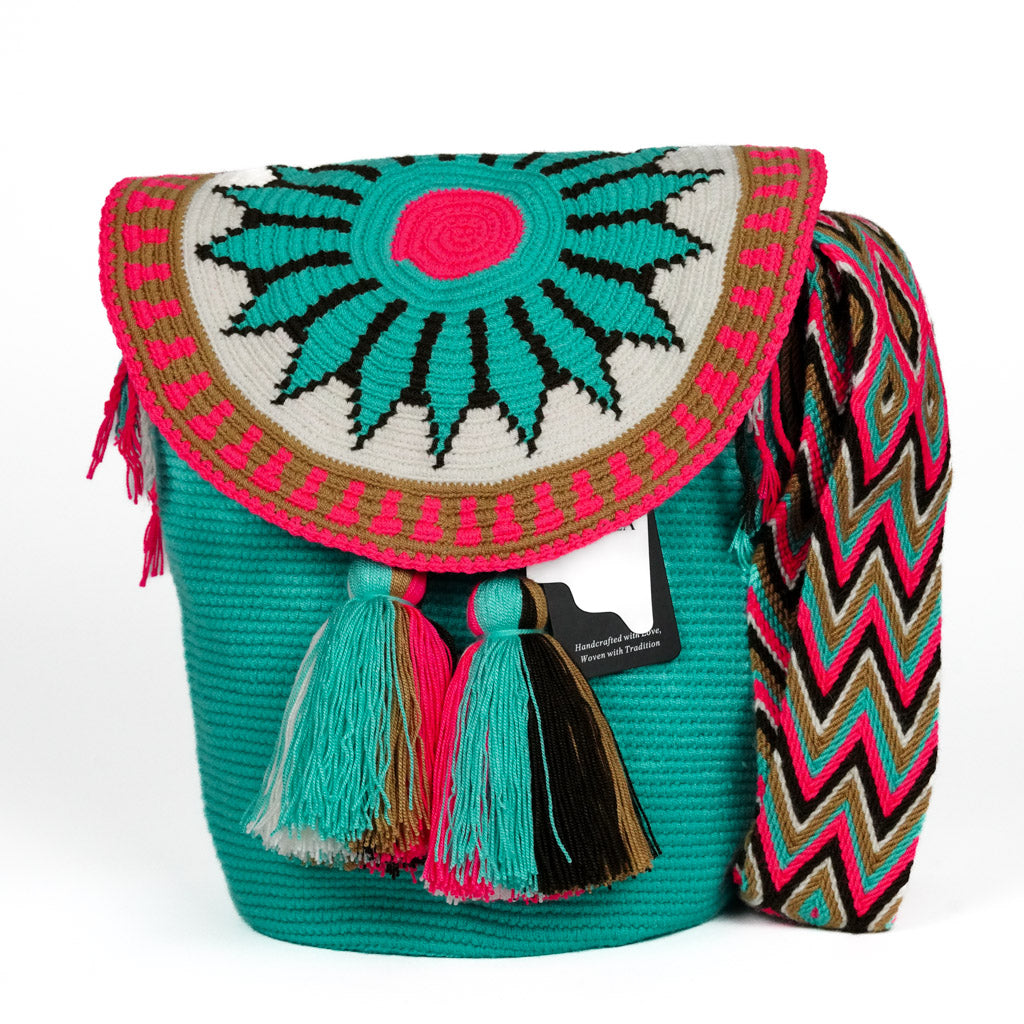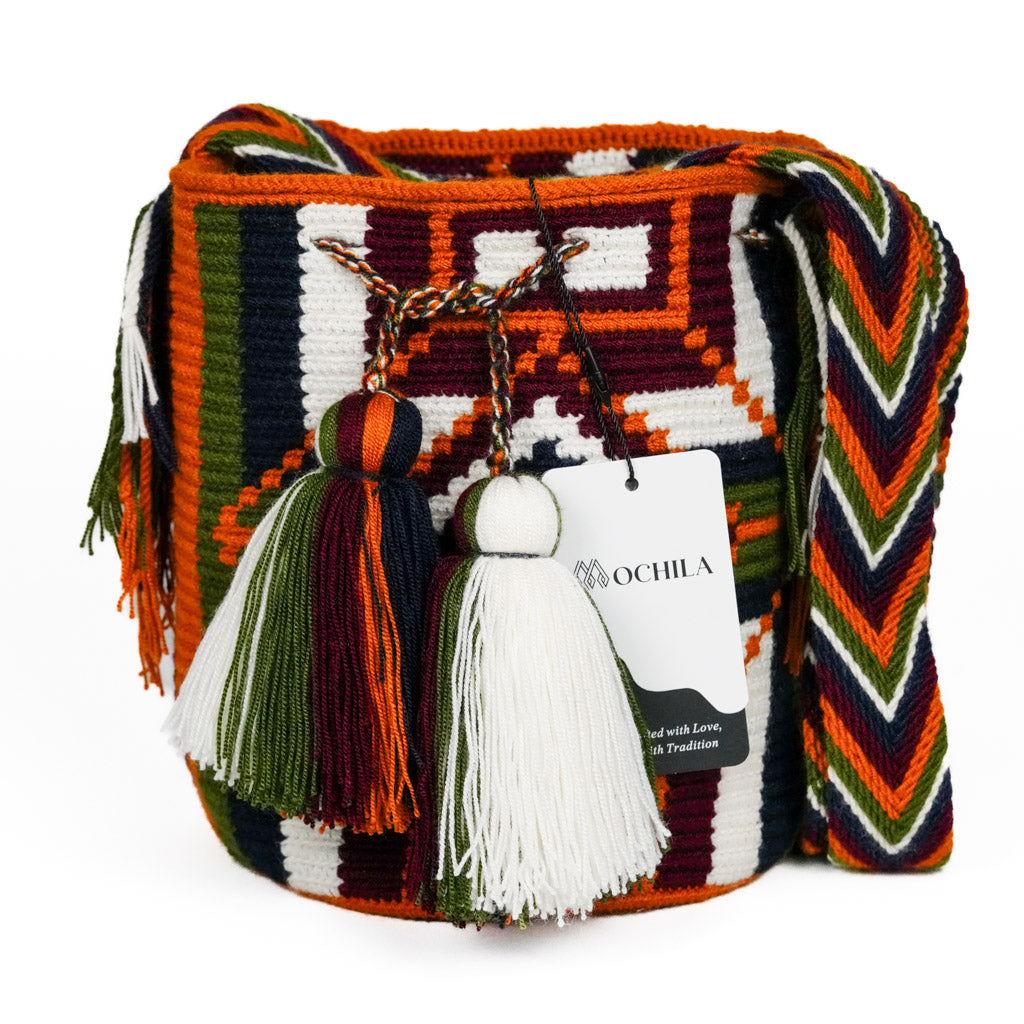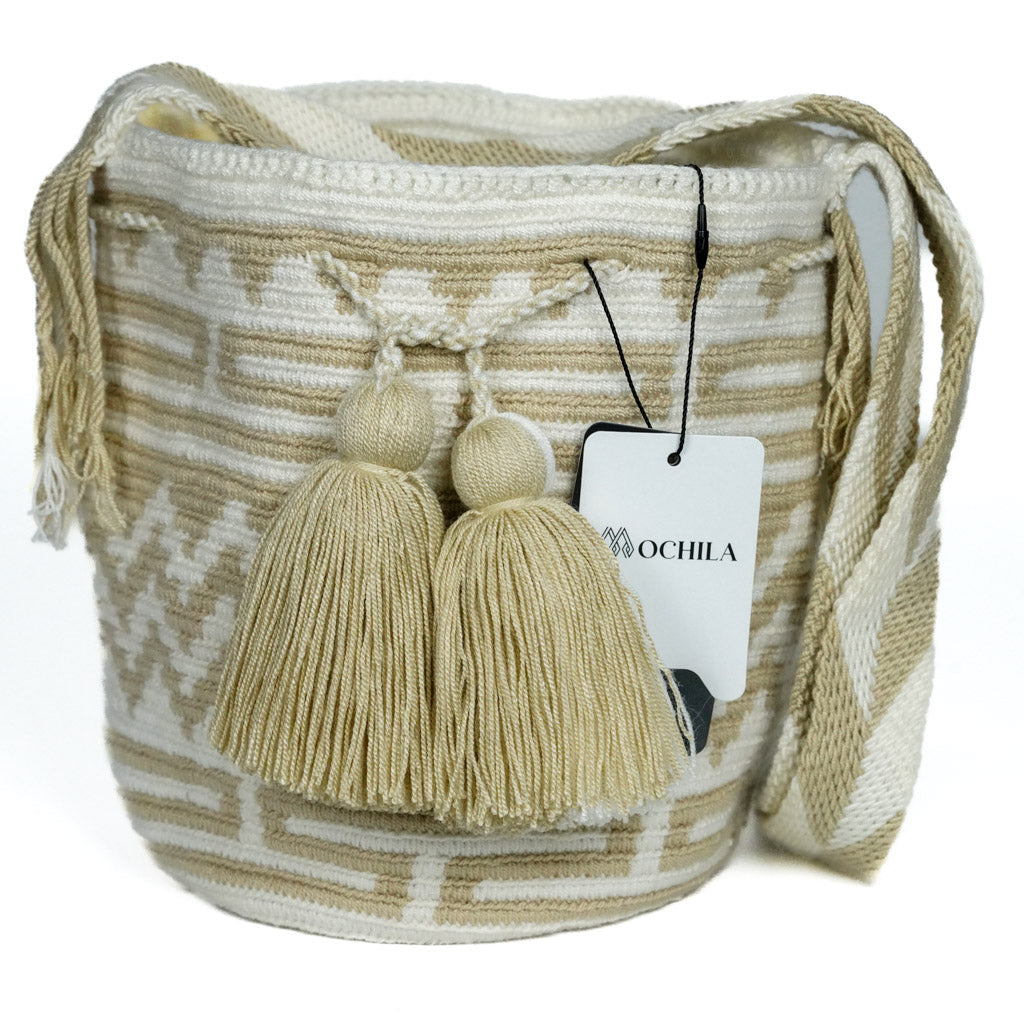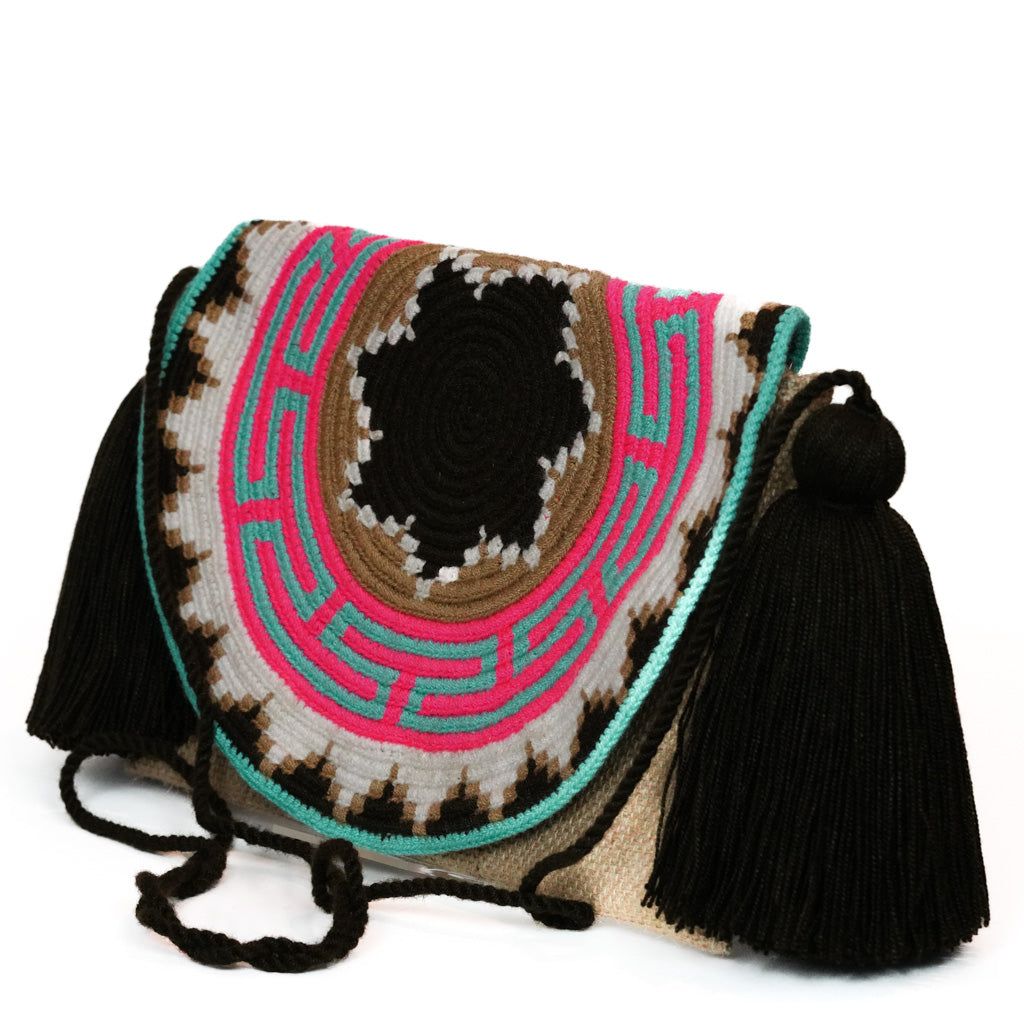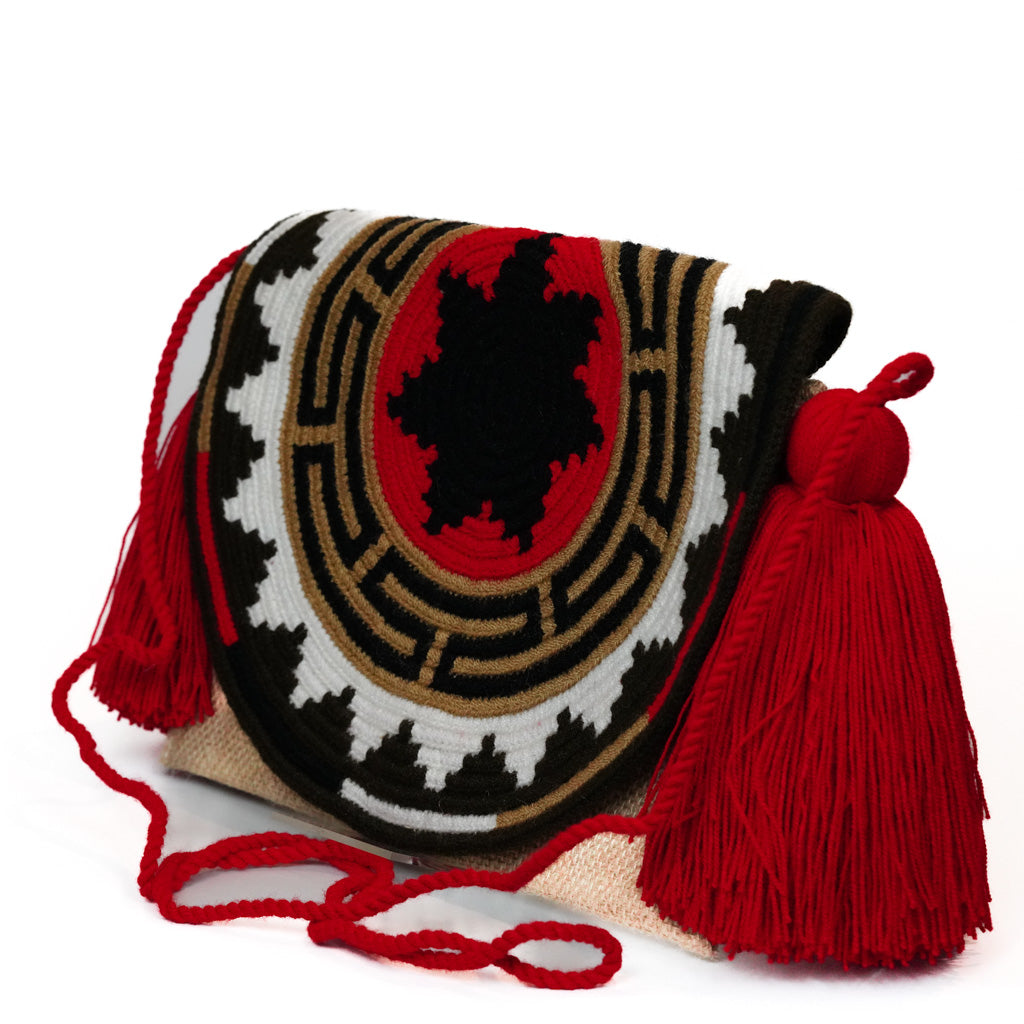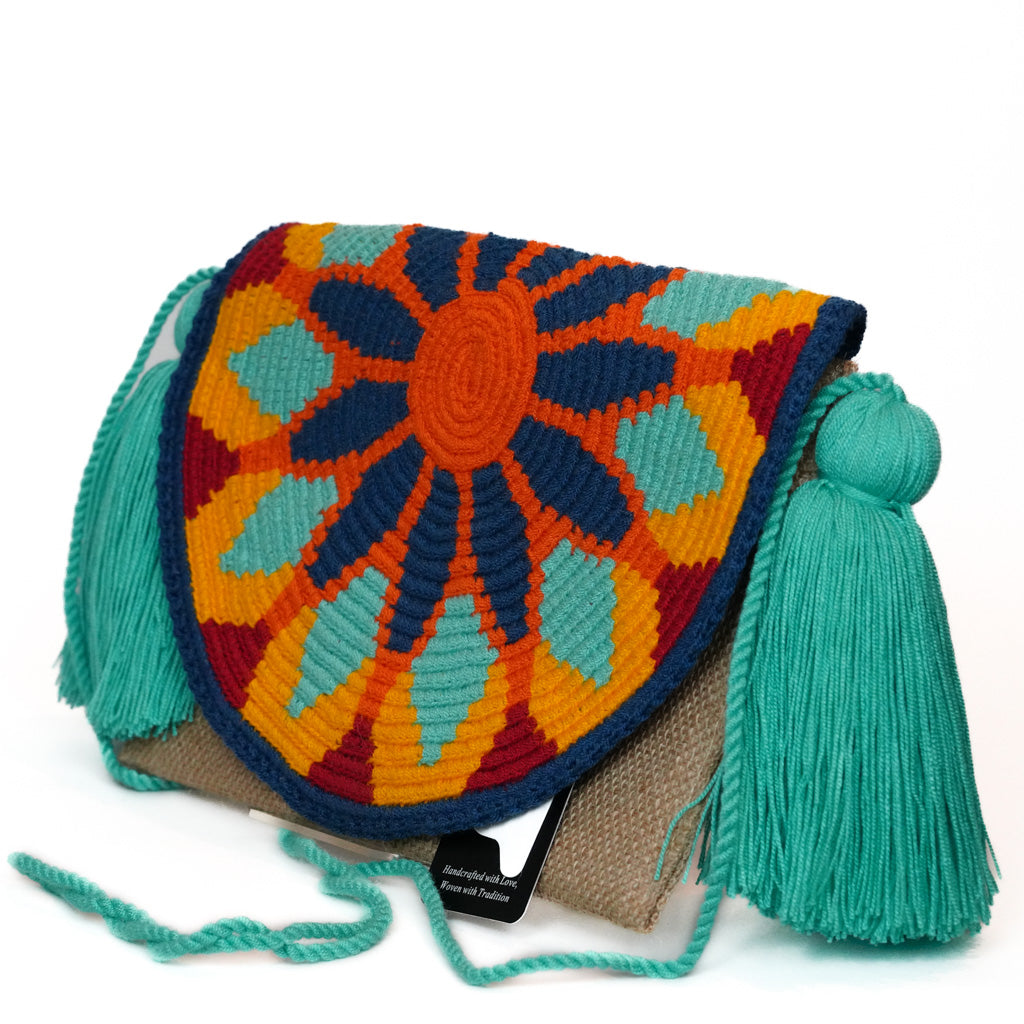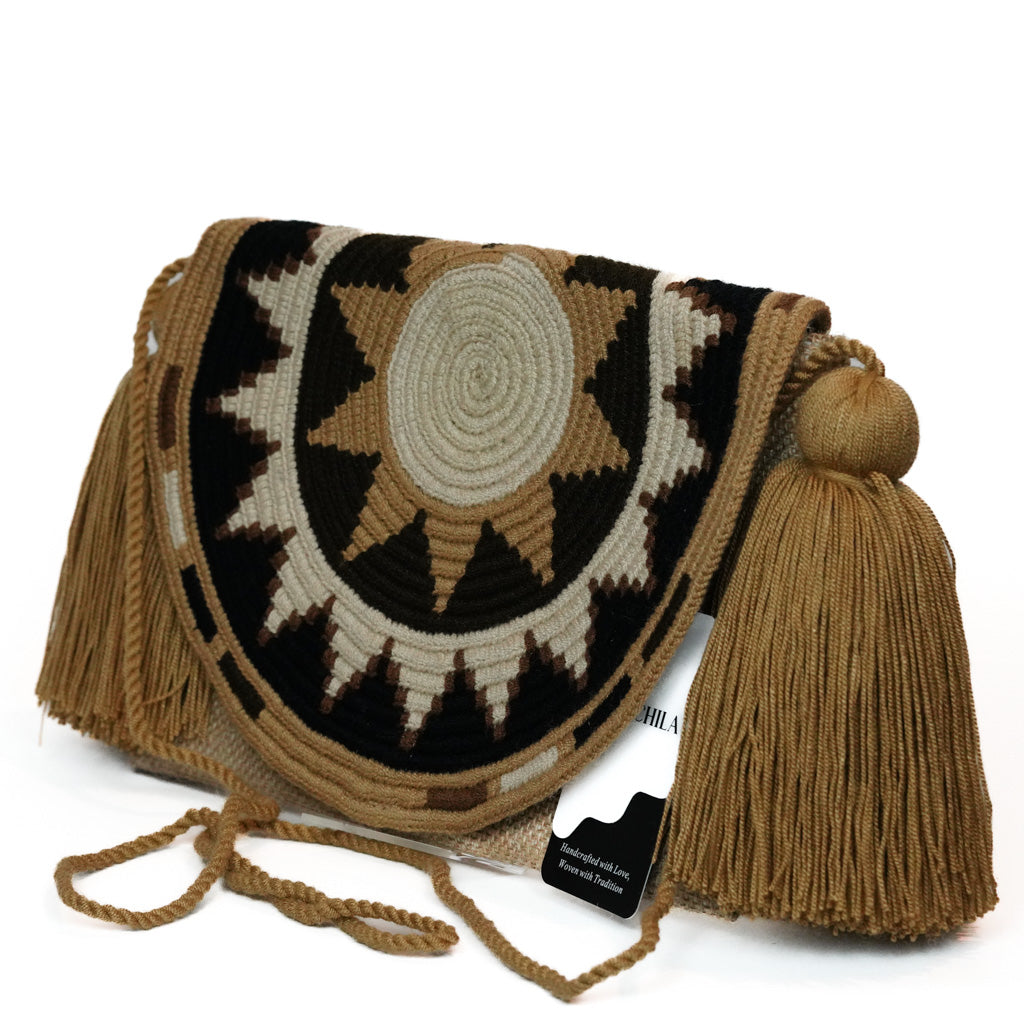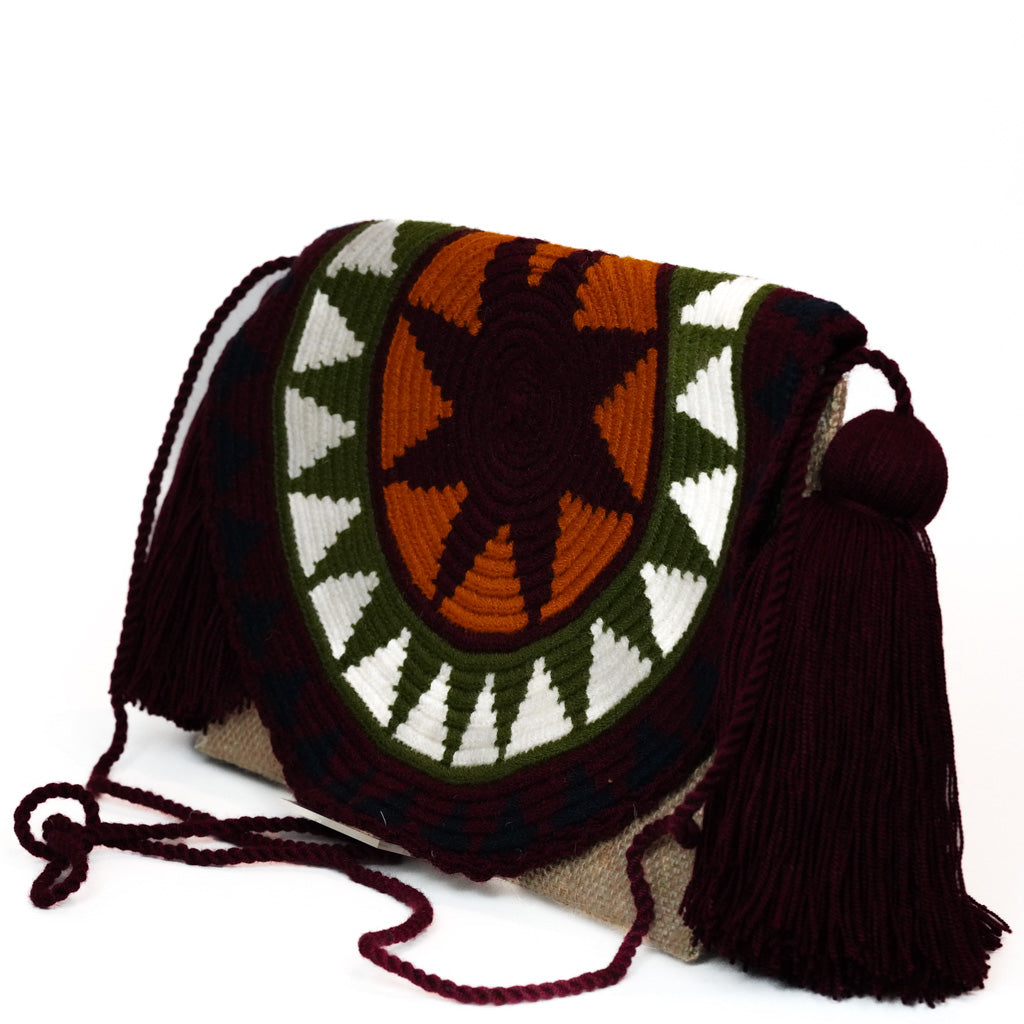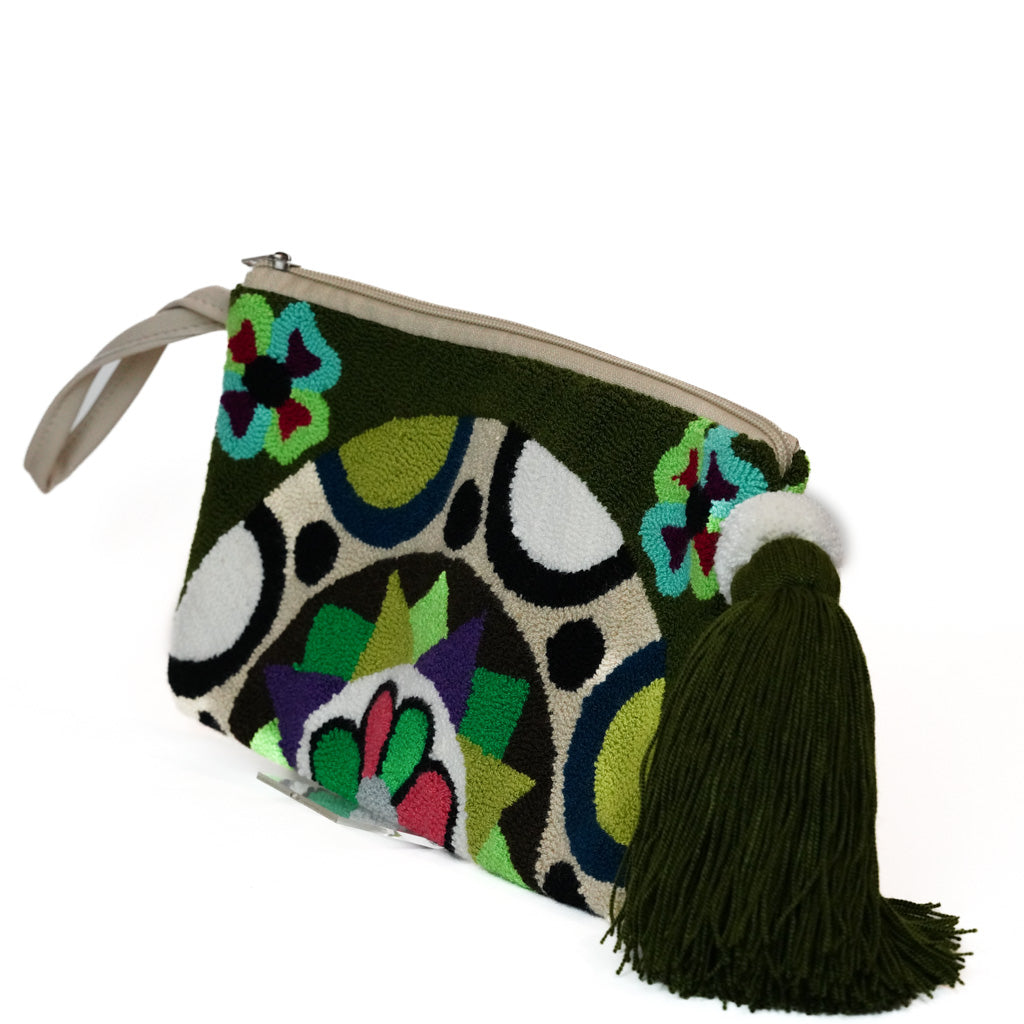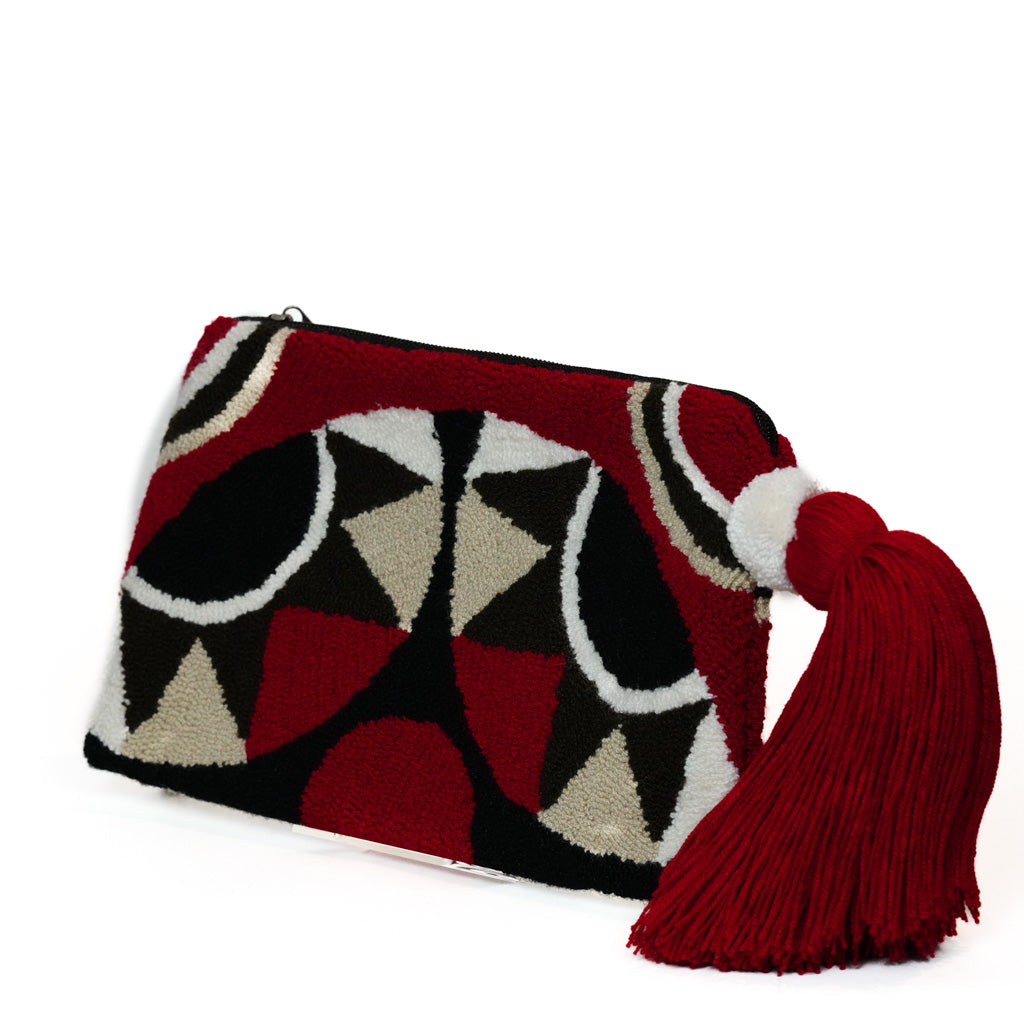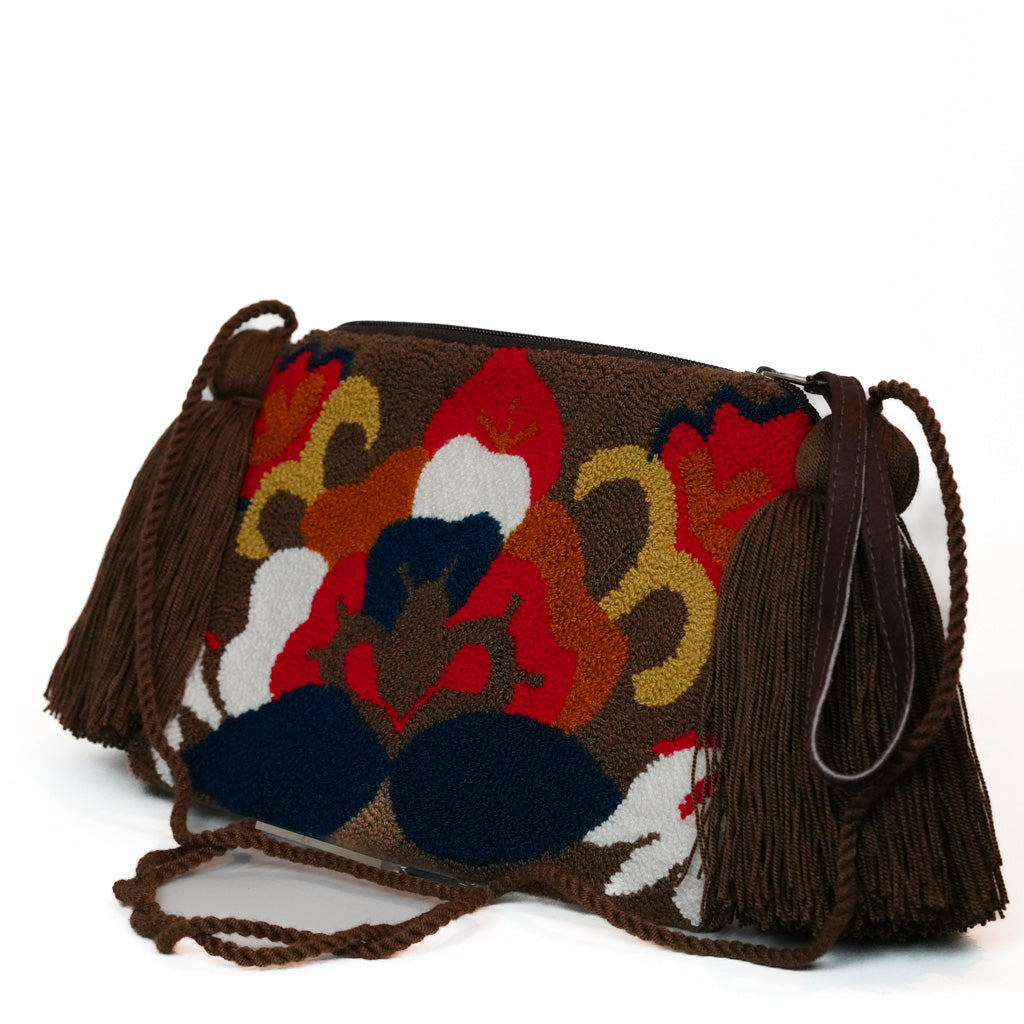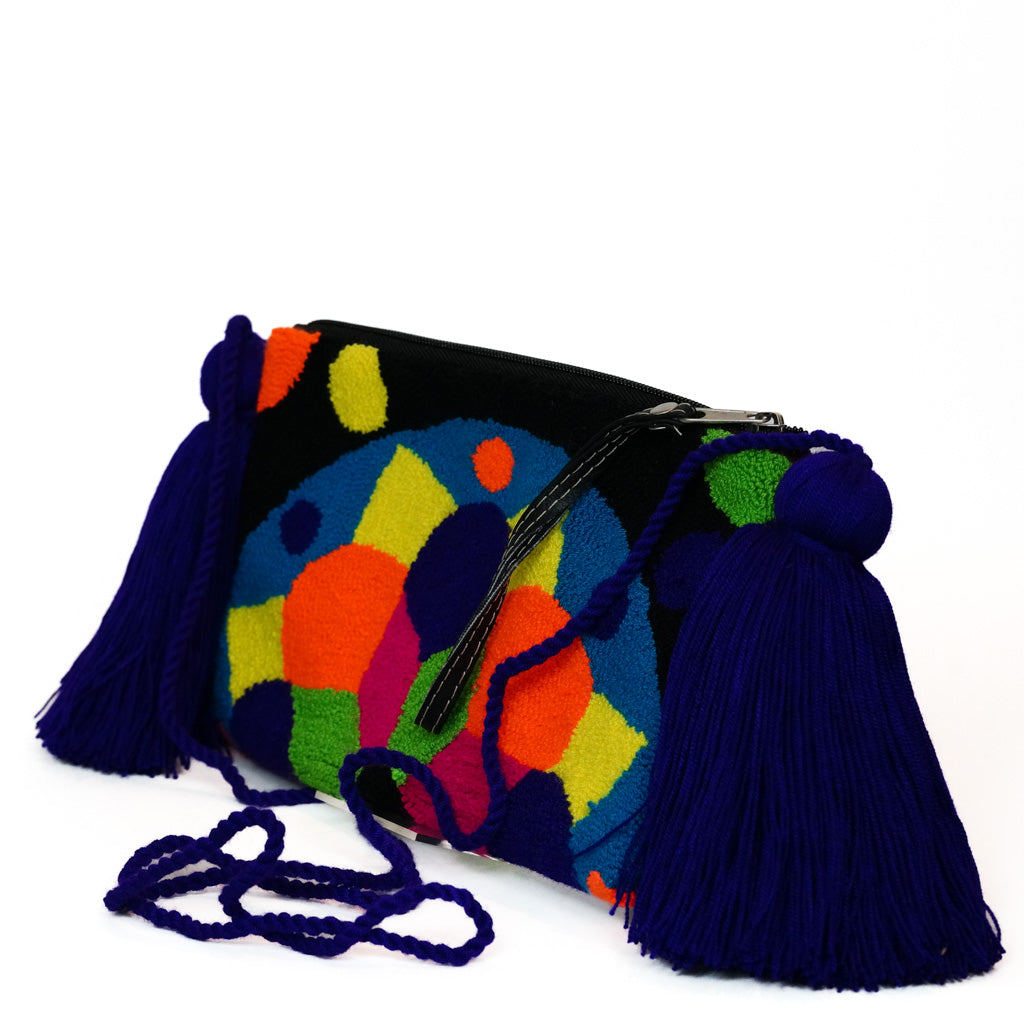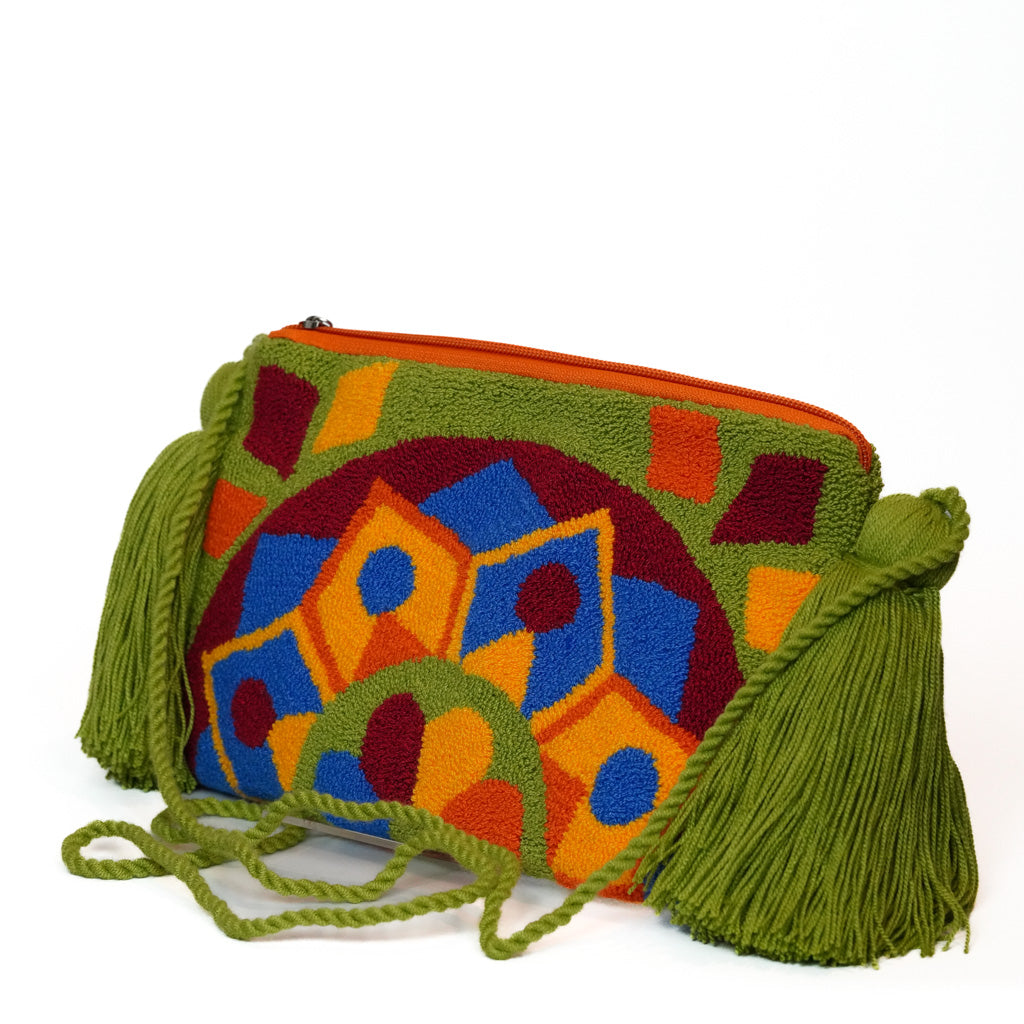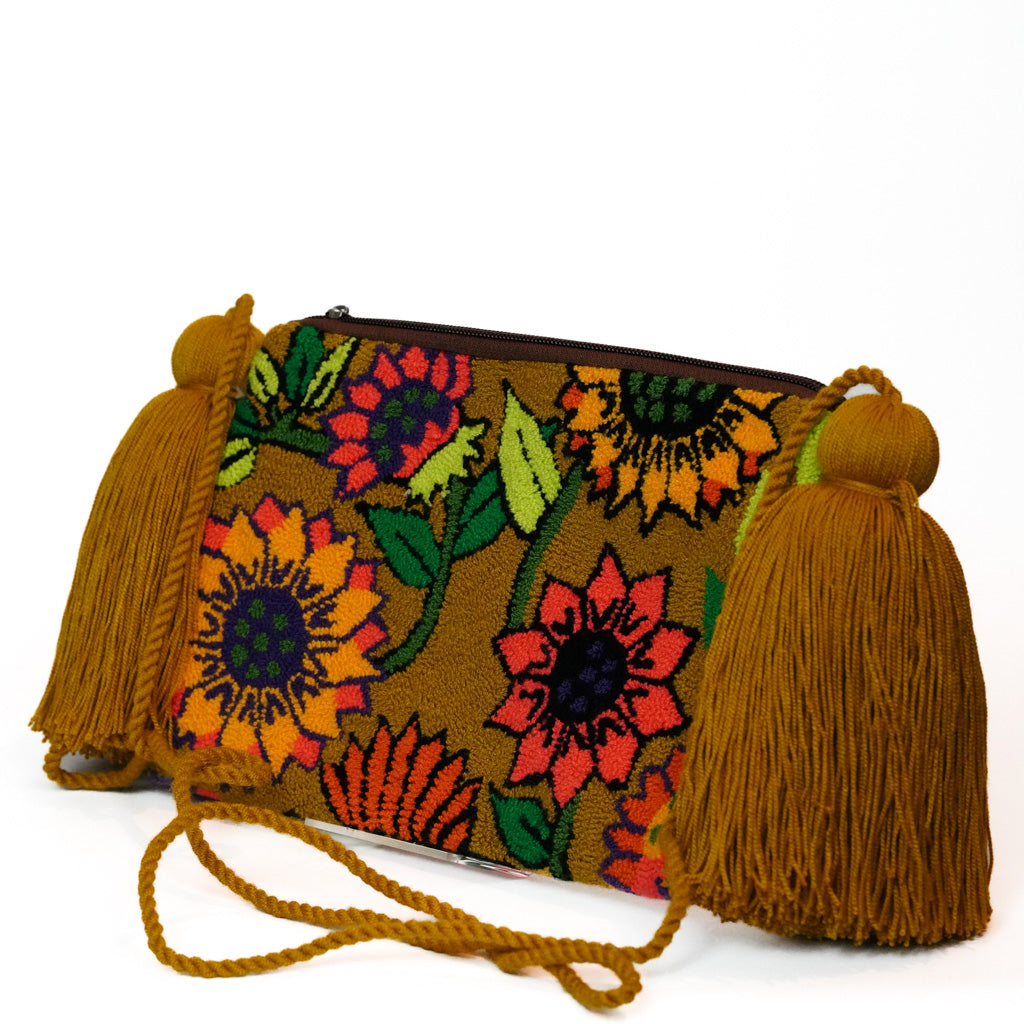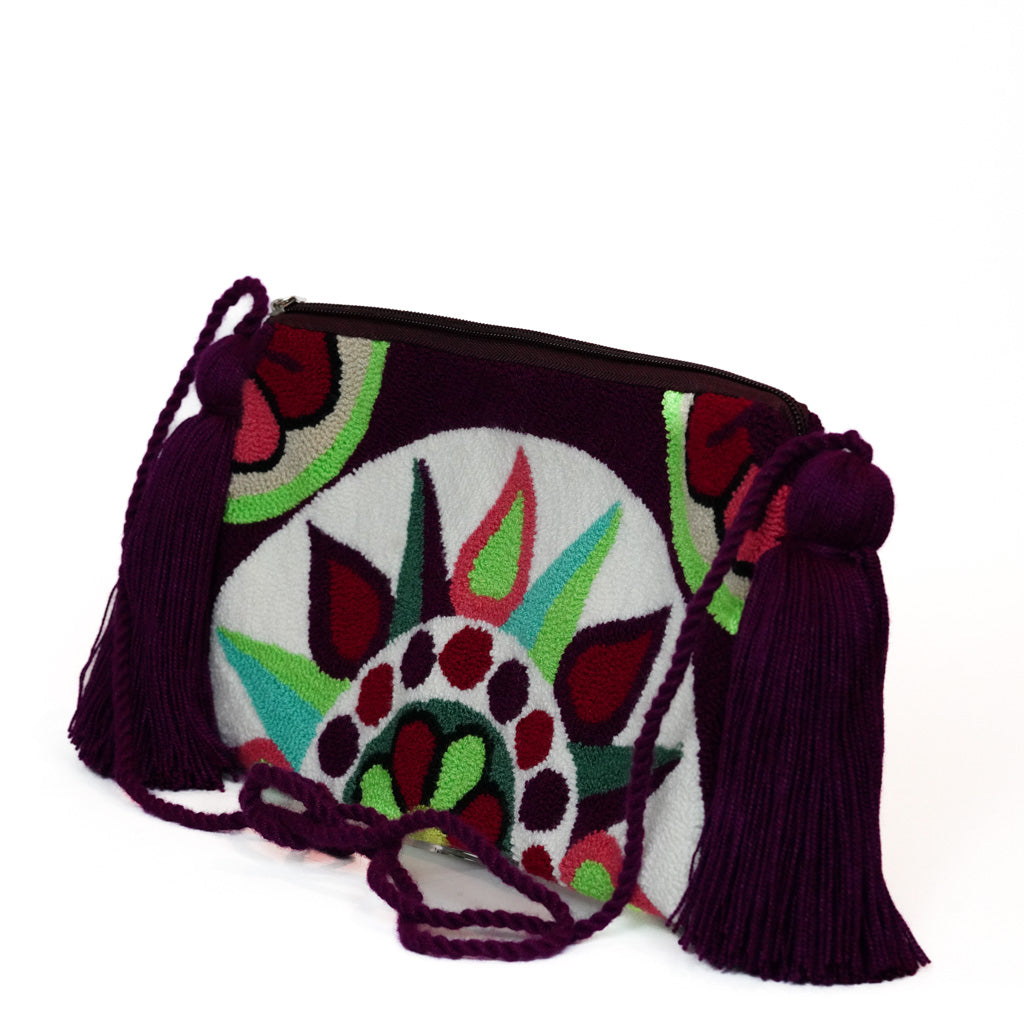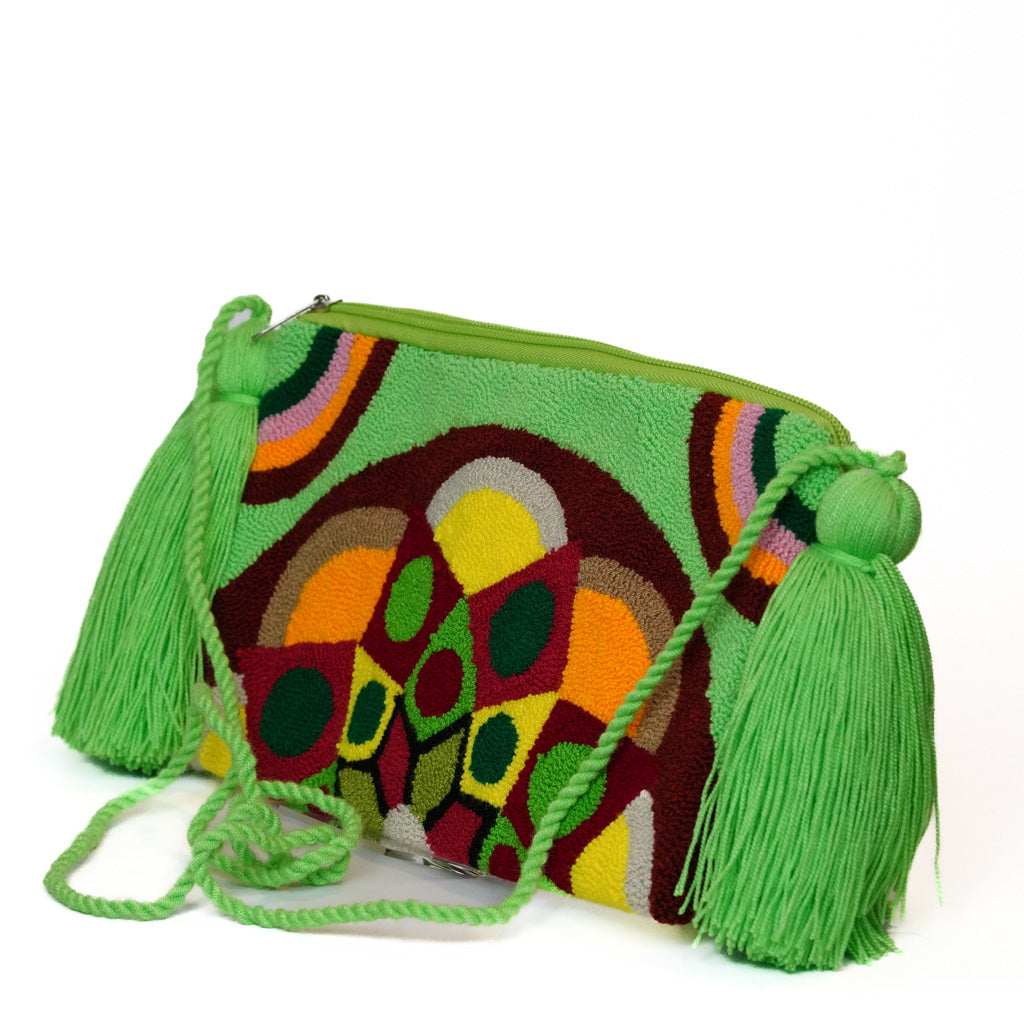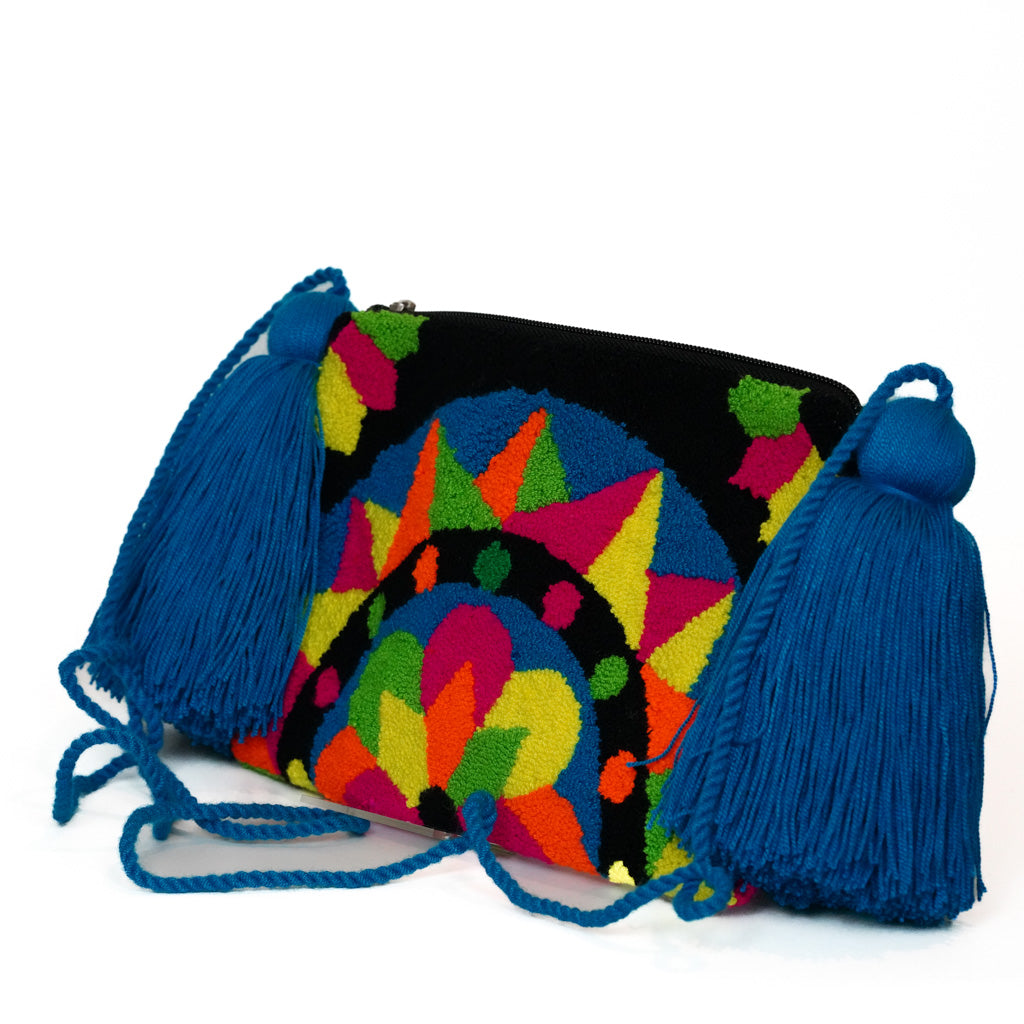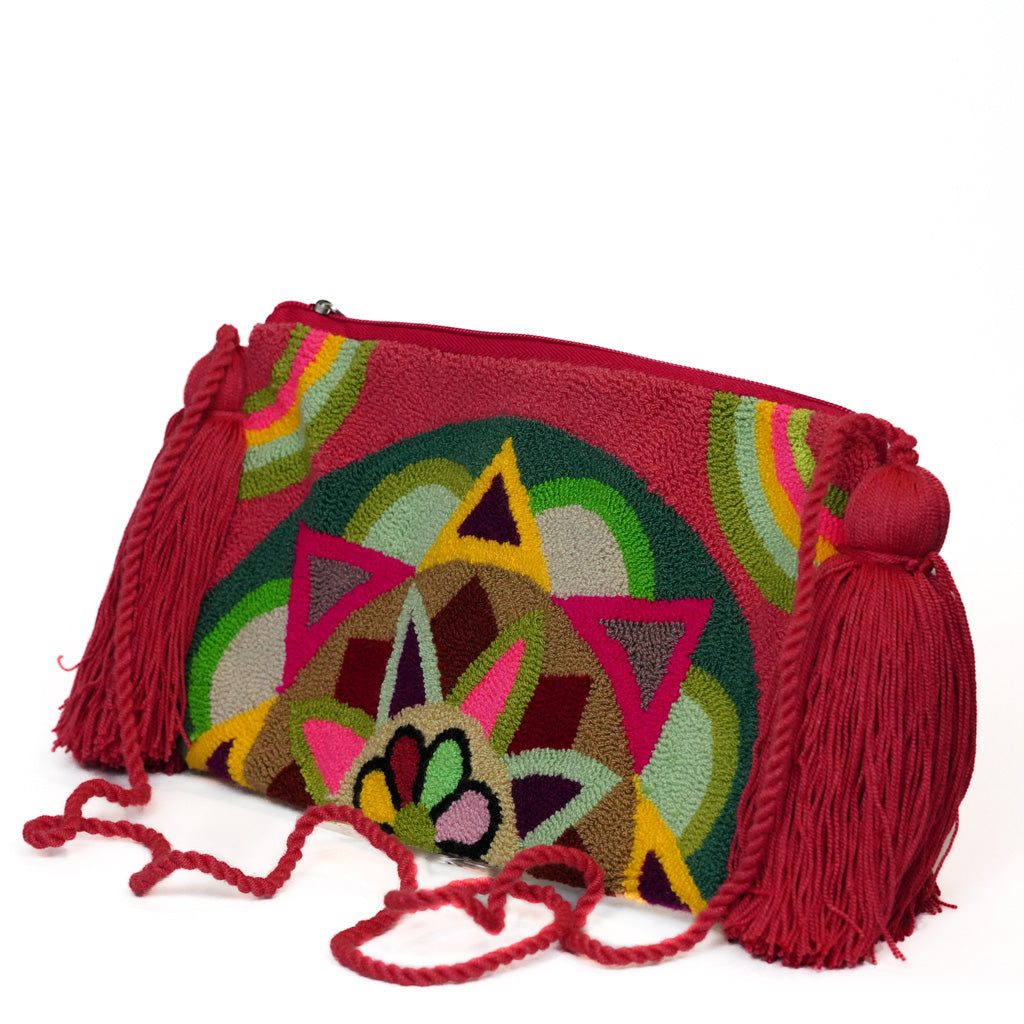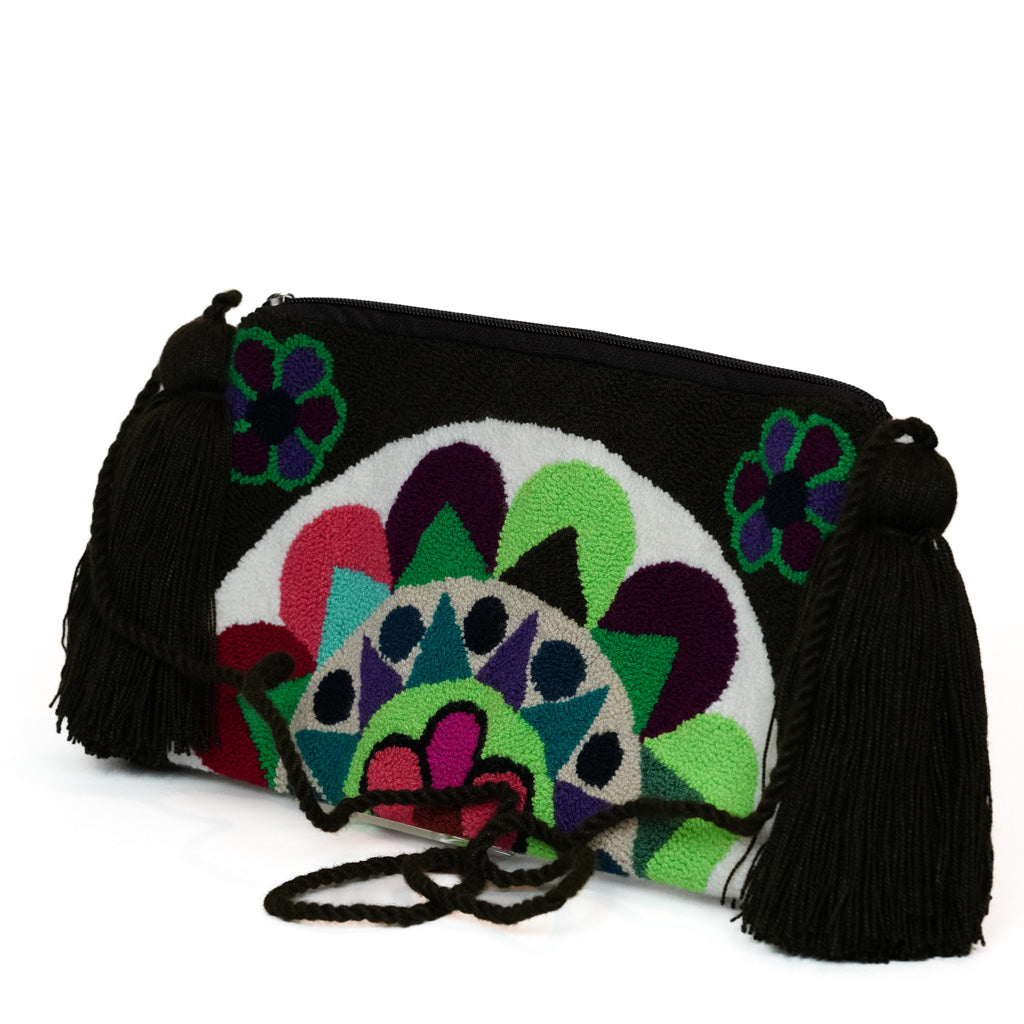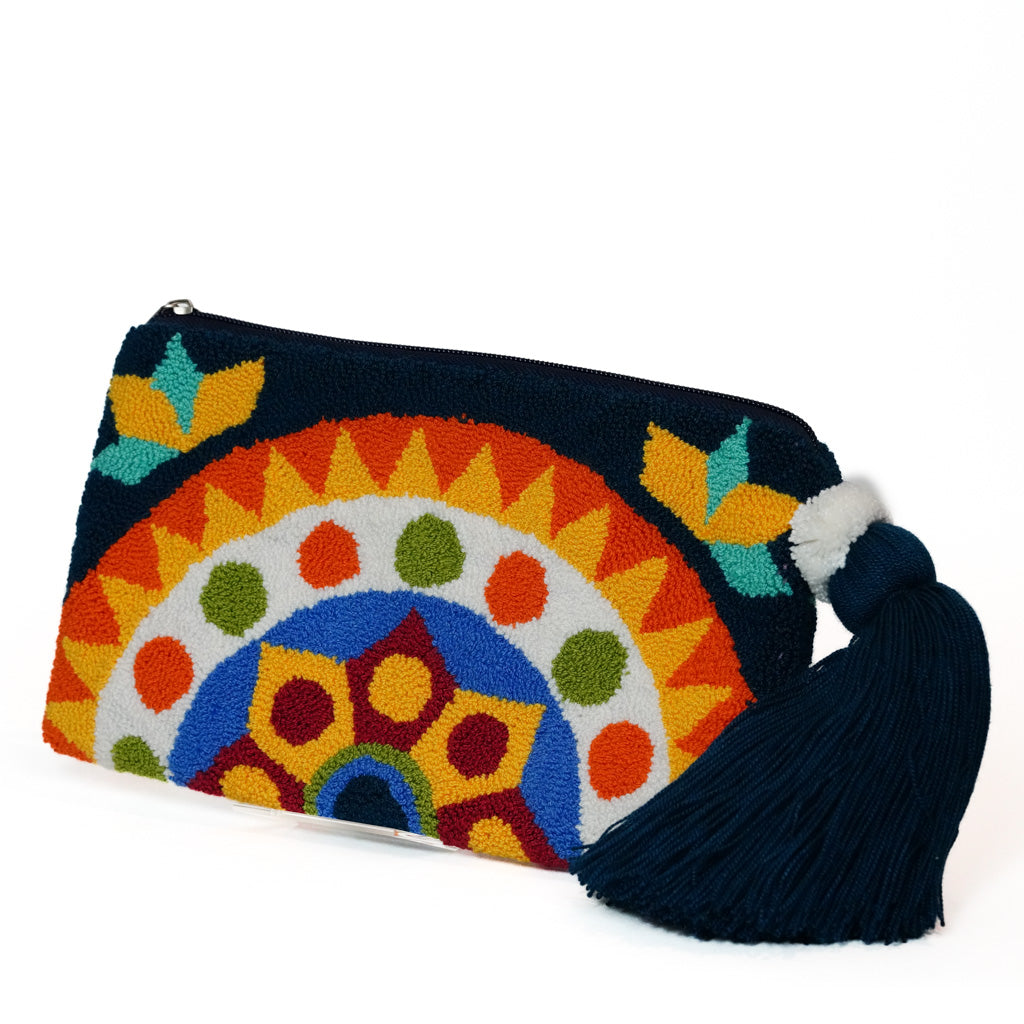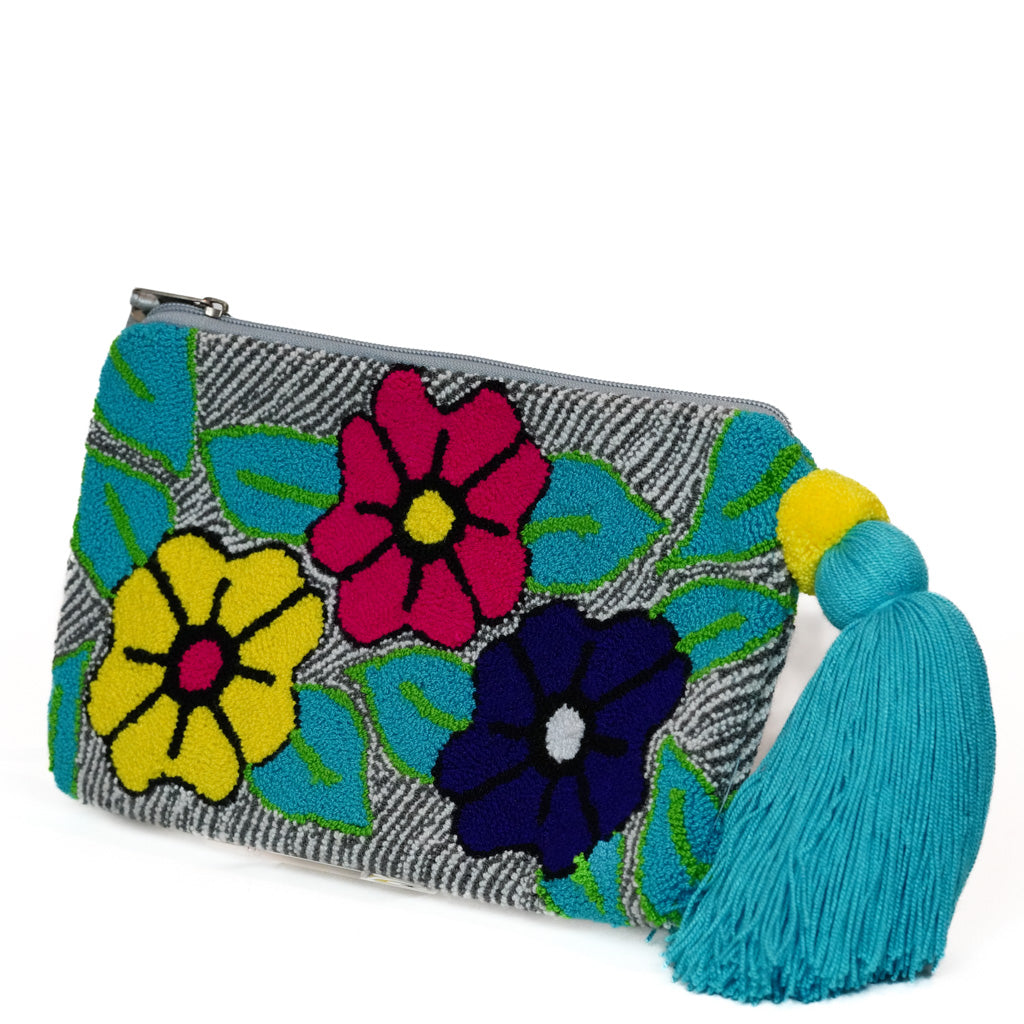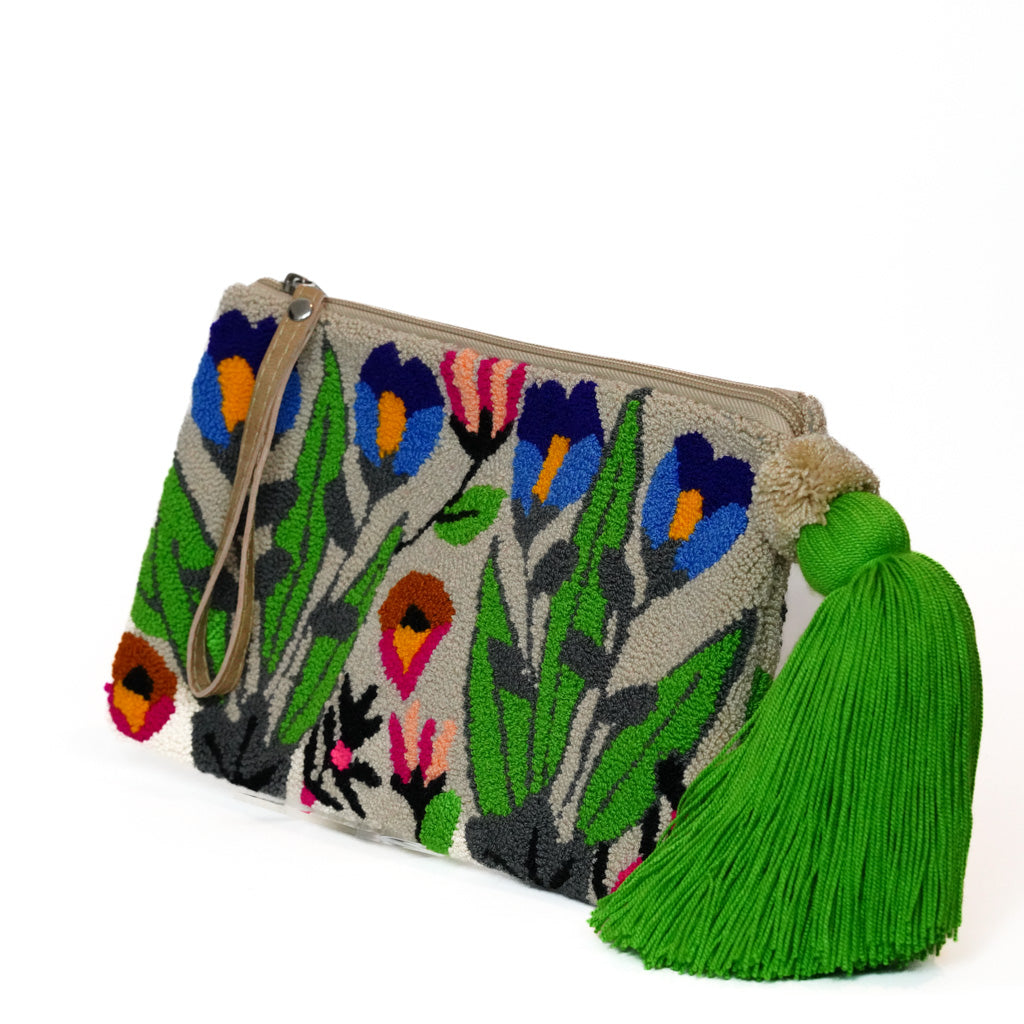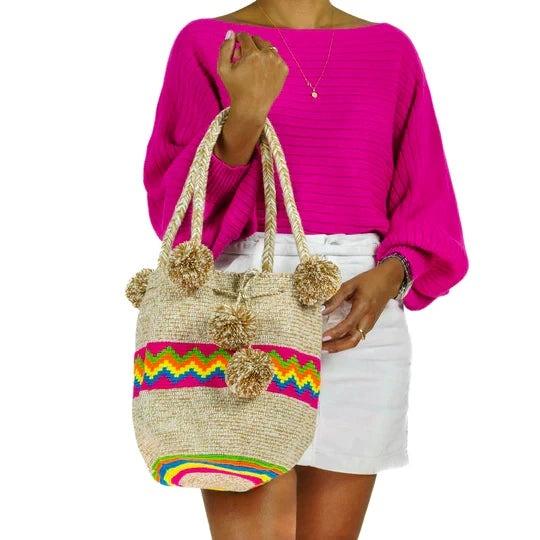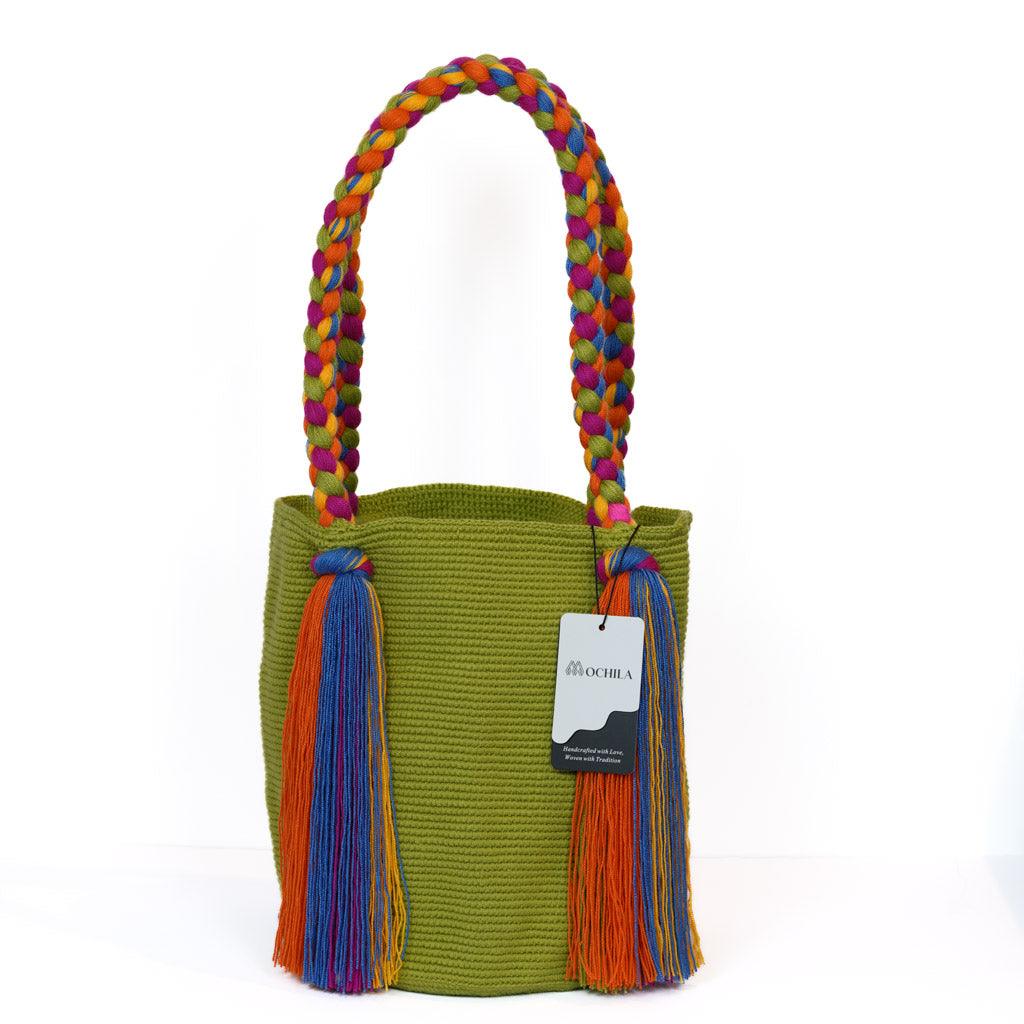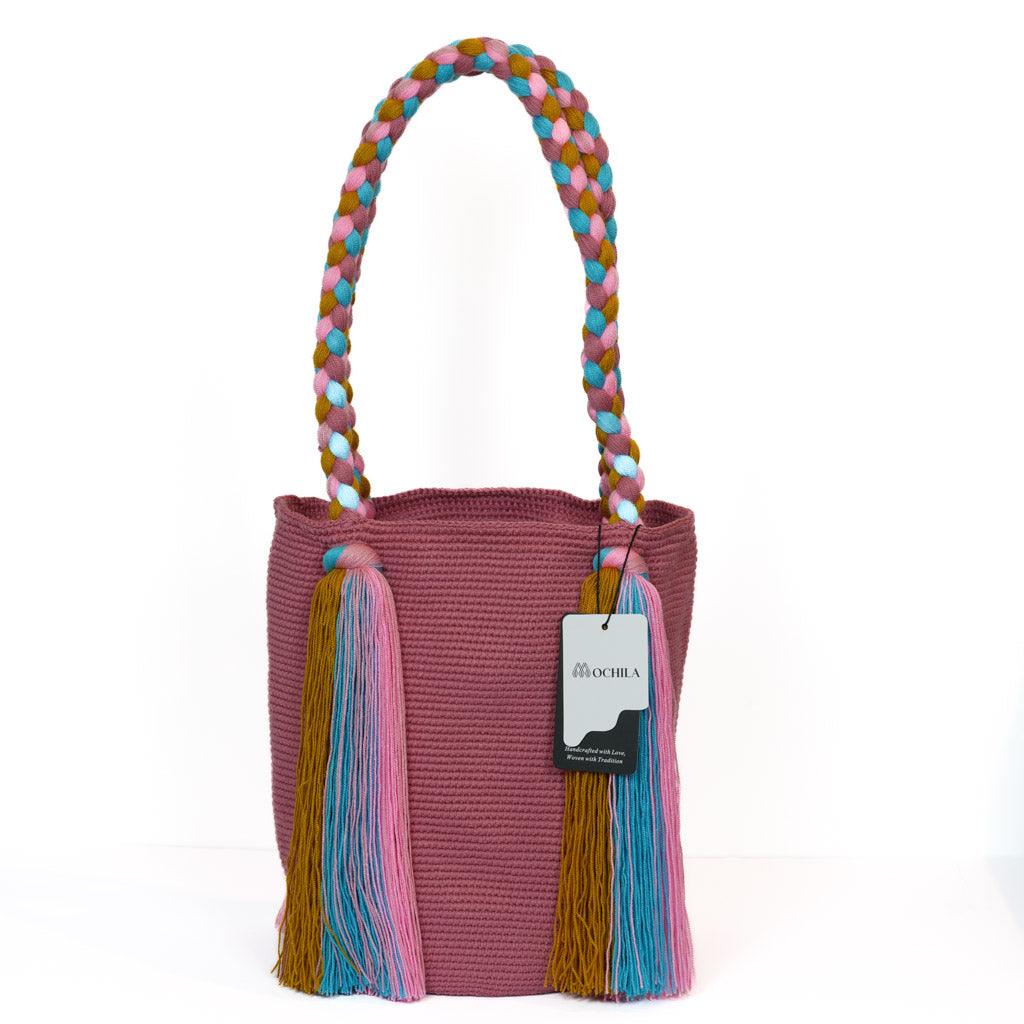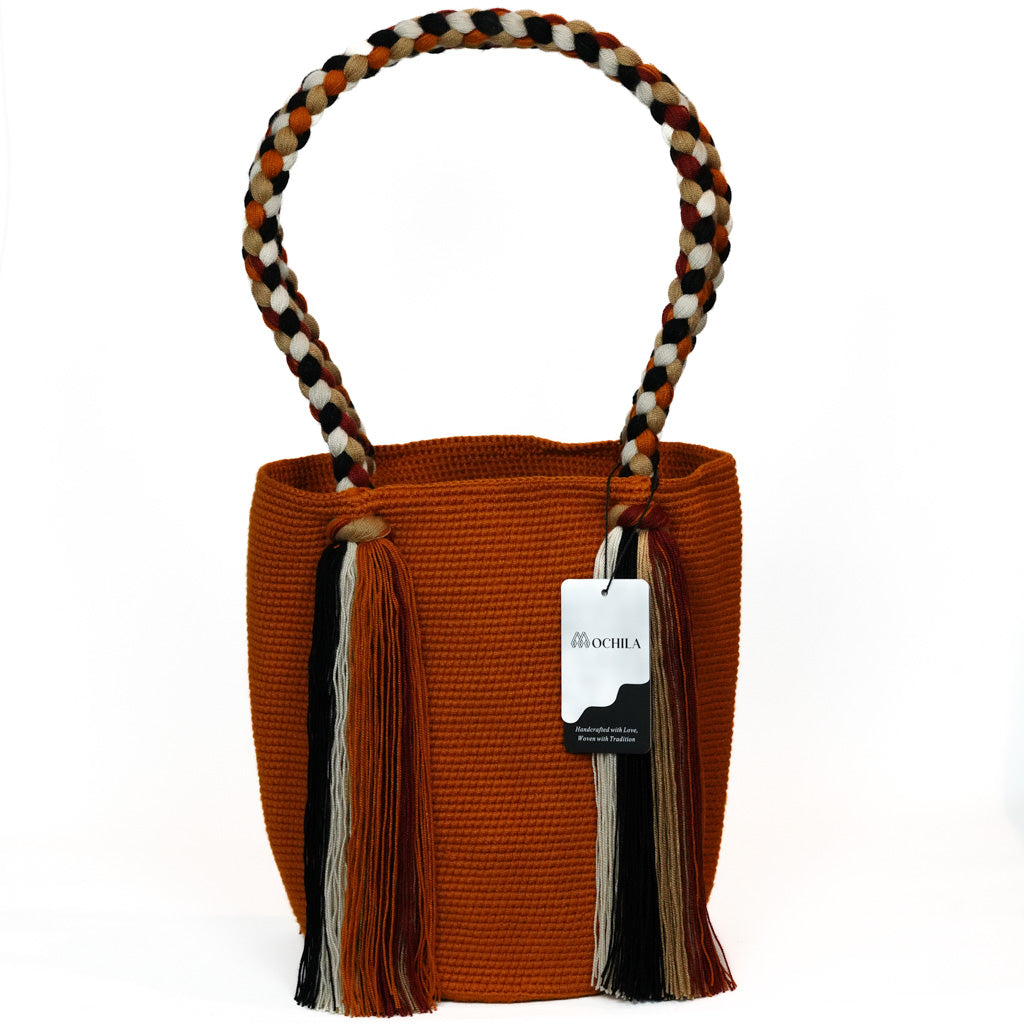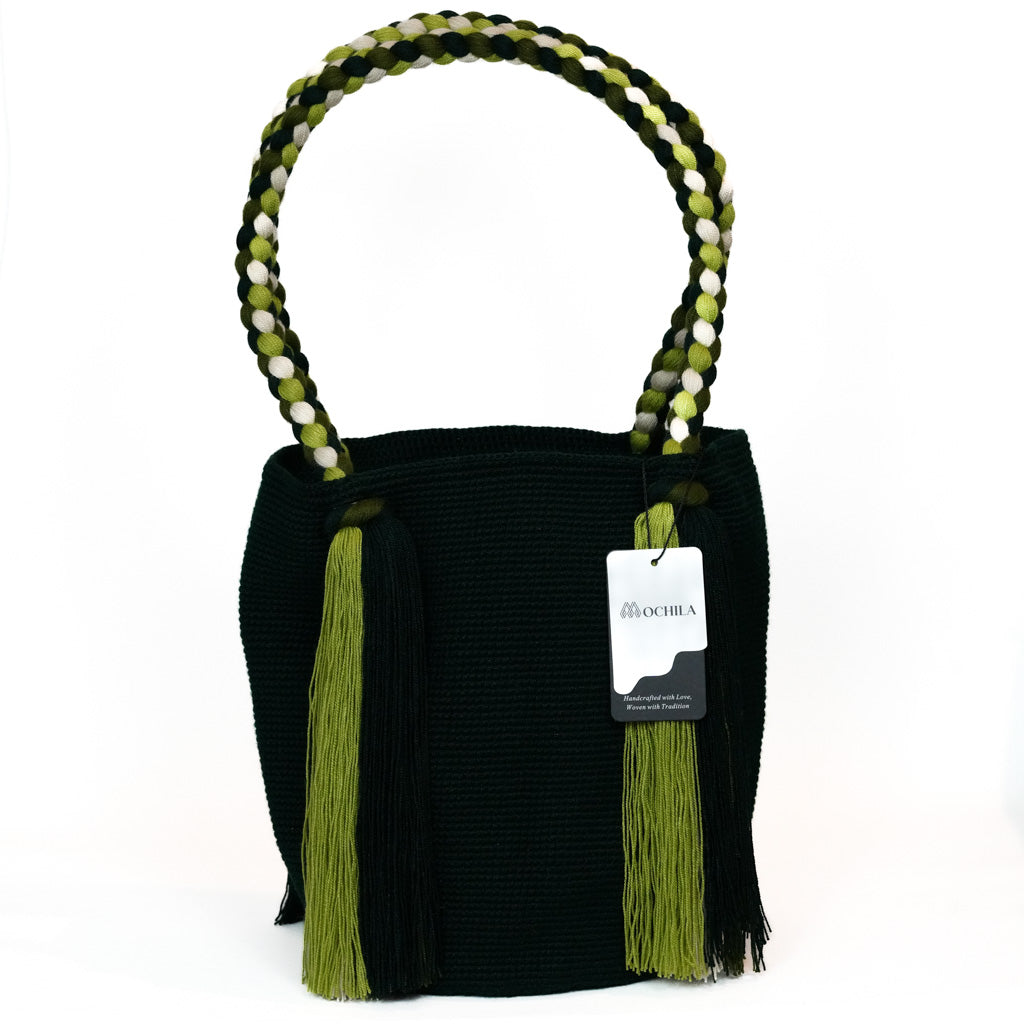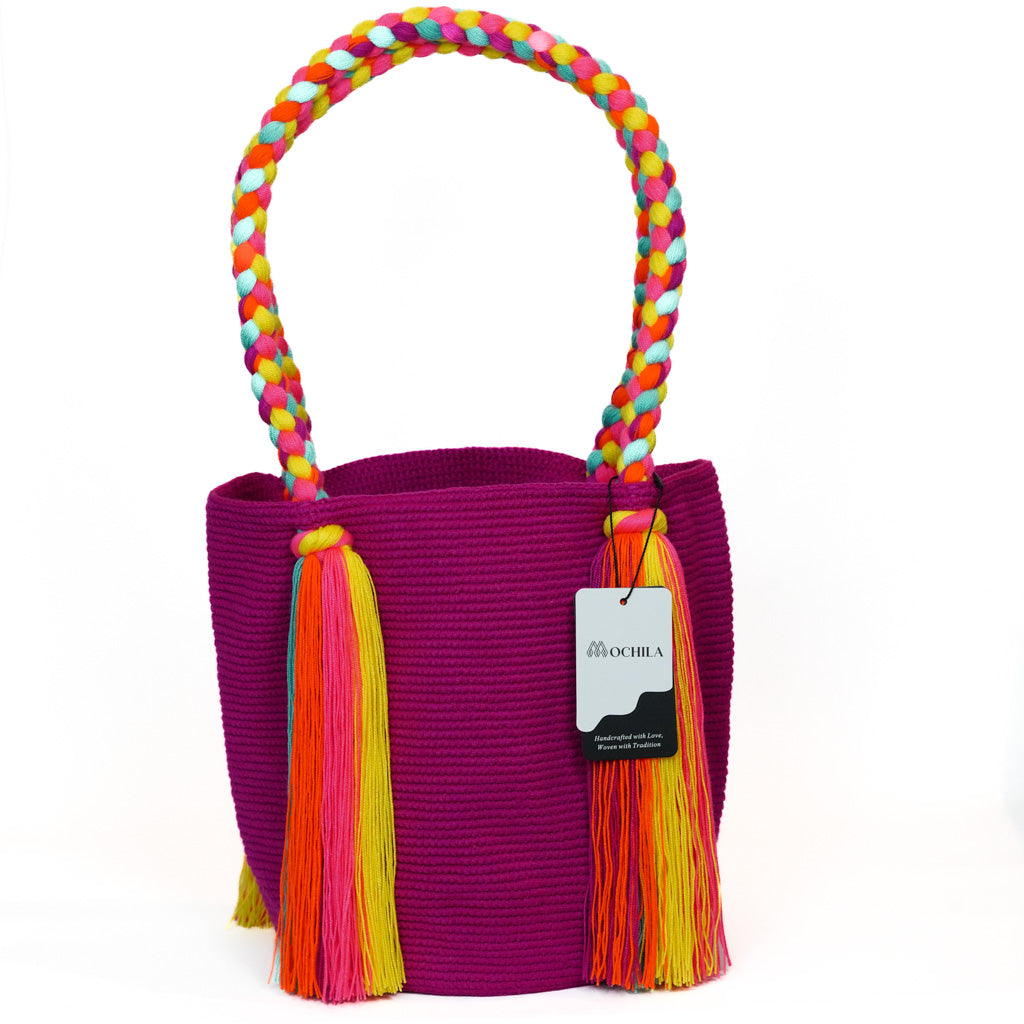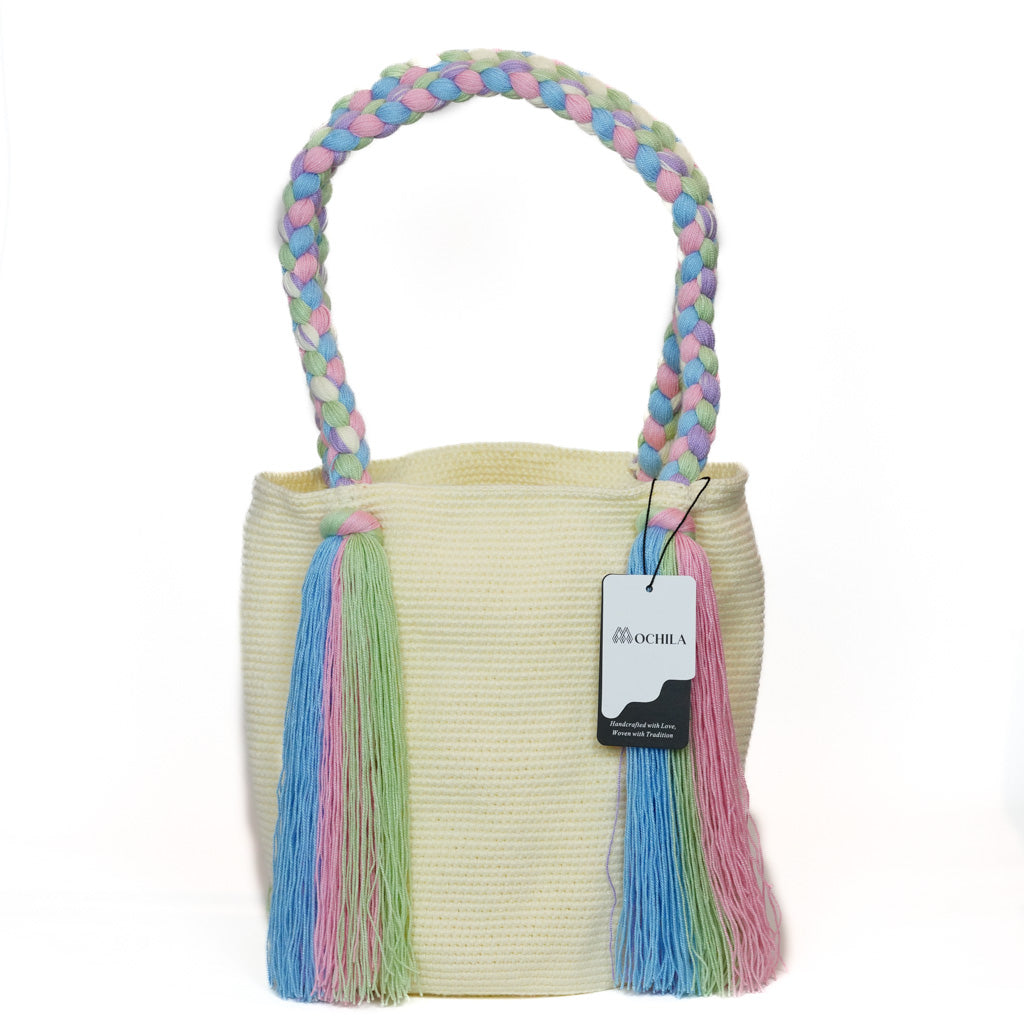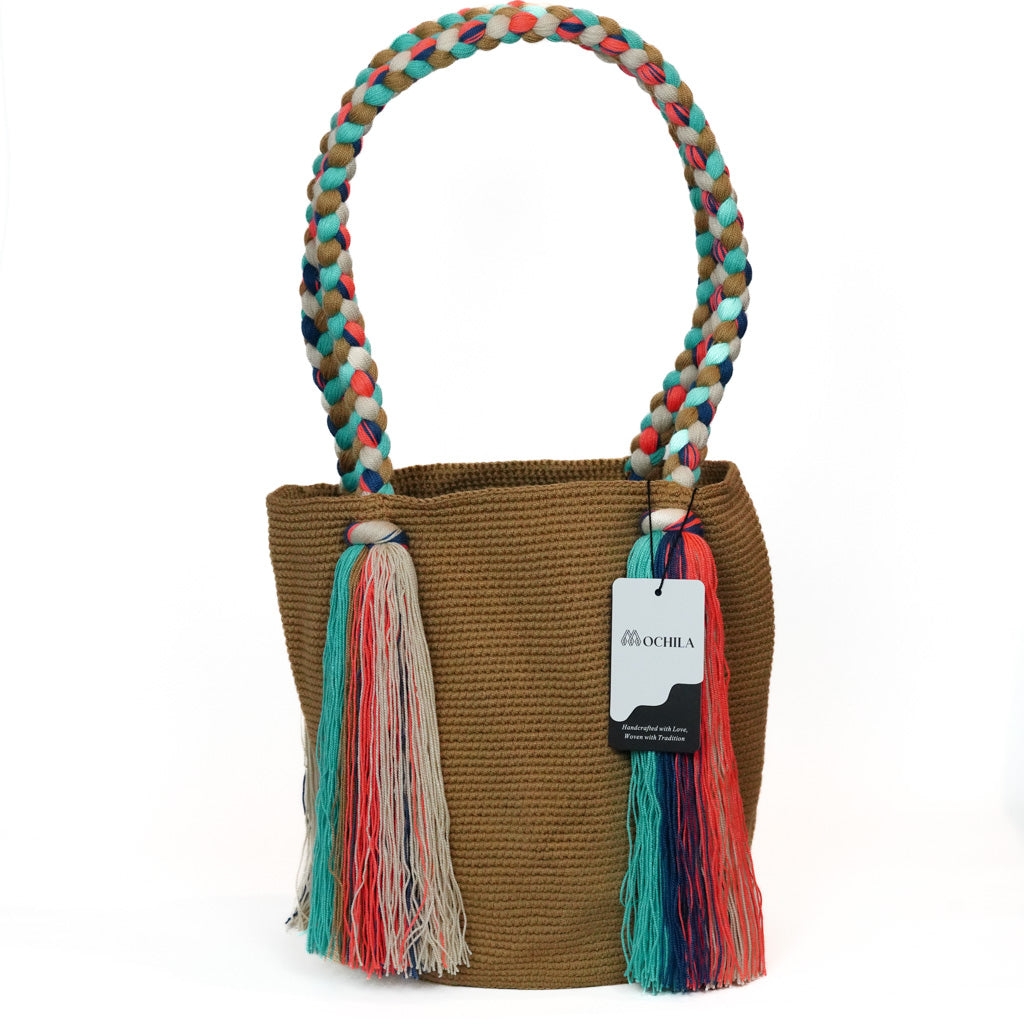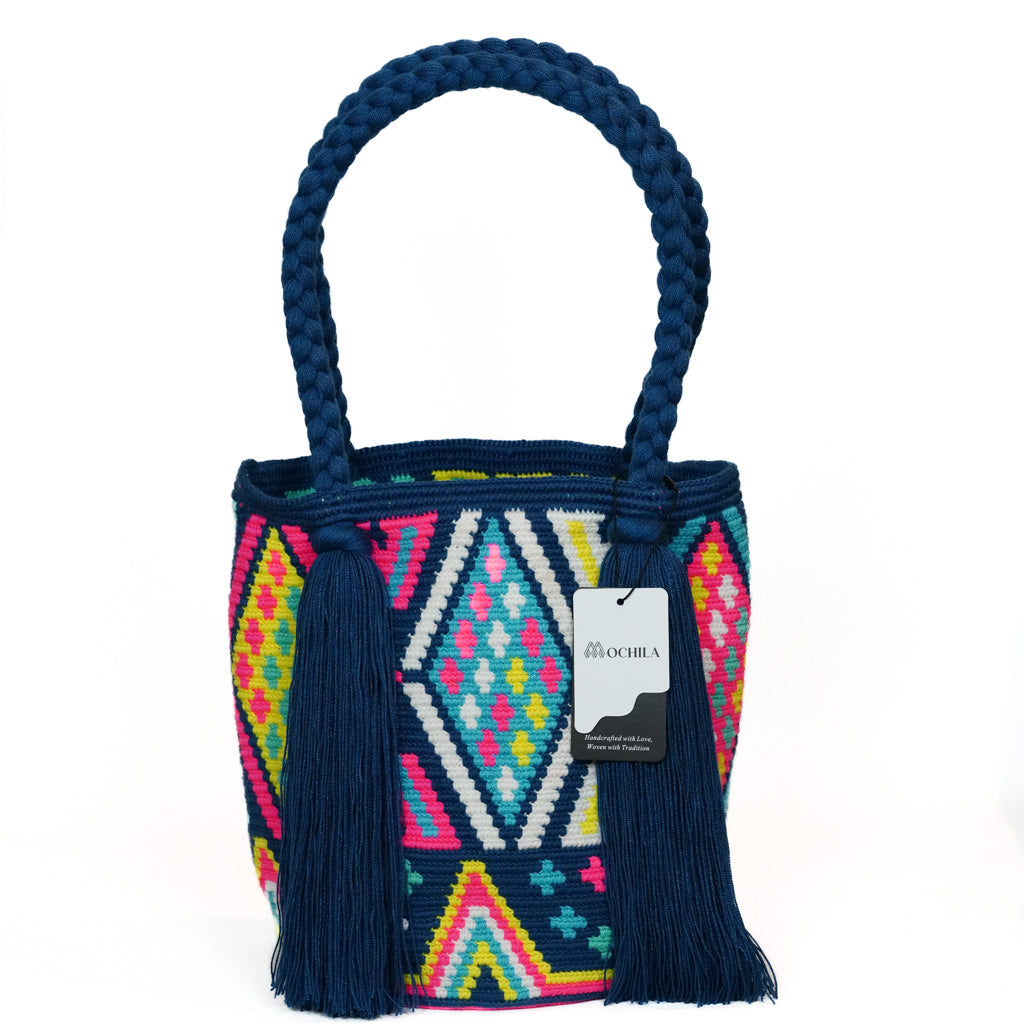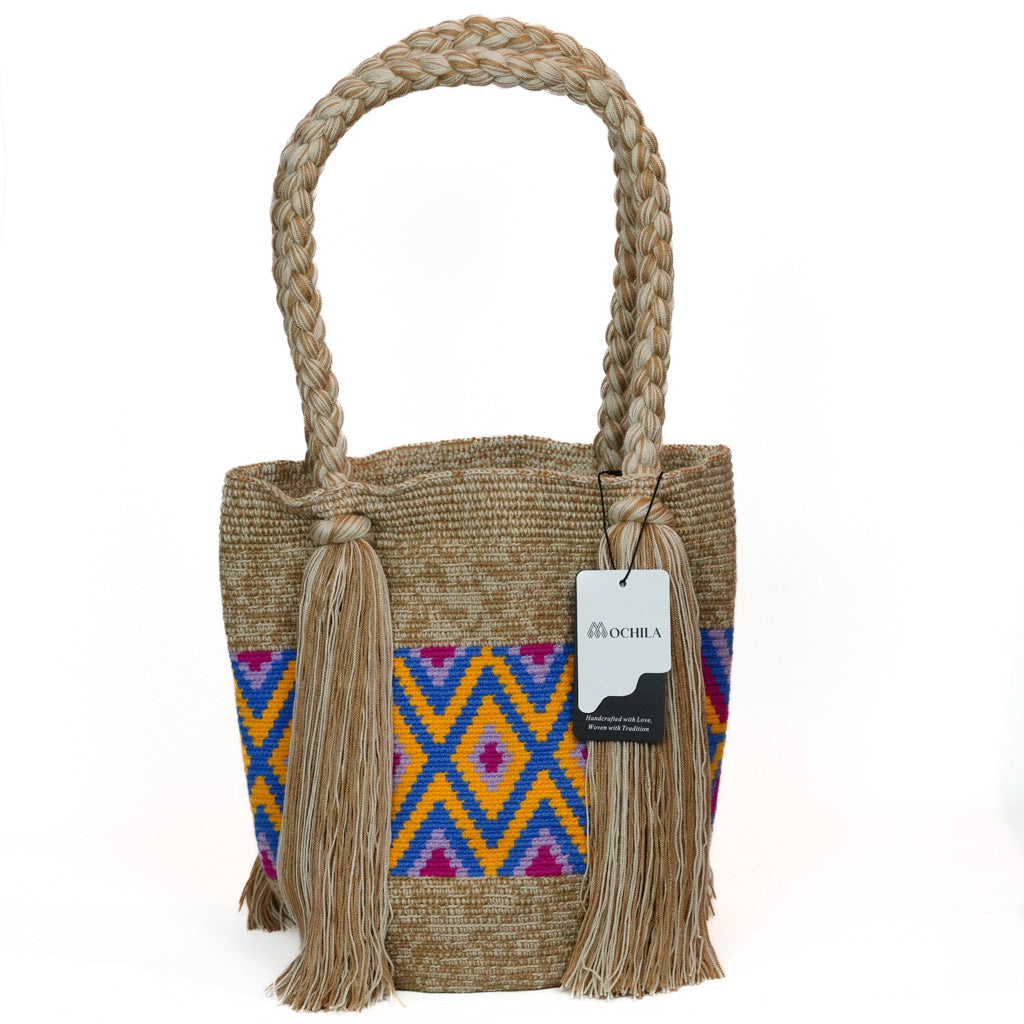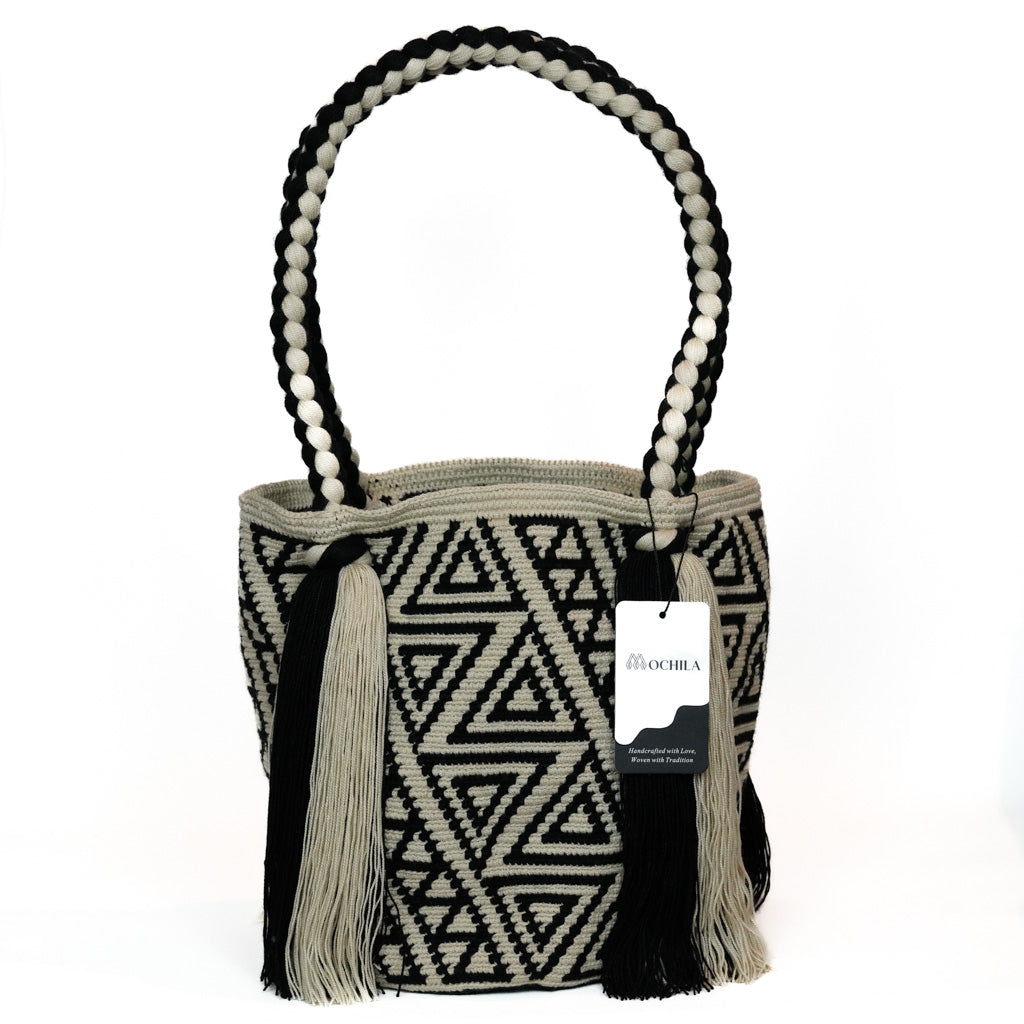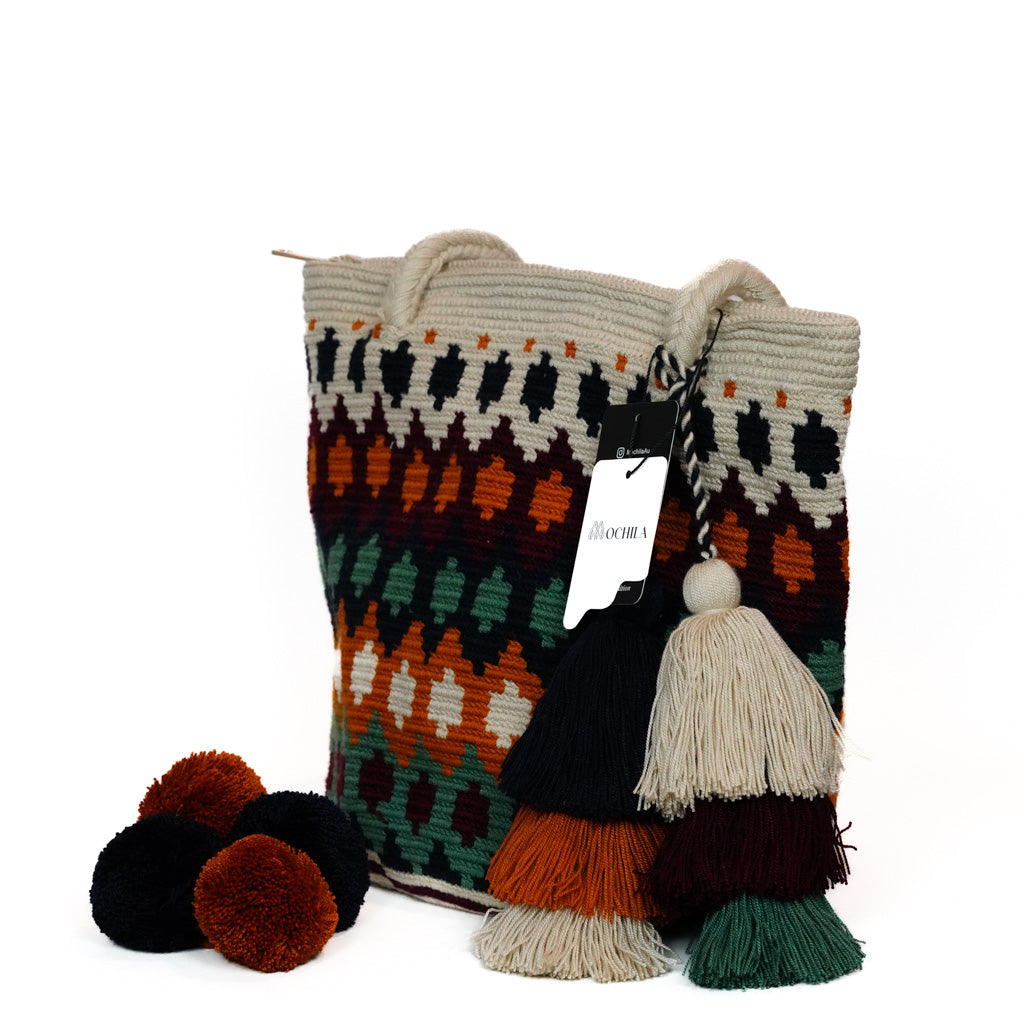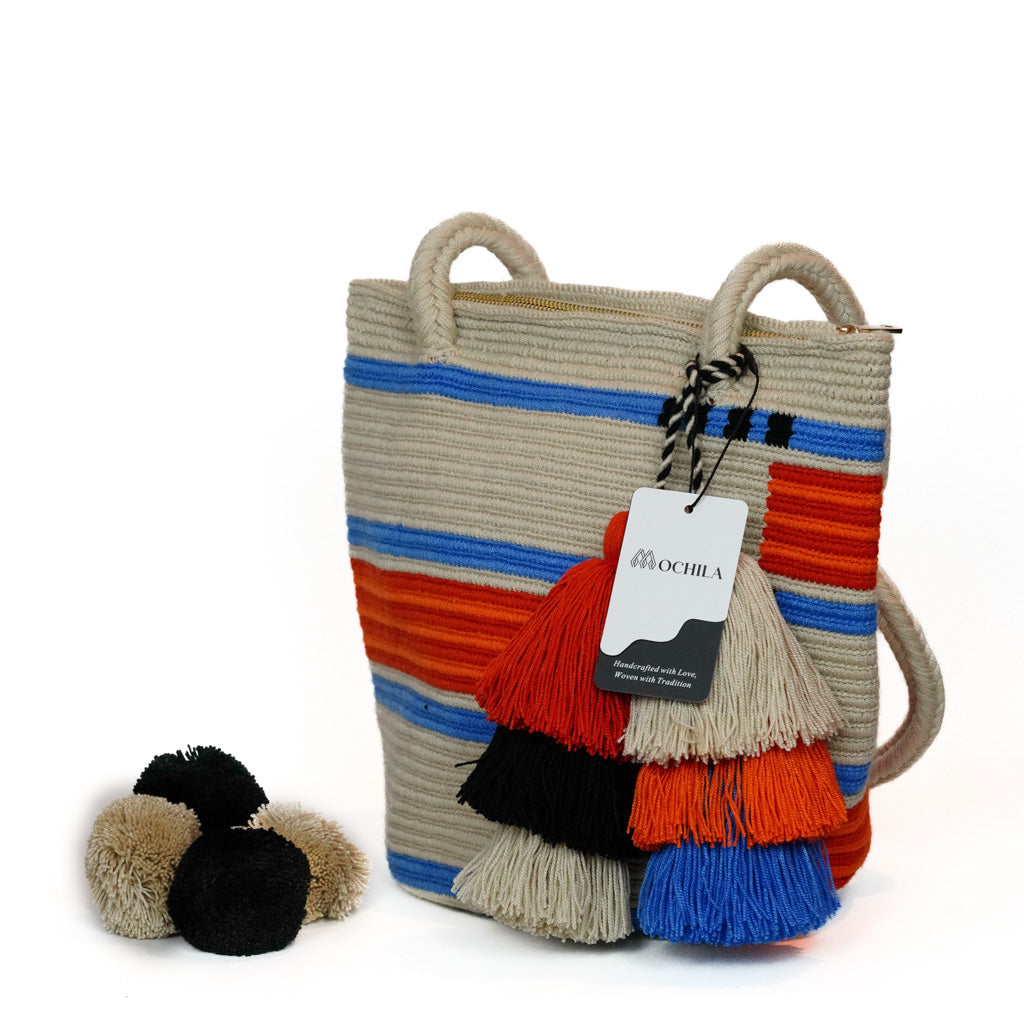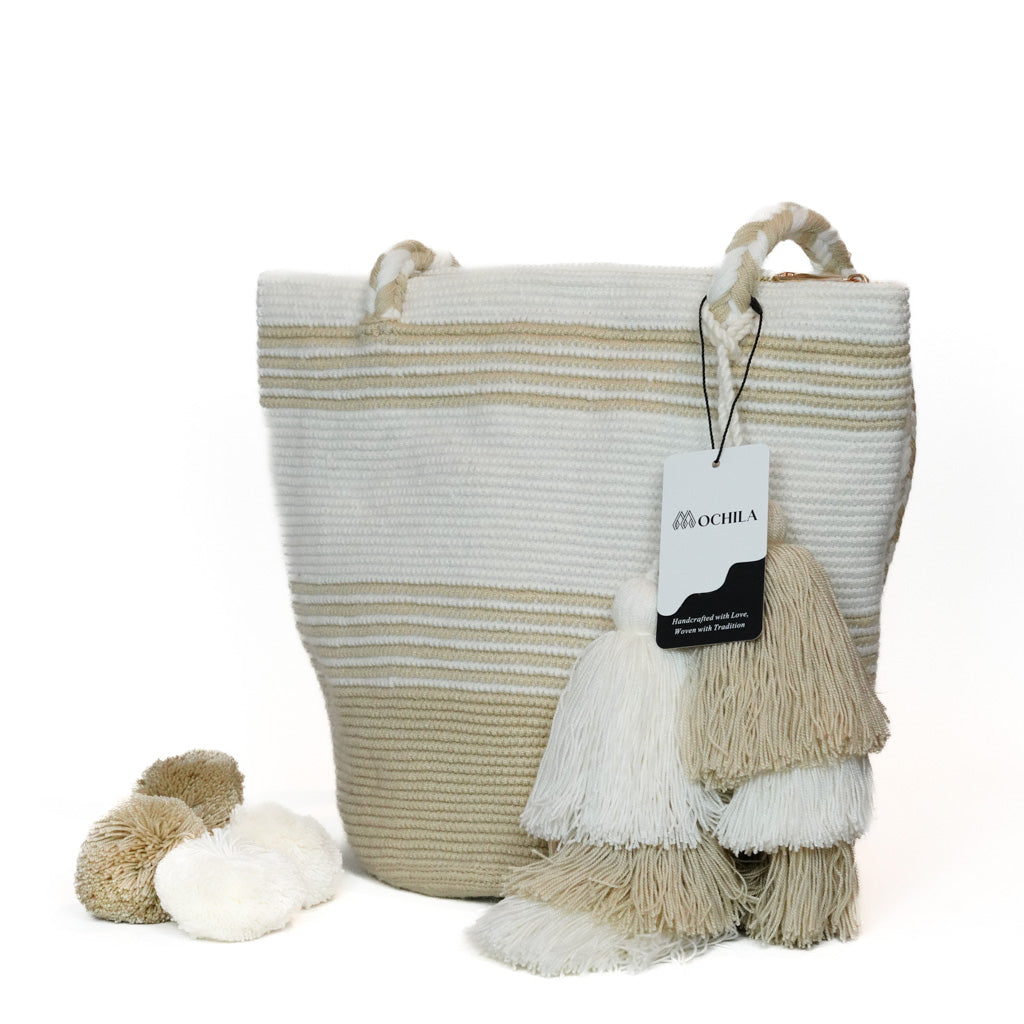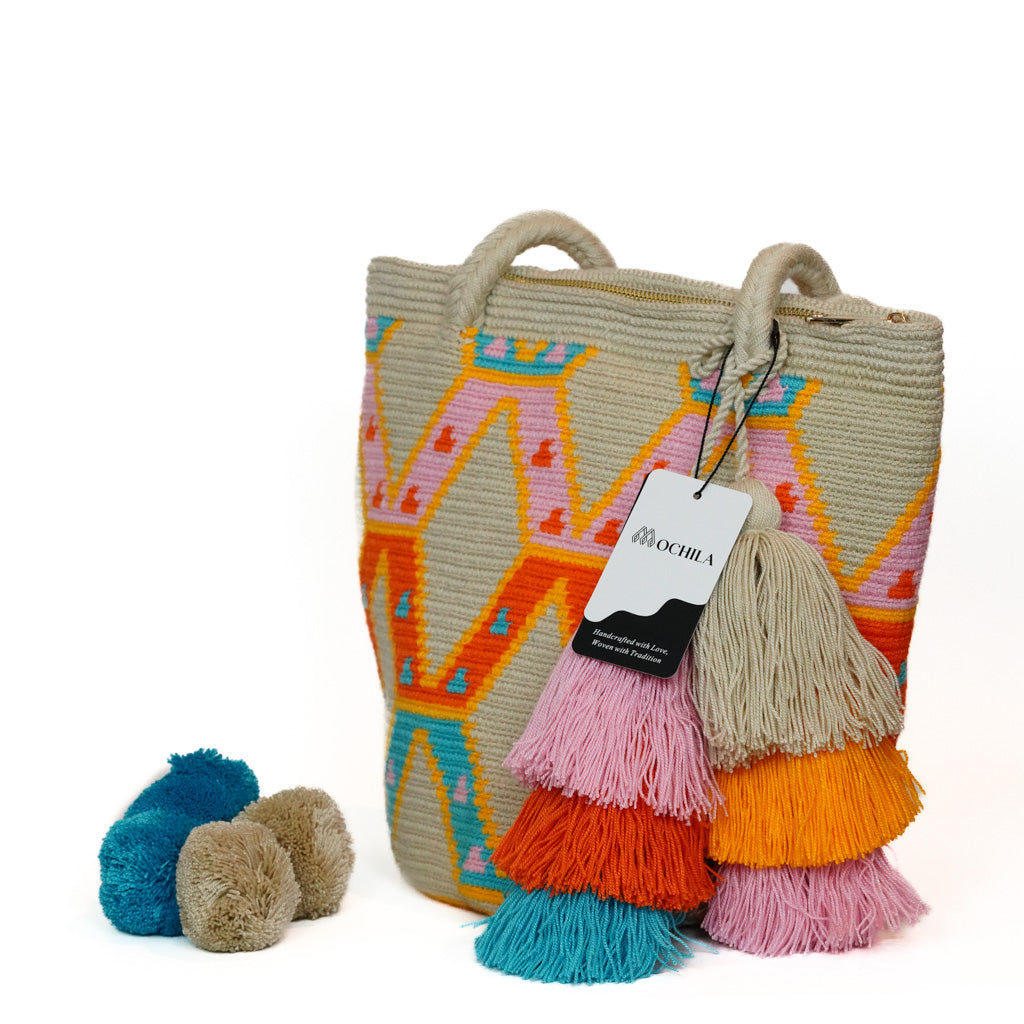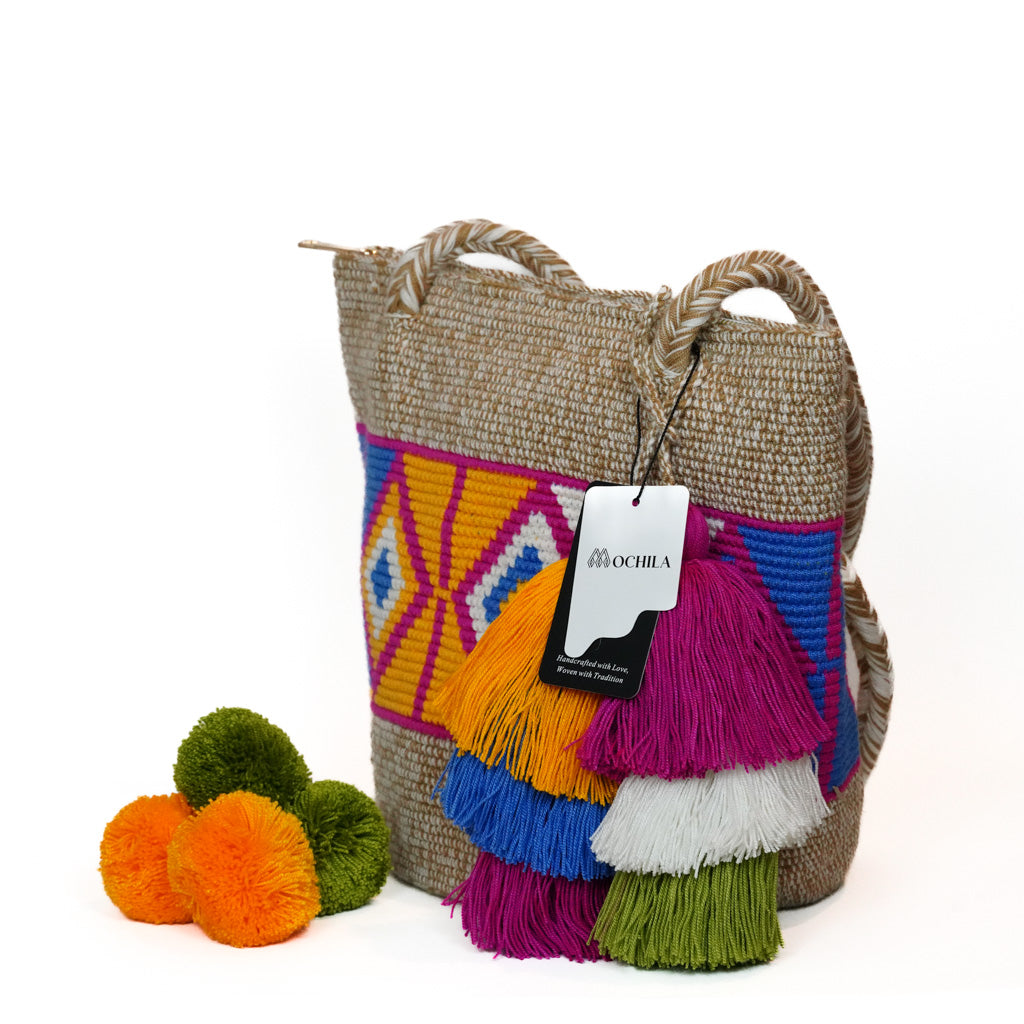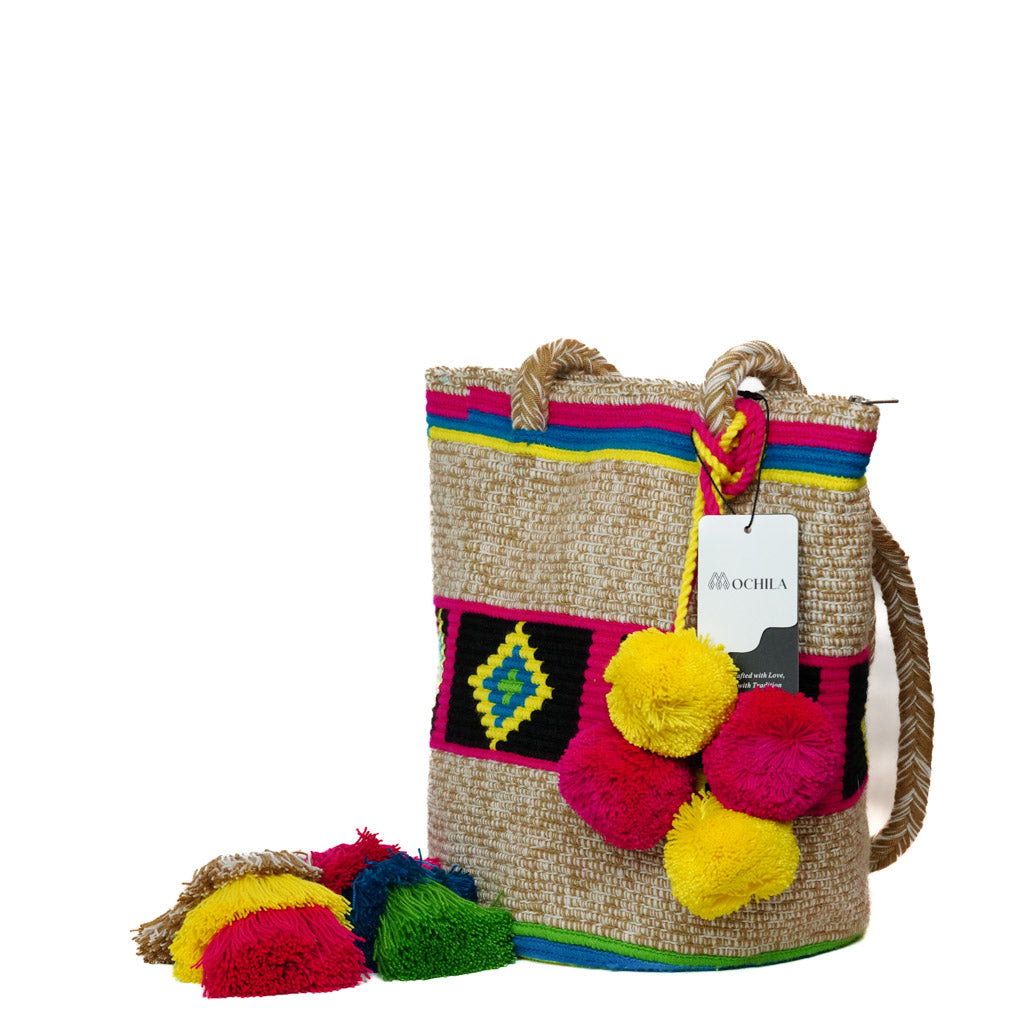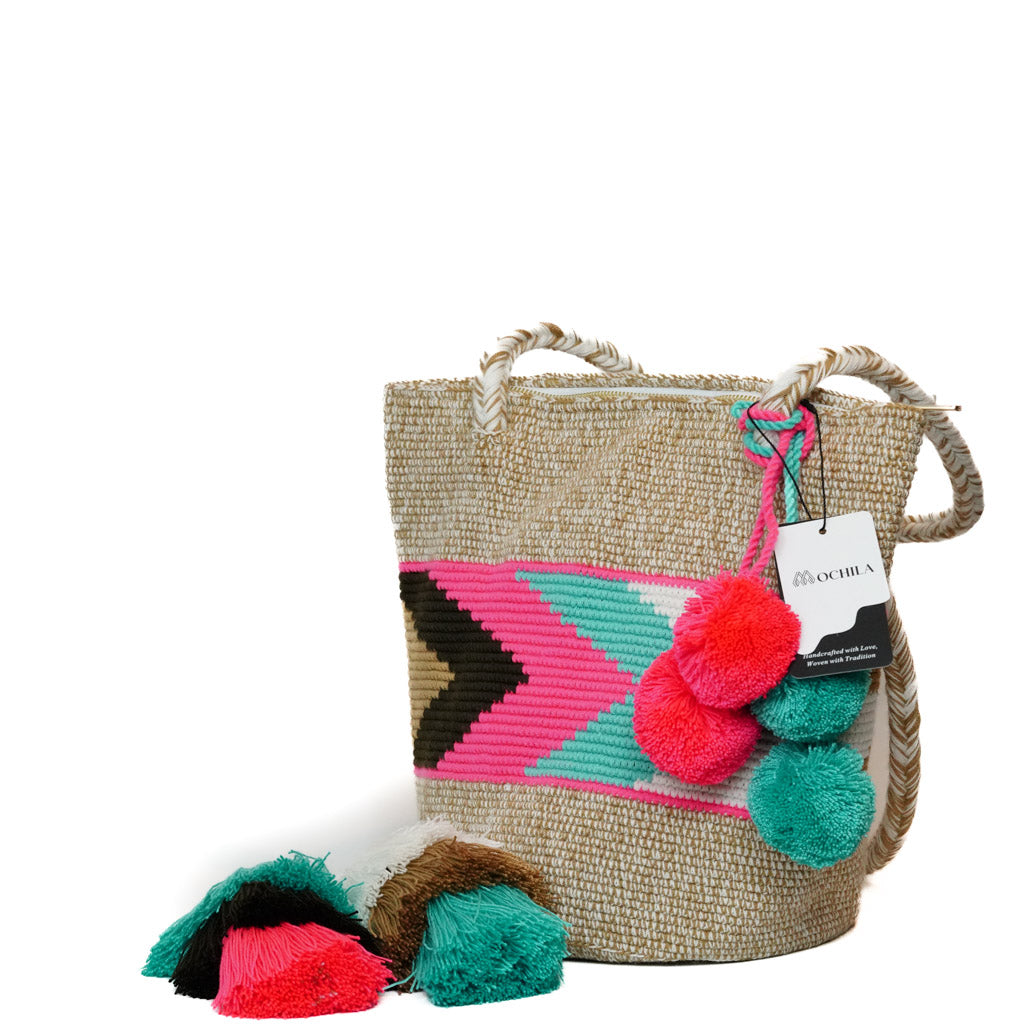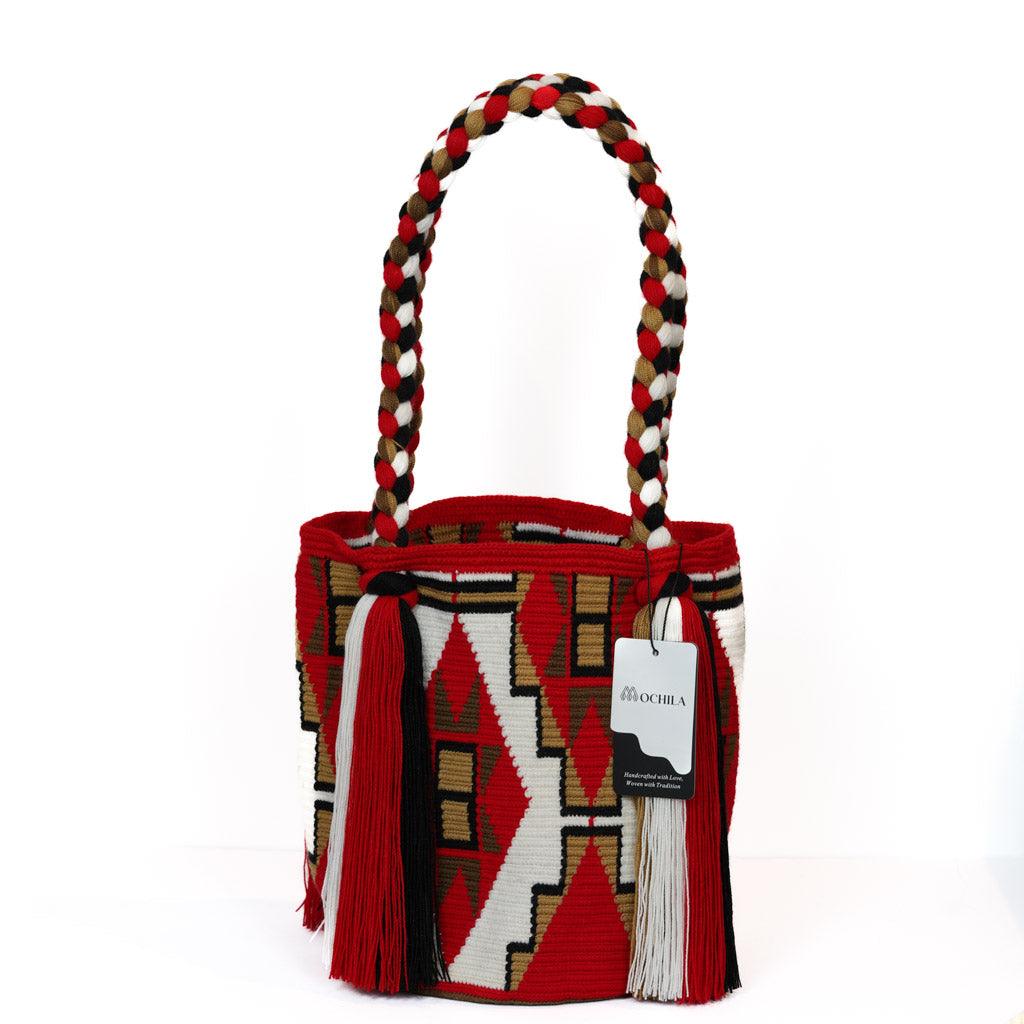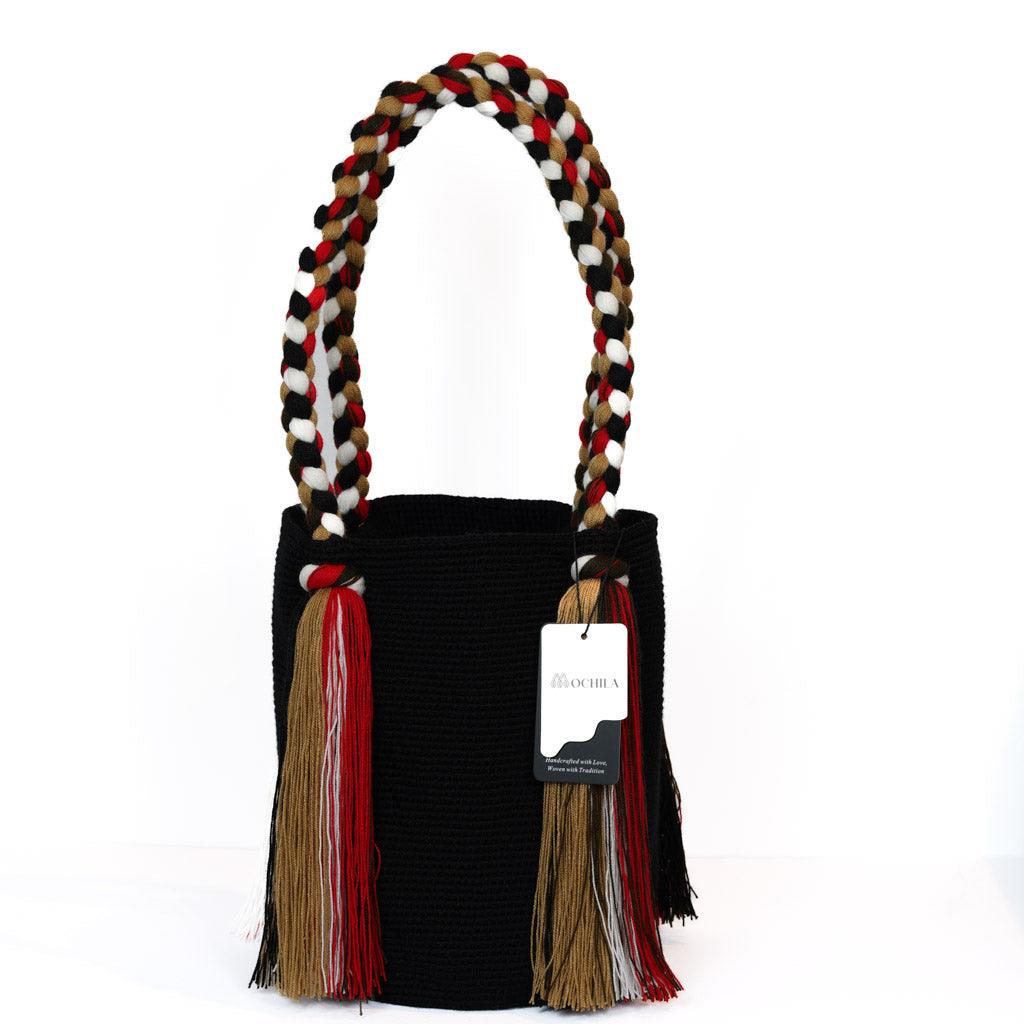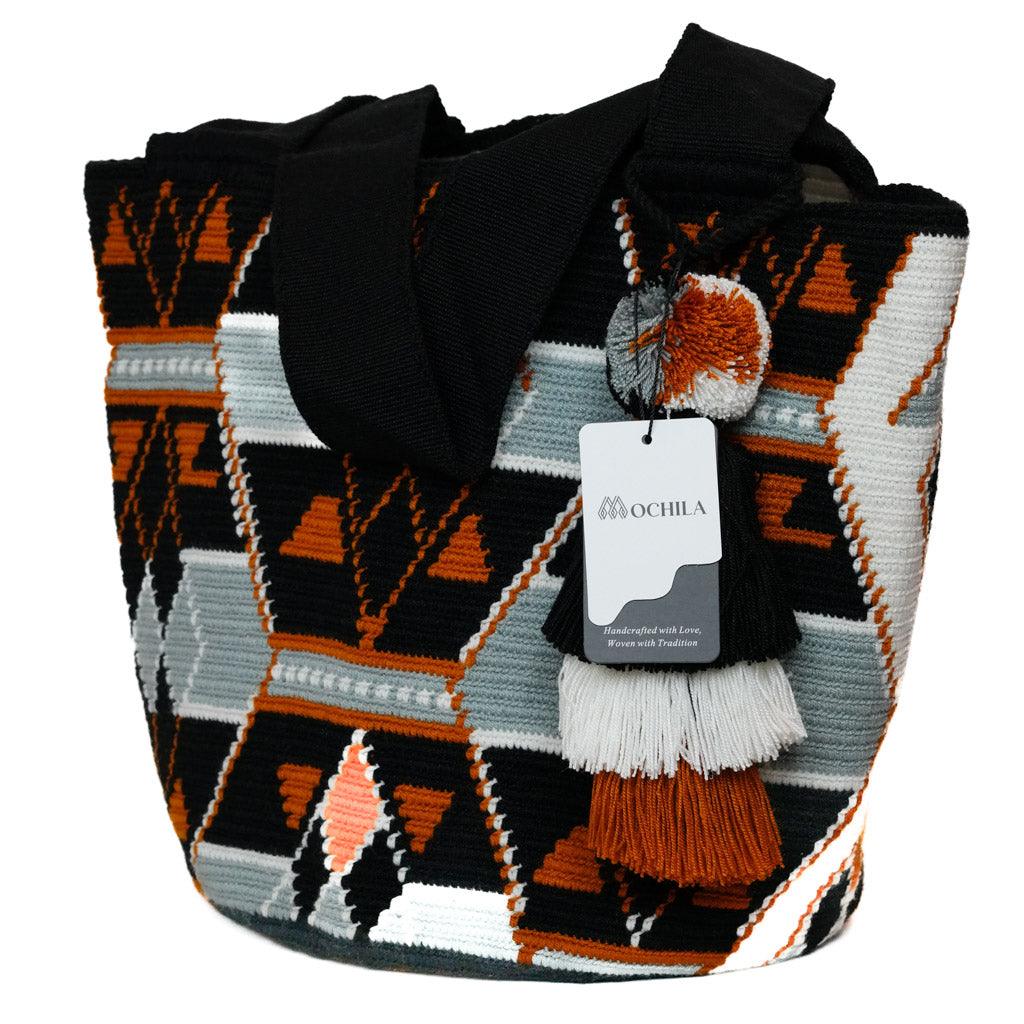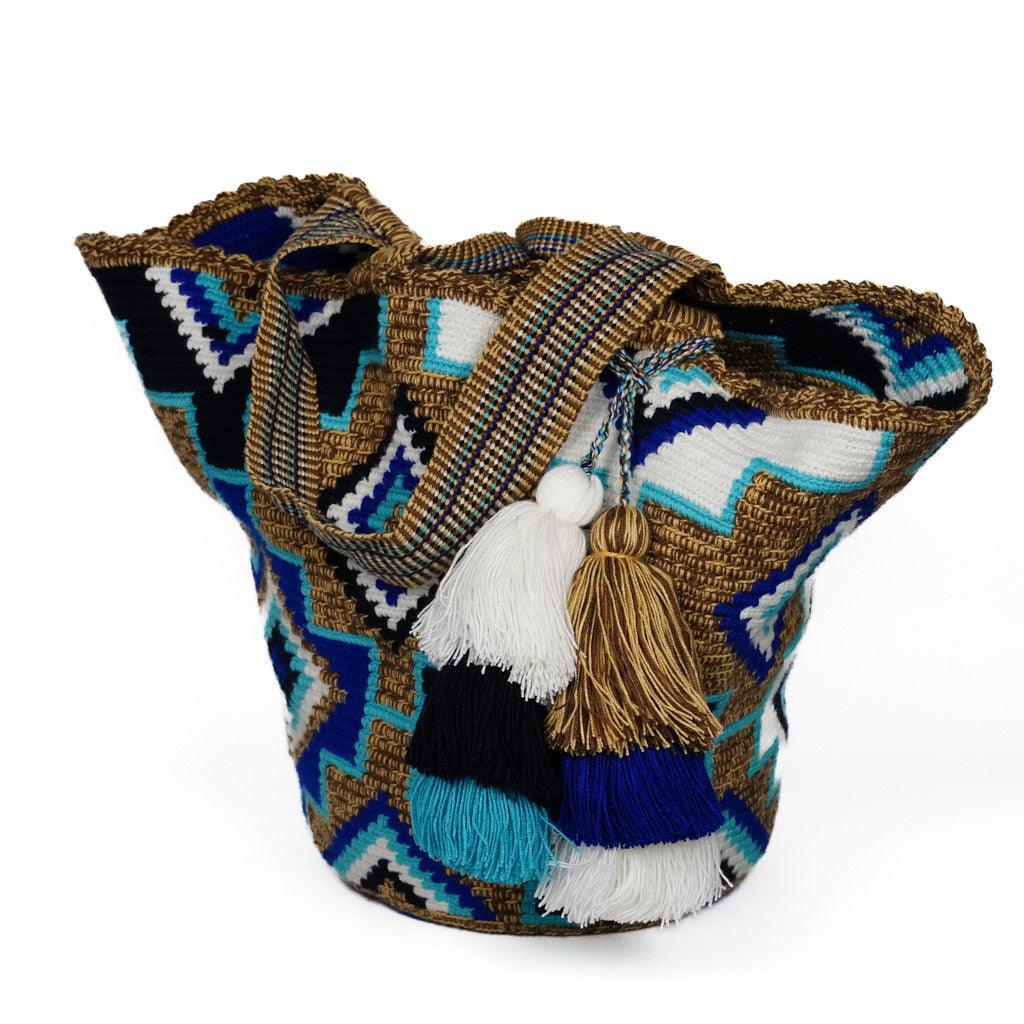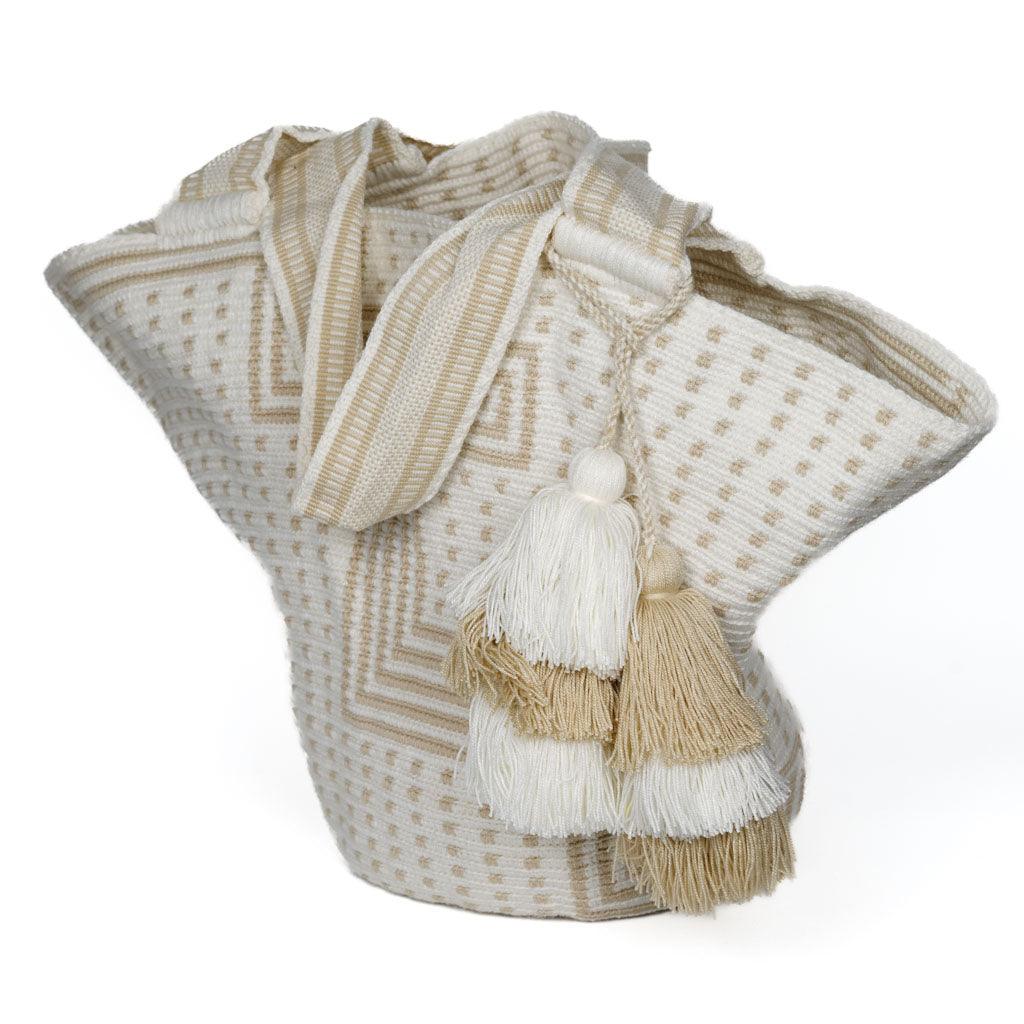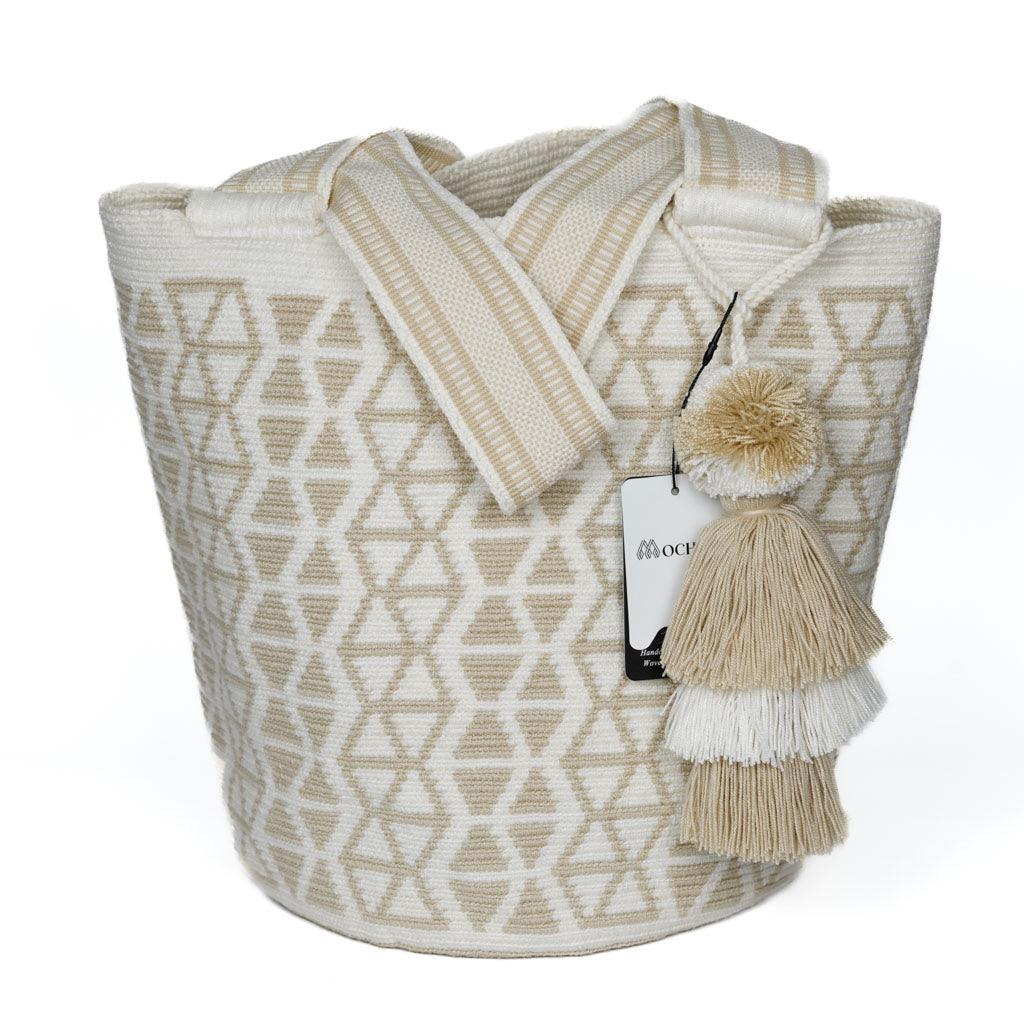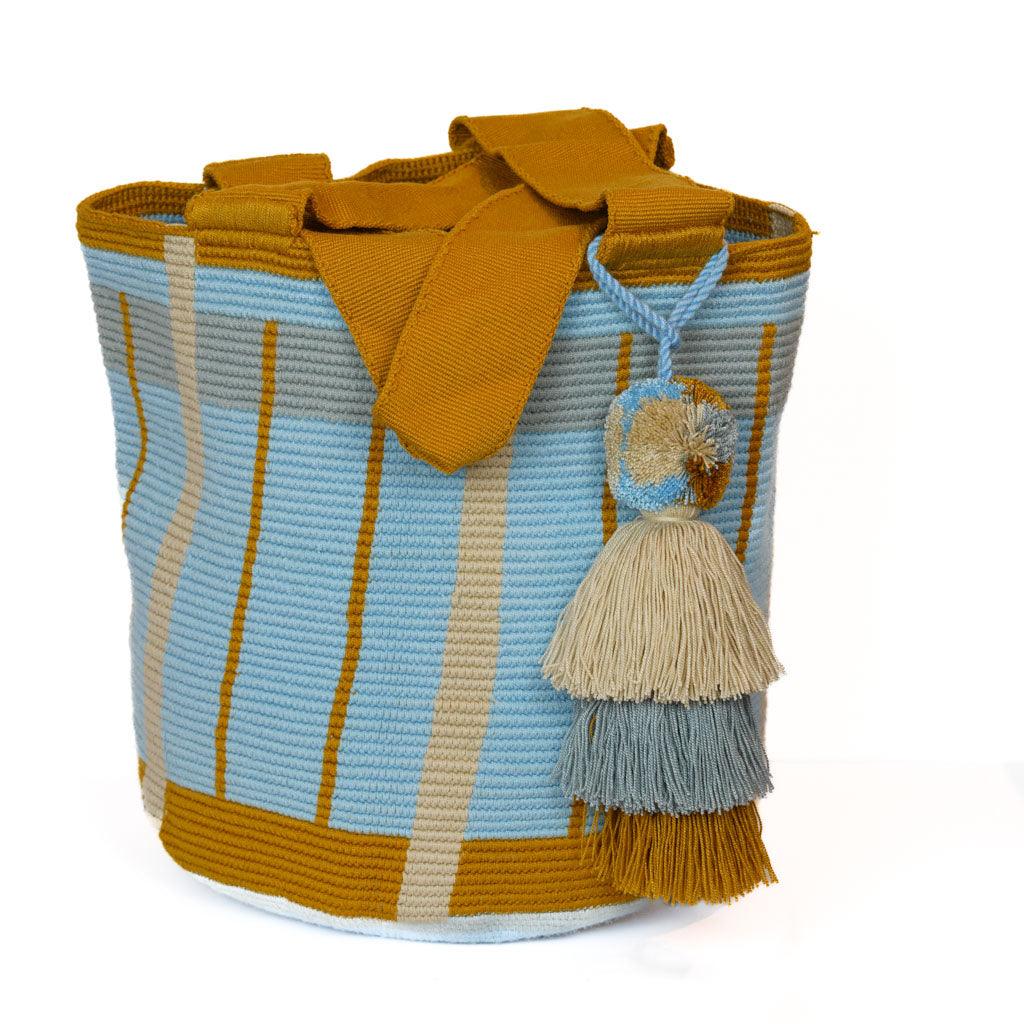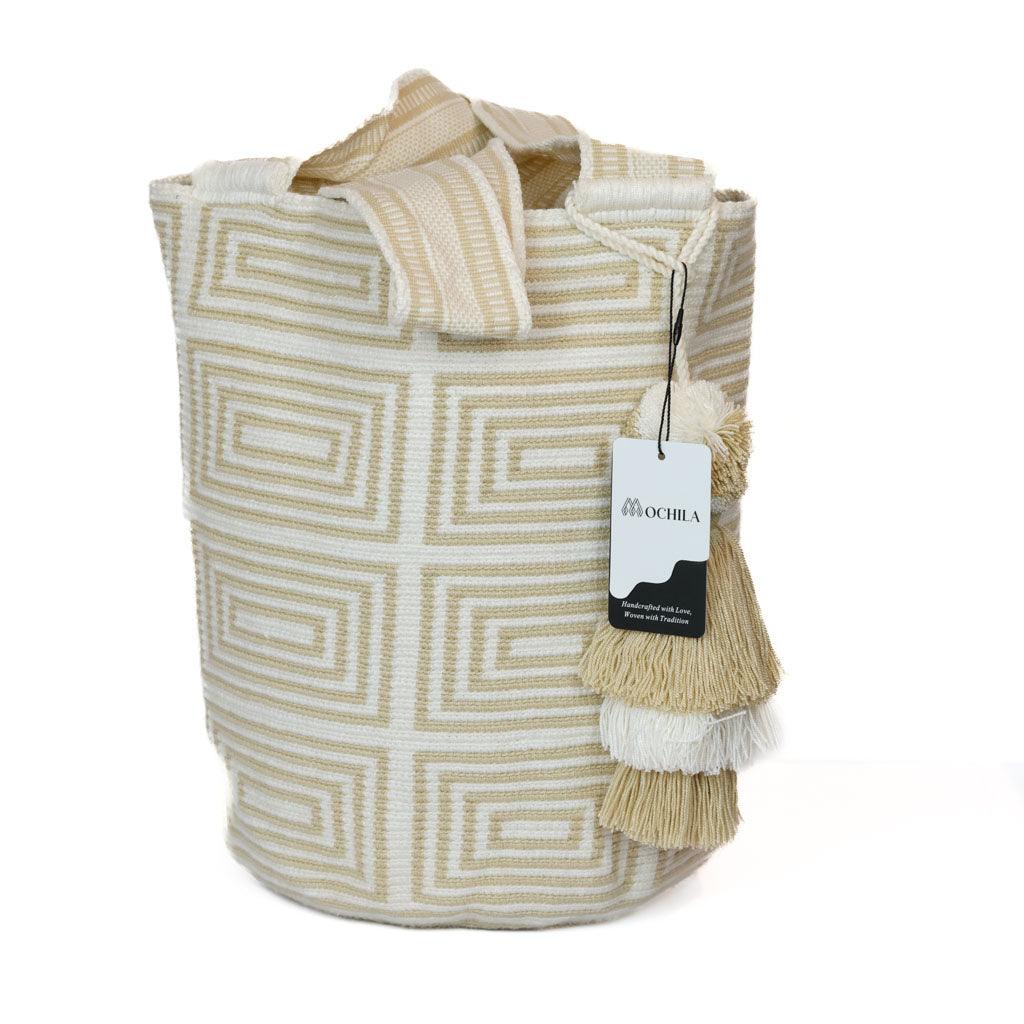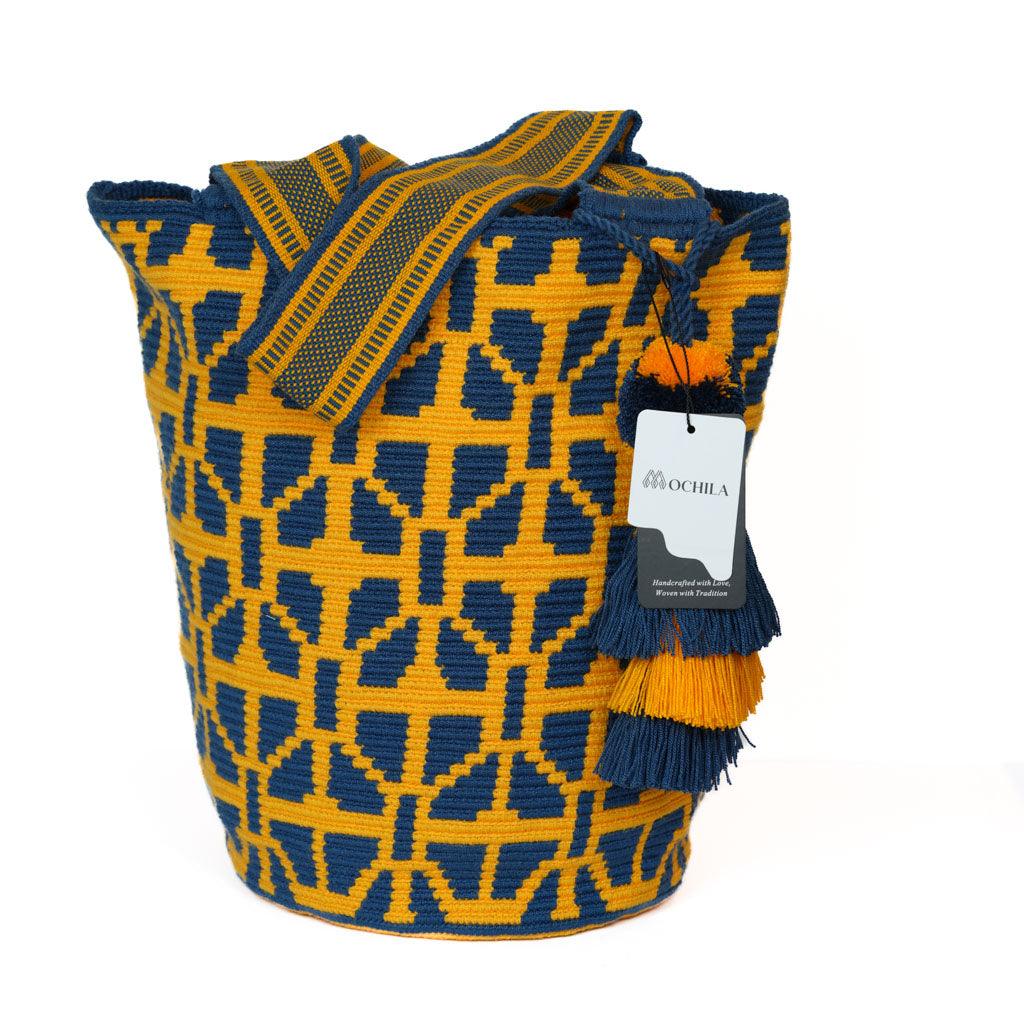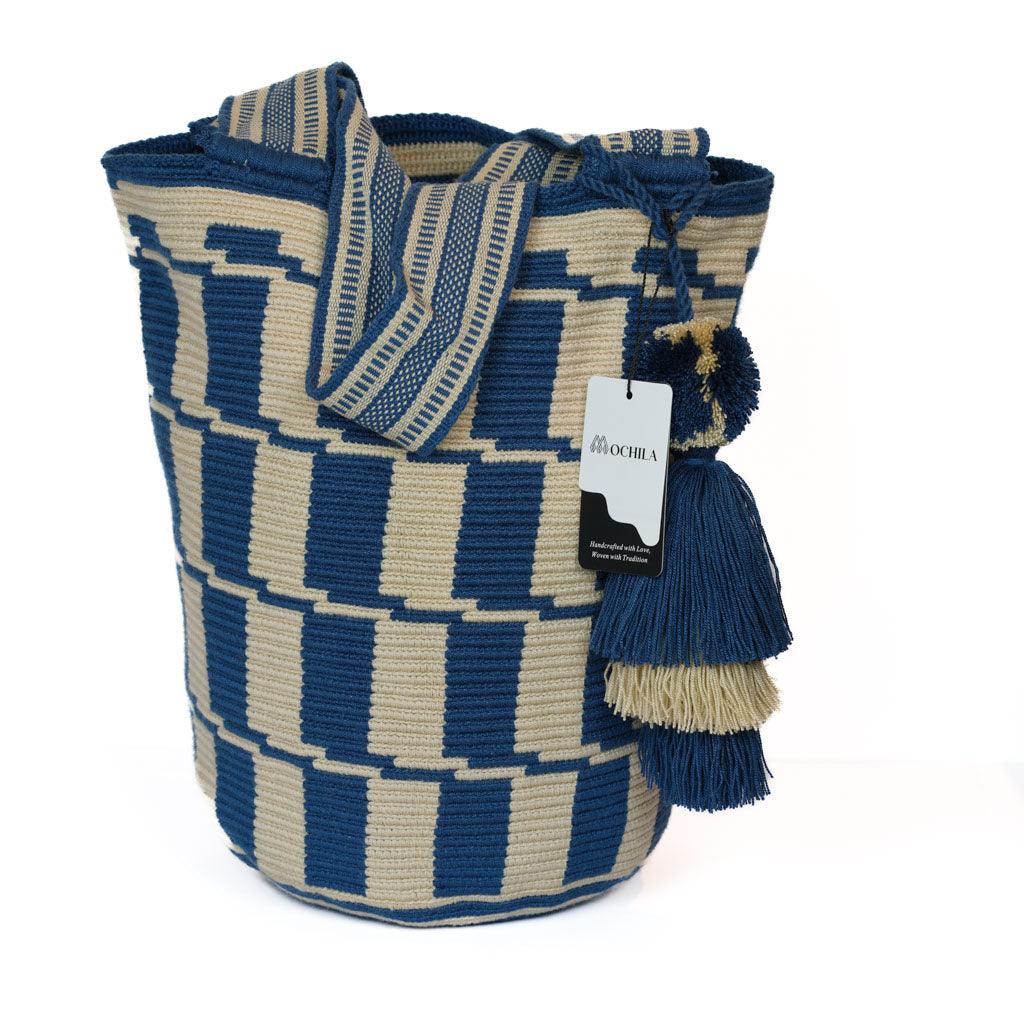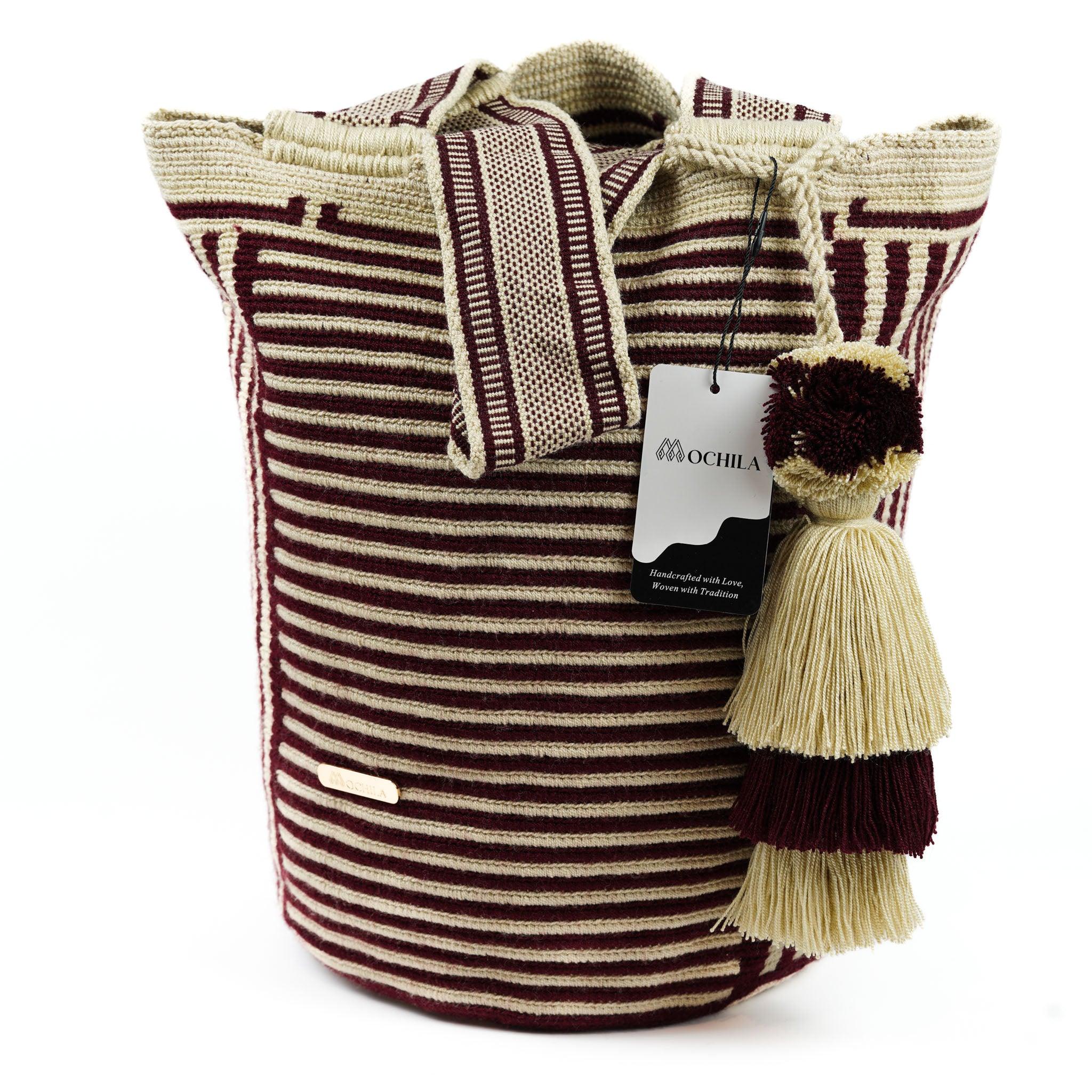Introduction to Crocheting Bags
As the world of crochet continues to expand, so does the number of projects you can undertake. One such exciting venture is learning how to crochet bags. Whether you're a novice looking to expand your skills or an experienced crocheter, creating your own bags can be a rewarding and practical project.
Why Crochet Your Own Bags?
Crocheting your own bags is not just an opportunity to hone your skills, but also a chance to add a touch of personal style to your everyday items.
Firstly, customization is a significant advantage. You get the freedom to choose your colors, patterns, and designs, creating something uniquely yours.
Secondly, practicality plays a role. From small coin purses to large beach tote bags, crocheting allows you to create bags tailored to specific uses.
Finally, there's the satisfaction that comes from creating something with your own hands. Every stitch is a testament to your skill and patience, resulting in an item that's both useful and a conversation starter.
Different Types of Crochet Bags
There's a wide variety of bags you can crochet, each with its own purpose and charm. Here are a few types that you can consider:
- Tote Bags: These are the perfect companions for shopping trips or beach outings. Learn how to crochet tote bags here.
- Market Bags: These reusable bags are excellent for eco-conscious shoppers. Check out our guide on how to crochet market bags.
- Purses: These small, fashionable items are great for carrying essentials. Learn how to crochet purses here.
- Backpacks: These make for practical and stylish accessories, especially for children.
By exploring different types of crochet bags, you can find a project that suits your skill level, meets your needs, and excites your imagination. As you progress, you'll find that the possibilities are endless, making crocheting bags a truly enjoyable journey.
Basics of Crocheting a Bag
Before diving into how to crochet bags, it's important to understand the basic materials needed and the process of choosing the right yarn and hook.
Materials Needed
The primary materials required for crocheting a bag include:
- Yarn: The choice of yarn will largely depend on the type of bag you're aiming to create. For example, a beach tote might require a sturdy cotton yarn, while a small evening bag might look best with a delicate, shimmery yarn.
- Crochet Hook: The size of the hook should be compatible with the yarn's weight.
- Scissors: For cutting the yarn.
- Yarn Needle: For weaving in ends.
Here's a simple table summarizing the basic materials needed:
| Material | Purpose |
|---|---|
| Yarn | Used to crochet the bag |
| Crochet Hook | Used to create and manipulate stitches |
| Scissors | Used to cut yarn |
| Yarn Needle | Used to weave in ends |
Choosing the Right Yarn and Hook
Choosing the right yarn and hook is an essential step in crocheting a bag. The type of yarn you choose will determine the texture, weight, and durability of your bag. For instance, a thick, sturdy yarn like cotton or hemp is ideal for a grocery bag, while a soft, lightweight yarn like acrylic or wool might be suitable for a purse or clutch.
The size of the crochet hook should correspond with the weight of the yarn. A larger hook is typically used with heavier yarns, while a smaller hook is used with lighter yarns. For more information on how to choose the right crochet hook size, refer to our article on how to determine crochet hook sizes.
Remember, the best straighteners for curly hair are the ones that meet your hair's specific needs. Whether you opt for ceramic, tourmaline, or titanium straighteners, remember to prioritize the health and safety of your hair. Experiment with different techniques, products, and styling methods to achieve the best results while keeping your curls happy and healthy.
Crochet Techniques for Bags
To master the art of how to crochet bags, it's crucial to understand the core techniques involved. Making a crochet bag involves a few fundamental skills: executing basic crochet stitches, increasing and decreasing stitches for shaping, and working in the round for circular shapes.
Basic Crochet Stitches
The foundation of any crochet project lies in the basic stitches. For crocheting bags, the most commonly used stitches include the chain stitch (ch), single crochet (sc), and double crochet (dc). These stitches form the basis of many crochet patterns and are essential for creating the body of the bag.
- A chain stitch creates the foundation row upon which the rest of the project is built.
- The single crochet stitch is a compact stitch that creates a tight, dense fabric, ideal for sturdy bags.
- The double crochet stitch works up quickly and creates a looser fabric, perfect for lightweight summer bags.
If you're a beginner to crochet, our article on how to crochet for beginners provides a comprehensive guide to these basic stitches.
Increasing and Decreasing Stitches
Increasing and decreasing stitches are techniques used to shape your crochet bag.
- Increasing stitches involves making more than one stitch in the same place to widen the fabric. This technique is typically used to expand the bottom or sides of a bag.
- Decreasing stitches involves combining two or more stitches into one to narrow the fabric. This technique is used to shape the top or opening of the bag.
Knowing how to increase and decrease stitches allows you to crochet bags of various shapes and sizes, from small coin purses to large beach totes.
Working in the Round
Working in the round is a crochet technique that involves creating a circular piece by joining the end of each row to the beginning with a slip stitch. This technique is often used when making the base of a bag or when crocheting a bag with a circular shape.
When working in the round, it's important to keep track of your stitches to ensure the circle stays flat and doesn't buckle. Using a stitch marker can help you identify the start of each round.
With these core techniques, you'll be well on your way to mastering how to crochet bags. Taking the time to practice these techniques will ensure your finished bag is sturdy, functional, and beautiful. For more crochet inspiration and patterns, visit our collection of how to crochet articles.
Creating the Body of the Bag
The body of a crochet bag is the main section, forming the core of the bag. Careful construction of the body is crucial to ensure a sturdy and durable finished product. Here are some steps on how to crochet bags, focusing on the body.
Starting Your Bag
To begin crocheting the body of your bag, you'll need to make a foundation chain. The length of the chain will determine the width of the bag. For a standard-sized bag, a foundation chain of about 40 stitches is typical, but you can adjust this according to your desired bag size.
Once the foundation chain is complete, begin the first row by working your chosen stitch into each chain. Double crochet or single crochet stitches are commonly used for bag patterns due to their sturdy nature. If you need a refresher on these stitches, check out our article on how to crochet stitches.
Adding Structure and Form
After you've completed a few rows, the body of your bag should start to take shape. You can add structure and form to your bag by crocheting in the round.
Crocheting in the round involves working your stitches continuously in a spiral, rather than turning your work at the end of each row. This creates a seamless and sturdy fabric, ideal for the body of a bag. You can also add structure by increasing or decreasing stitches as needed to create a specific shape.
Finishing the Body
Once you've reached the desired height for your bag, it's time to finish the body. This typically involves crocheting a few final rows without any increases or decreases to create a flat edge at the top of the bag.
After these final rows, cut your yarn, leaving a long tail. Pull this tail through the loop on your hook to fasten off and secure your work. Weave in any loose ends with a yarn needle to give your bag a clean, professional finish.
In conclusion, creating the body of a crochet bag involves starting with a foundation chain, adding structure by crocheting in the round, and finishing with a neat edge. By following these steps, you'll be well on your way to crafting a beautiful and functional crochet bag. For more information on crocheting bags and other projects, visit our comprehensive guide on how to crochet.
Adding Details to Your Bag
Once the body of the bag is complete, it's time to add the finishing touches that will make your crocheted bag truly unique. This includes creating handles or straps, adding a lining, and embellishing your bag.
Creating Handles or Straps
Handles or straps are essential for any practical bag. To crochet a handle or strap, you can either create a long chain stitch to your preferred length, or crochet a narrower panel using basic stitches such as the single or double crochet.
Remember to make sure the handle or strap is sturdy enough to support the weight of the bag when it's in use. This might require reinforcing the handle or strap with additional rounds of crochet or using a denser stitch pattern.
Adding a Lining
Adding a lining to your crocheted bag not only gives it a professional finish, but also adds strength and helps to keep the shape of the bag. You can sew a lining using fabric and a sewing machine or by hand stitching.
When choosing fabric for your lining, consider the intended use of the bag. A lightweight fabric might be suitable for a decorative bag, while a heavier fabric would be better for a bag intended for daily use.
Embellishing Your Bag
Embellishments can transform a basic crocheted bag into a personalized accessory. You could add crocheted flowers, buttons, beads, tassels, or even embroidery to your bag.
When adding embellishments, it's important to secure them properly to the bag to ensure they stay in place. This can be done by sewing them on or using a strong fabric adhesive.
However, remember to consider the overall design and functionality of the bag. Too many embellishments might make the bag less practical for everyday use.
By adding these details, you can create a crocheted bag that not only serves a practical purpose but also reflects your personal style. Even after the bag is complete, you can continue to add or change details, making crocheting bags a creative and versatile project. For more tips and techniques on how to crochet bags, check out our article on how to crochet reusable bags.
Common Mistakes and How to Avoid Them
In the journey of learning how to crochet bags, it's common for beginners to encounter a few hitches along the way. These mistakes can affect the appearance and quality of your finished project. Let's discuss three of the most common errors: uneven stitches, inconsistent tension, and incorrect counting.
Uneven Stitches
Uneven stitches can give your crochet bag a lumpy or uneven appearance. This usually happens due to inconsistencies in yarn tension or when different stitch heights are used in the same row.
To avoid uneven stitches, practice maintaining consistent tension throughout your work. This involves holding your yarn and hook the same way through each stitch. If you're struggling with maintaining tension, our how to crochet for beginners guide offers some helpful tips.
Another tip is to ensure you're using the correct stitch height for each row. If you're following a pattern, be sure to follow the stitch instructions exactly as written.
Inconsistent Tension
Inconsistent tension can lead to a bag that's too tight or too loose, affecting its shape and functionality. This usually happens when the crocheter is either holding the yarn too tightly or too loosely.
To prevent this, focus on keeping a steady rhythm as you crochet. Avoid pulling the yarn too tight or leaving it too loose as you make each stitch. This might take some practice, but over time, you'll develop a feel for the right tension.
If you're a beginner and finding it difficult to maintain consistent tension, consider using a larger crochet hook. This can make it easier to work the stitches and can help you maintain a more even tension.
Incorrect Counting
Incorrect counting can lead to a bag that's uneven or misshapen. It's easy to lose track of your stitches, especially if you're working on a complex pattern or if you're distracted.
To avoid counting errors, always count your stitches at the end of each row. This can help you catch any mistakes early before they affect the overall pattern. Using stitch markers can also be a helpful way to keep track of your stitches.
Additionally, make sure to read through the entire pattern before you start crocheting. This can give you a clear idea of how many stitches are needed for each row and can help you avoid any counting errors.
By being aware of these common mistakes and taking steps to avoid them, you'll be well on your way to creating beautiful crochet bags. Remember, practice makes perfect, so don't be discouraged if you make a few errors along the way. With patience and persistence, you'll soon master the art of crocheting bags. For more advanced techniques, check out our other crochet guides, such as how to crochet stitches.
Tips for Successful Bag Crocheting
Mastering the art of crocheting bags involves more than just understanding the techniques and patterns. It's also about developing certain habits and adopting an approach that can enhance your skills and creativity. Here are a few tips that can guide you in your journey of learning how to crochet bags.
Practice Regularly
Like any new skill, practice is essential in crocheting. The more you crochet, the more familiar you become with different stitches, patterns, and techniques. Regular practice also helps you develop muscle memory, which is crucial for maintaining consistent tension in your stitches. Whether you're working on a simple or complex bag pattern, make it a habit to crochet regularly. You can also practice by trying out other crochet projects such as how to crochet coasters or how to crochet table runners.
Be Patient
Crocheting a bag can be a time-consuming project, especially for beginners. It's important to be patient and not rush the process. If you're new to crocheting, start with simple bag patterns before moving on to more complex designs. Remember, it's okay to make mistakes. What's important is that you learn from them and use them to improve your skills. To help build your confidence, start by learning how to crochet for beginners.
Don't Be Afraid to Rip Out Stitches and Start Over
One of the great things about crochet is that it's very forgiving. If you make a mistake, you can always rip out the stitches and start over. Don't be discouraged if you have to do this. Even experienced crocheters often have to rip out stitches and redo them. It's all part of the process of creating a beautiful and well-crafted crochet bag.
Remember, the key to successful crocheting is practice, patience, and perseverance. Whether you're crocheting a simple tote or a fancy purse, these tips can help you enhance your skills and enjoy the process of creating your own handcrafted bags. If you're ready to dive deeper into the world of crochet, explore our other articles on how to crochet patterns for hats, how to crochet socks, or how to crochet baby clothes. Happy crocheting!

